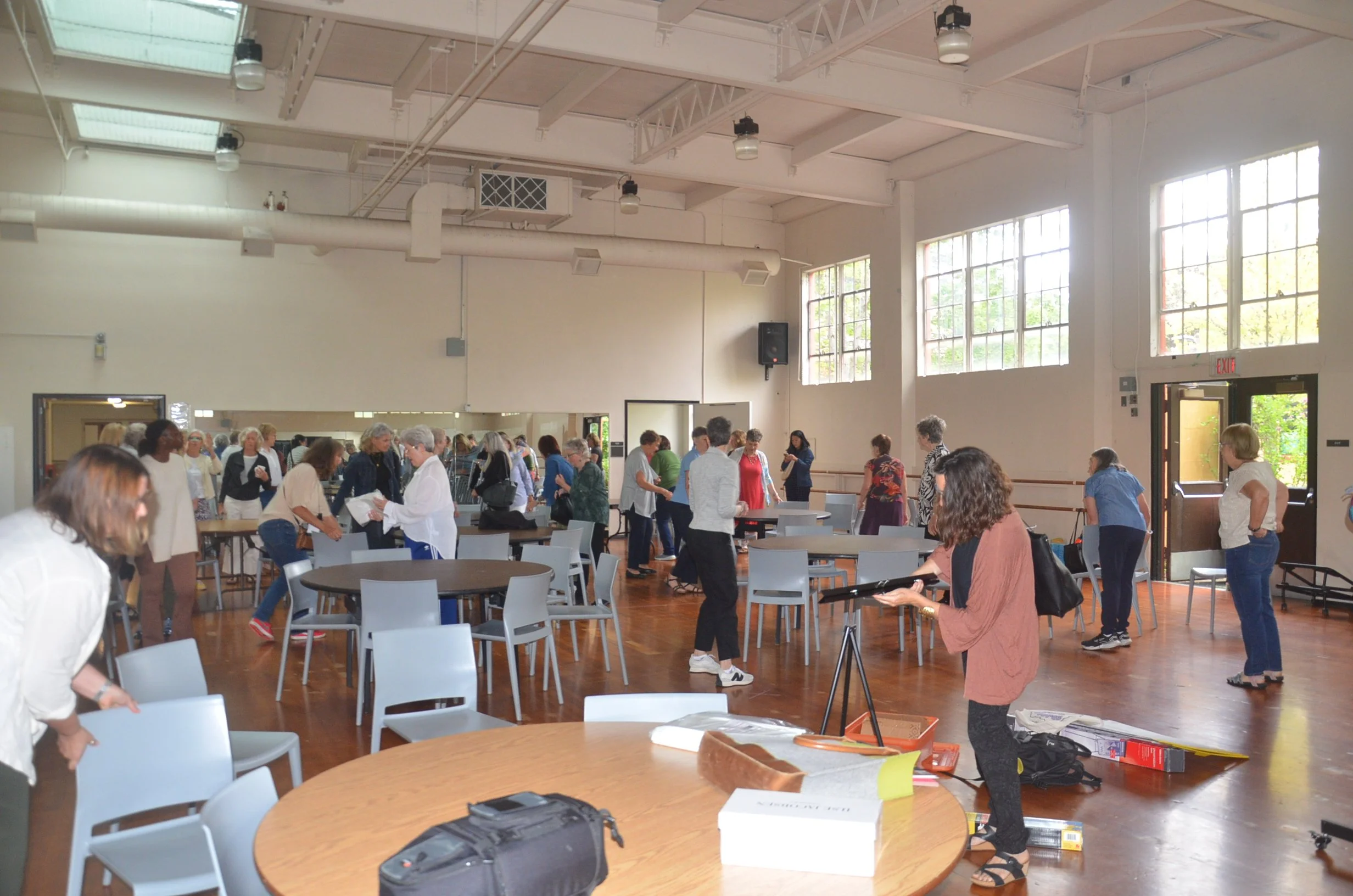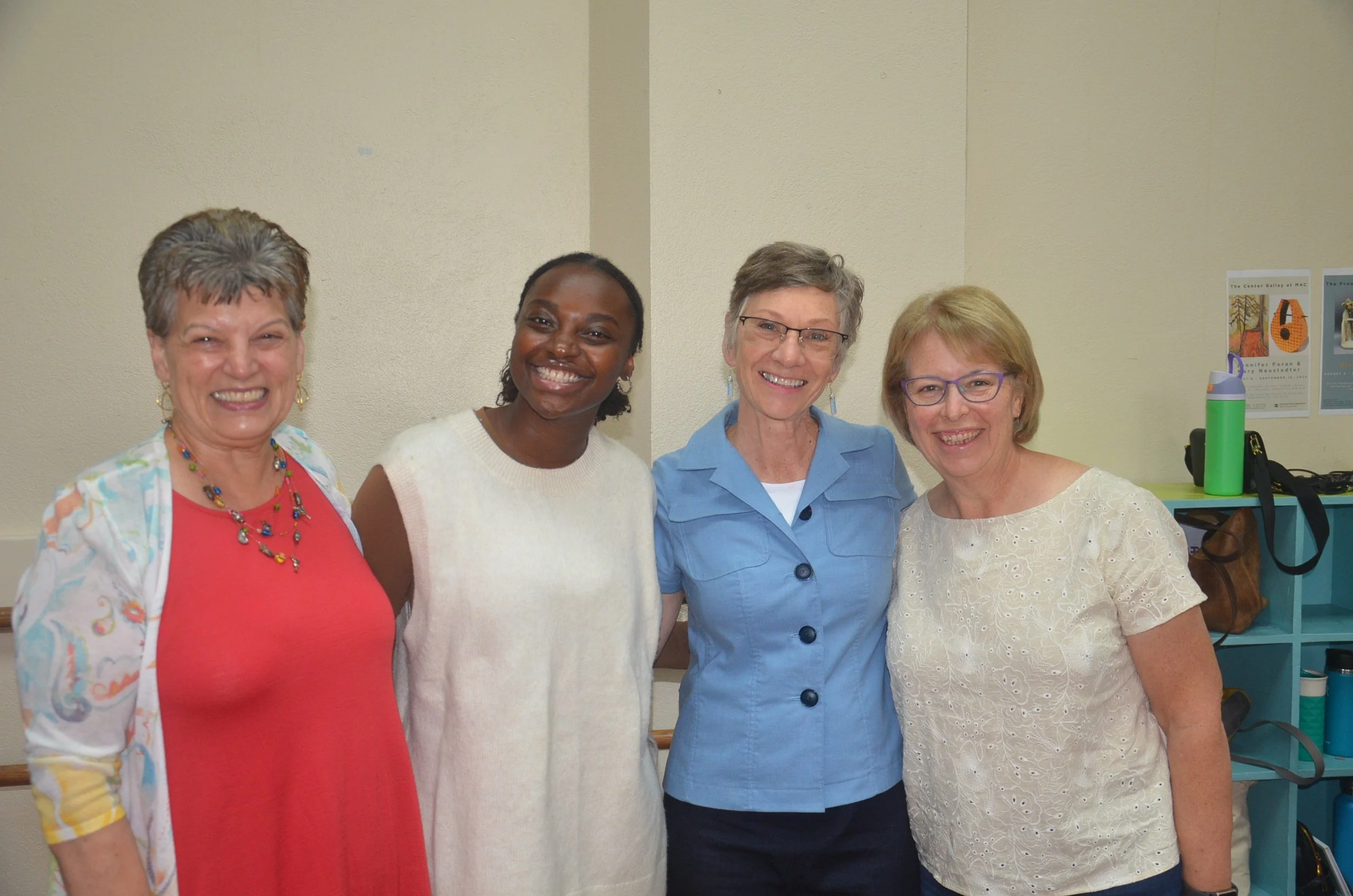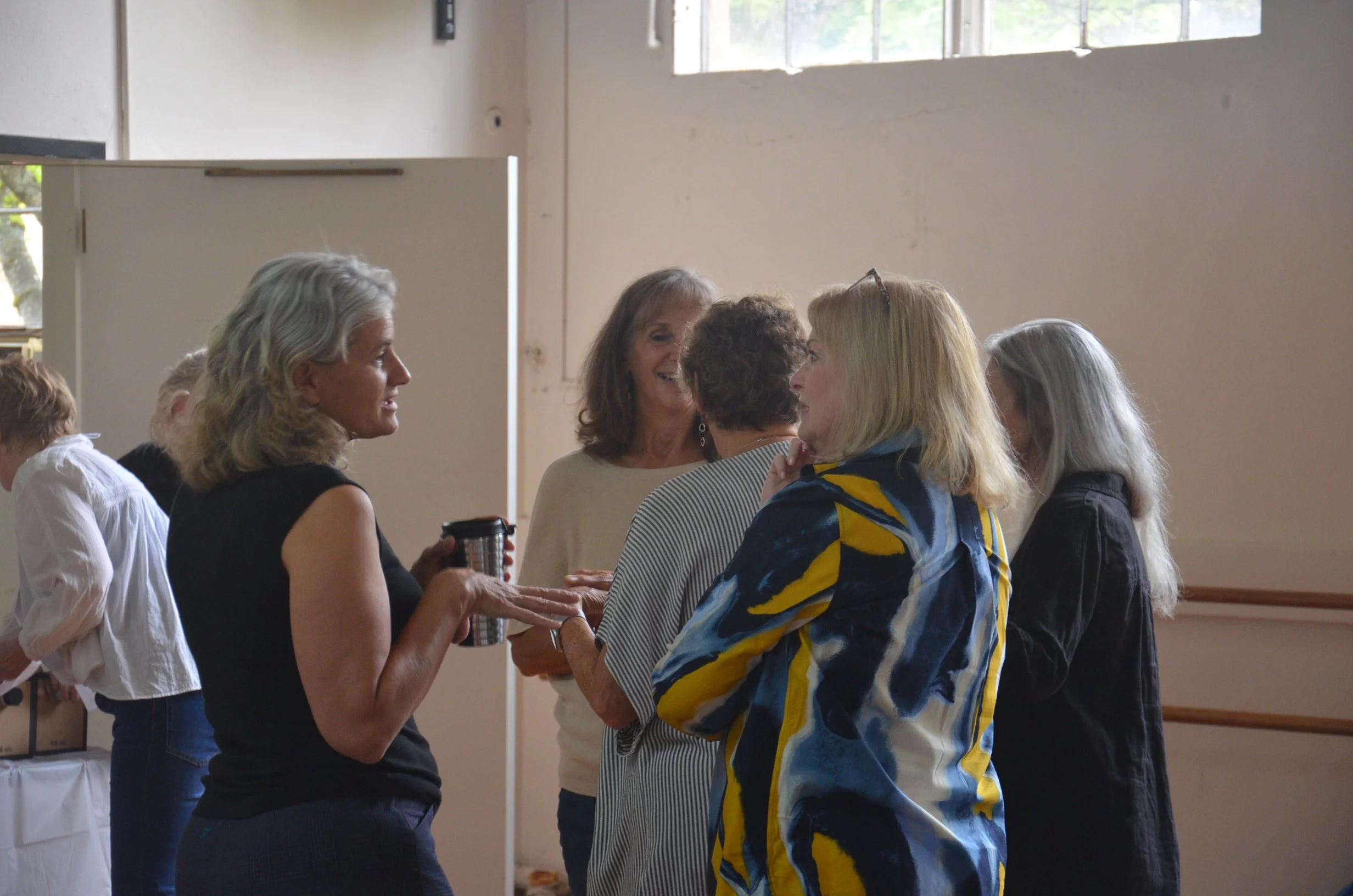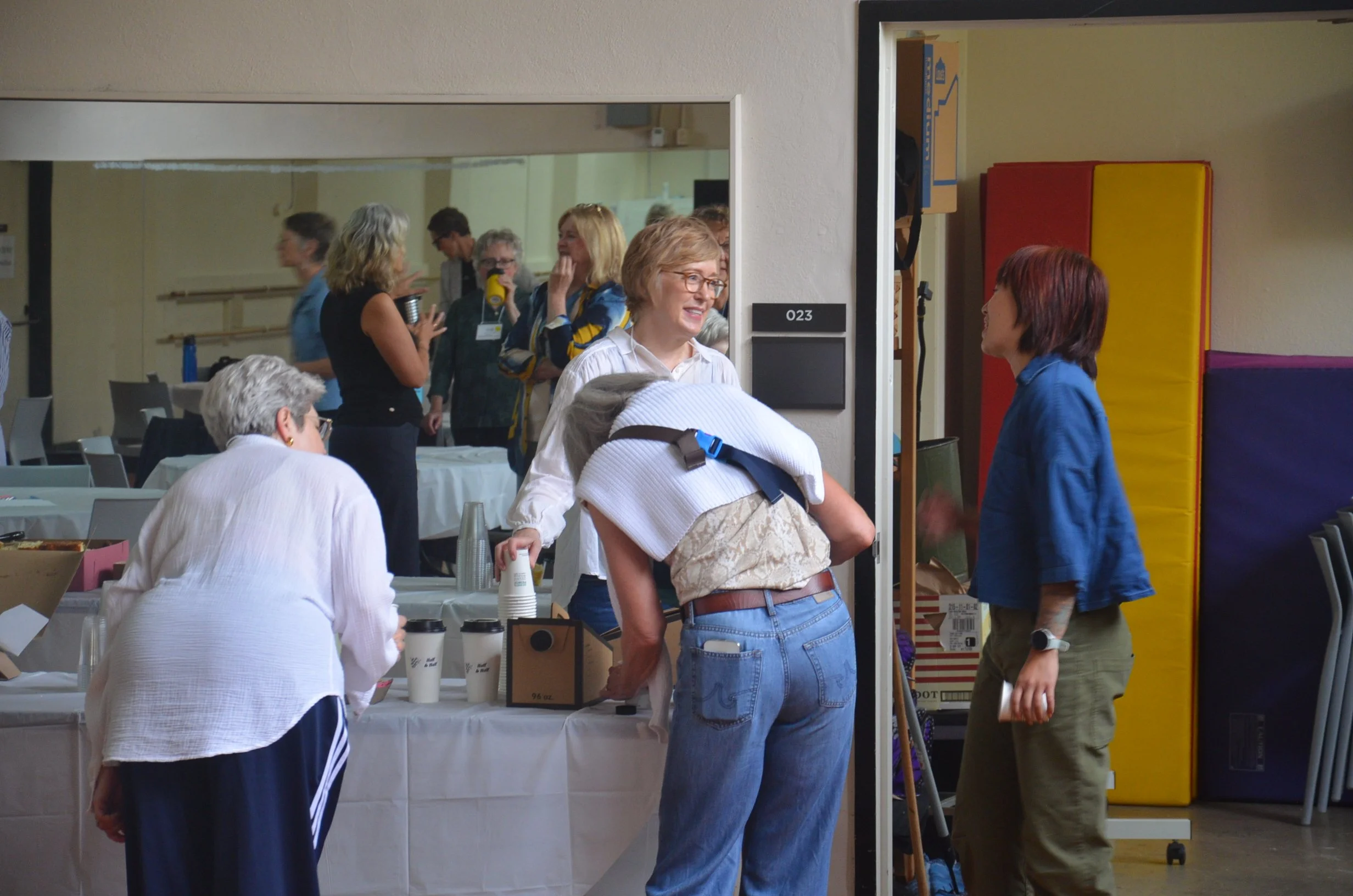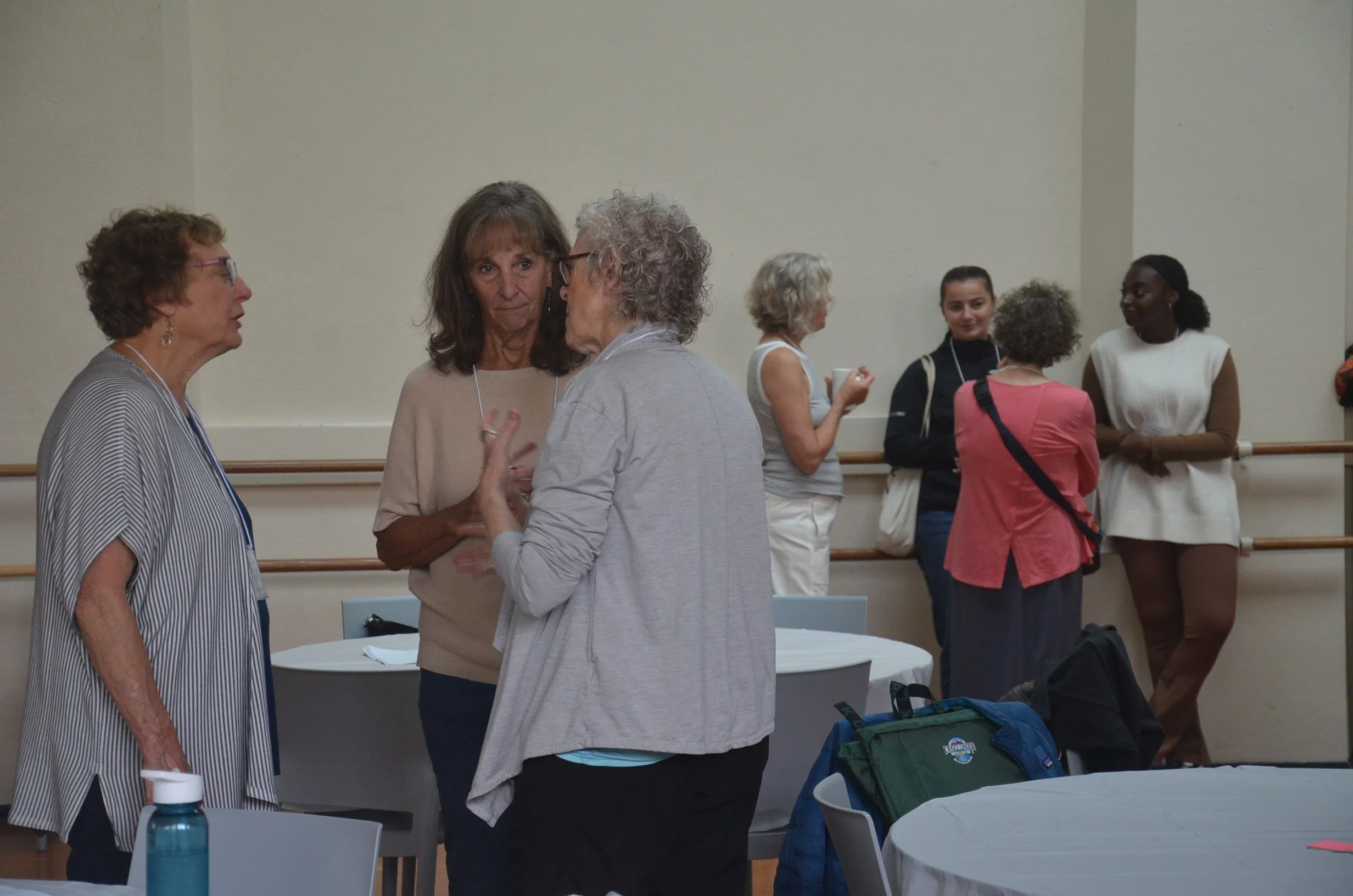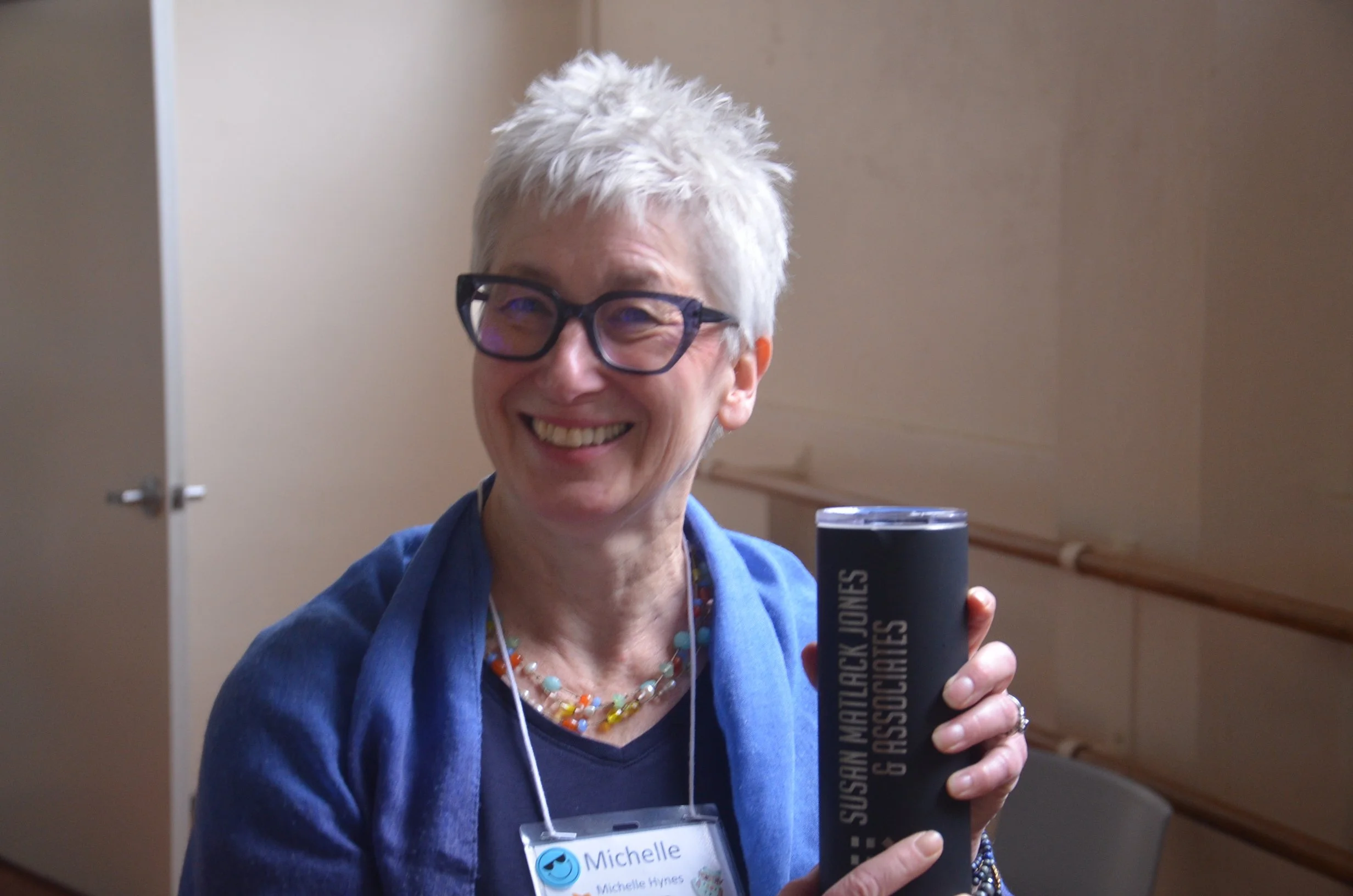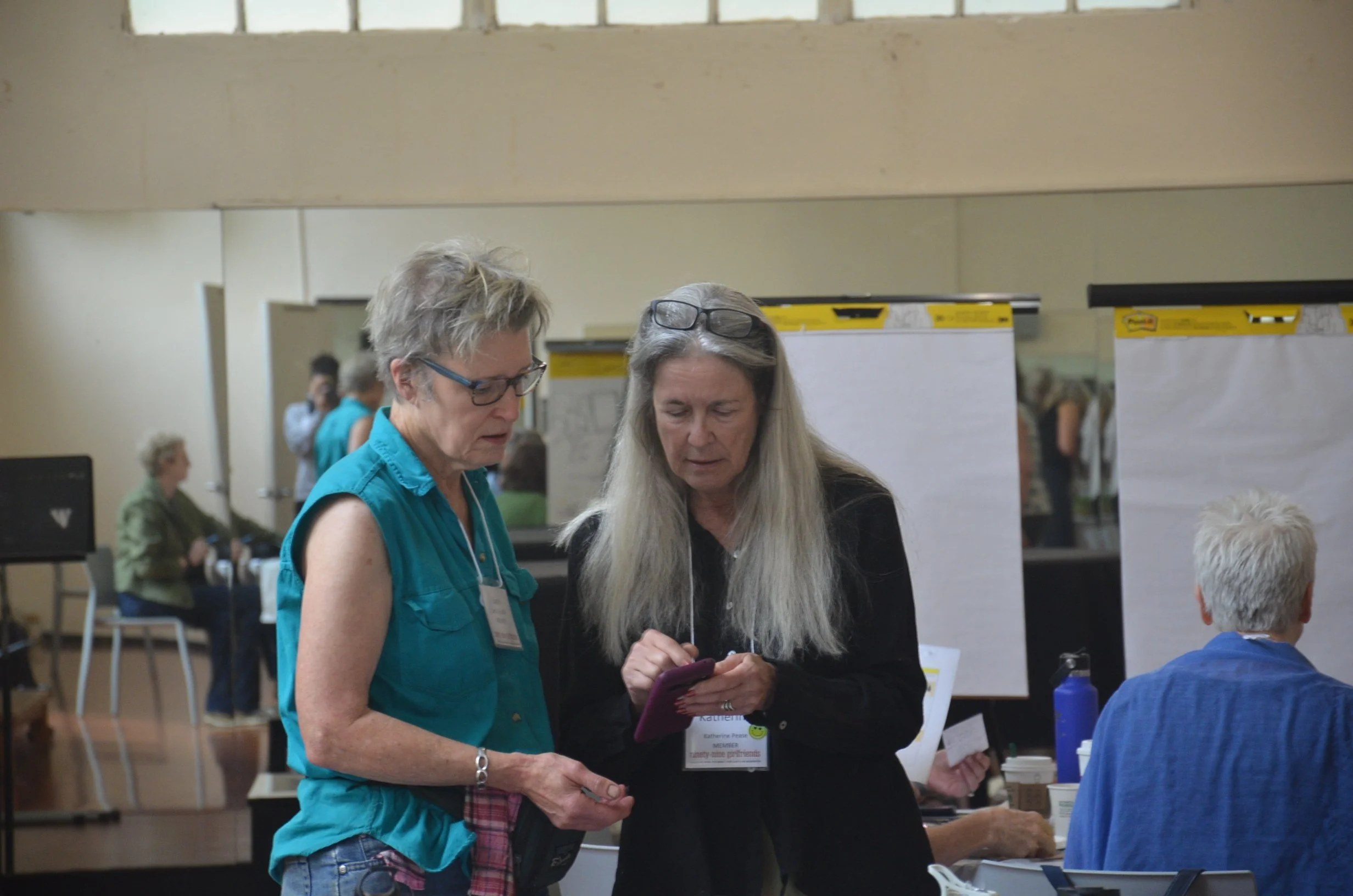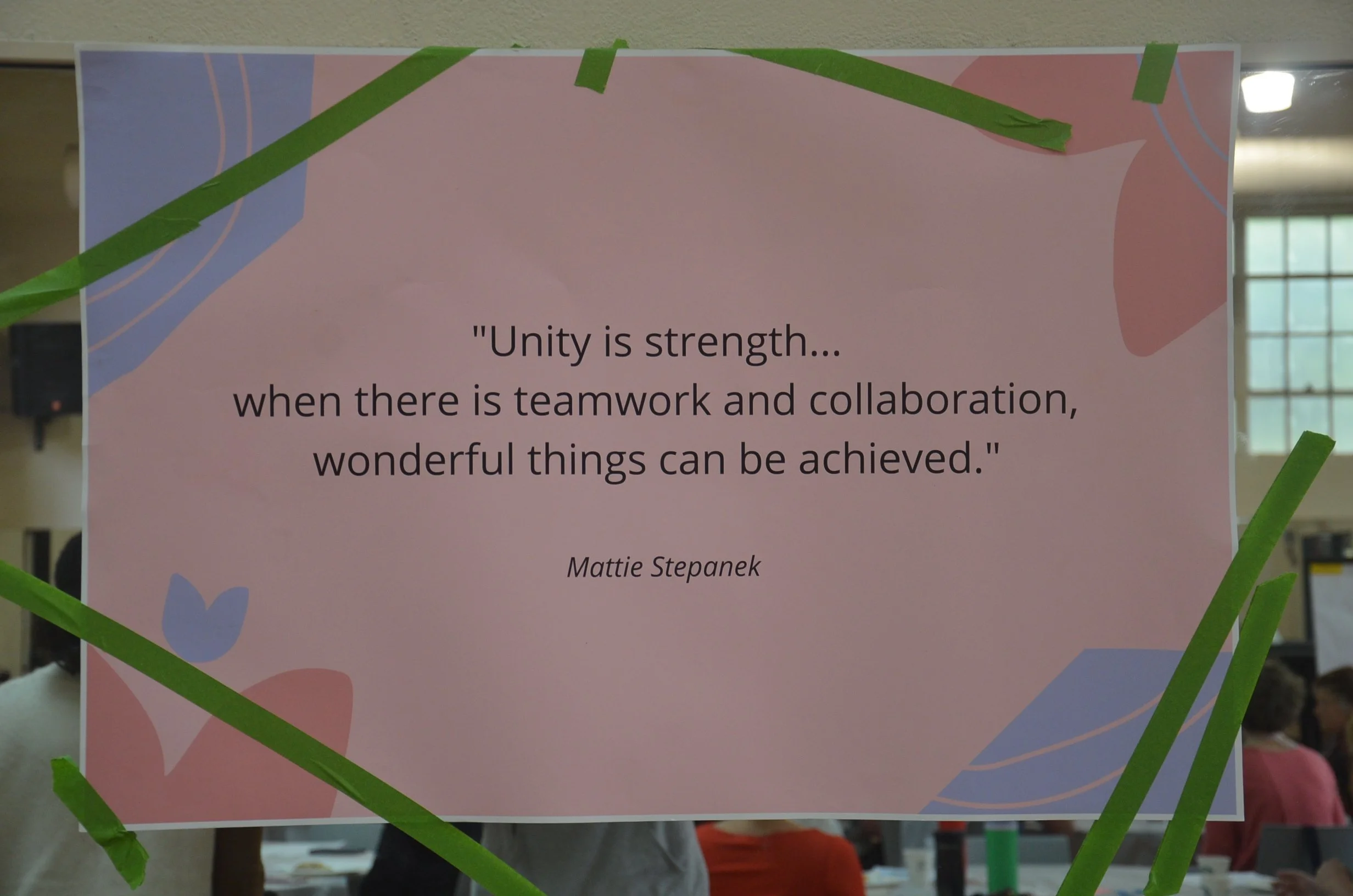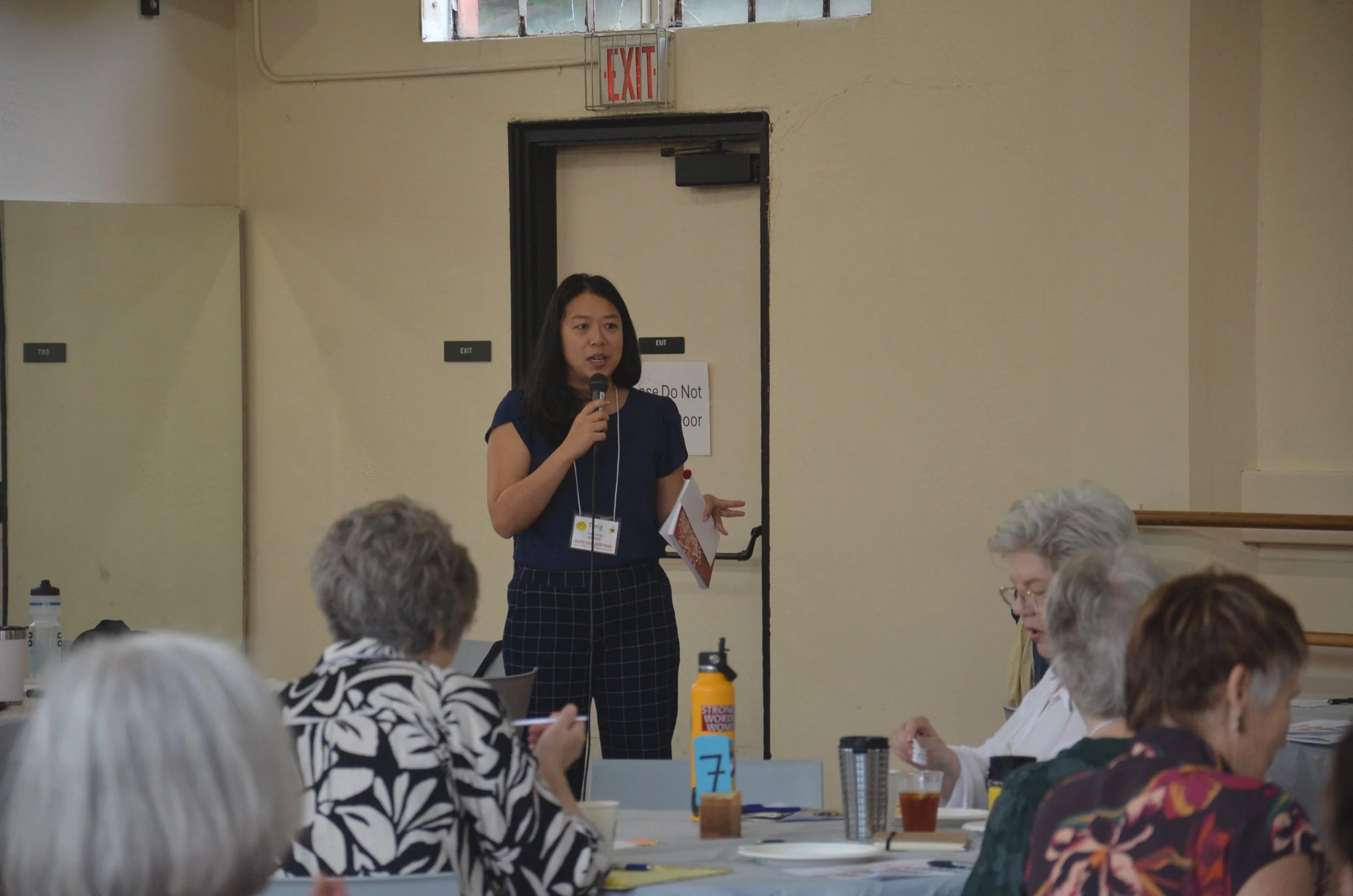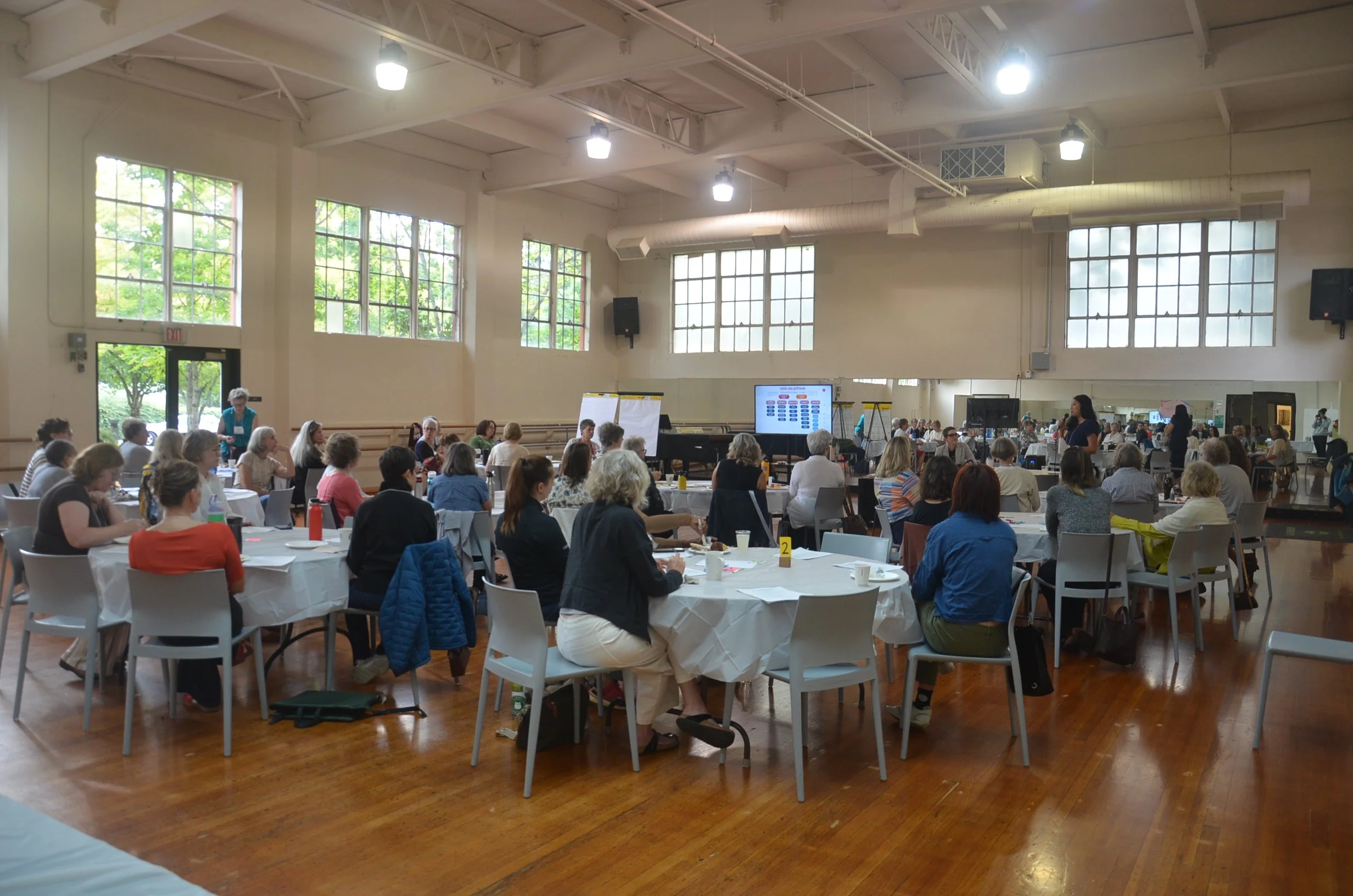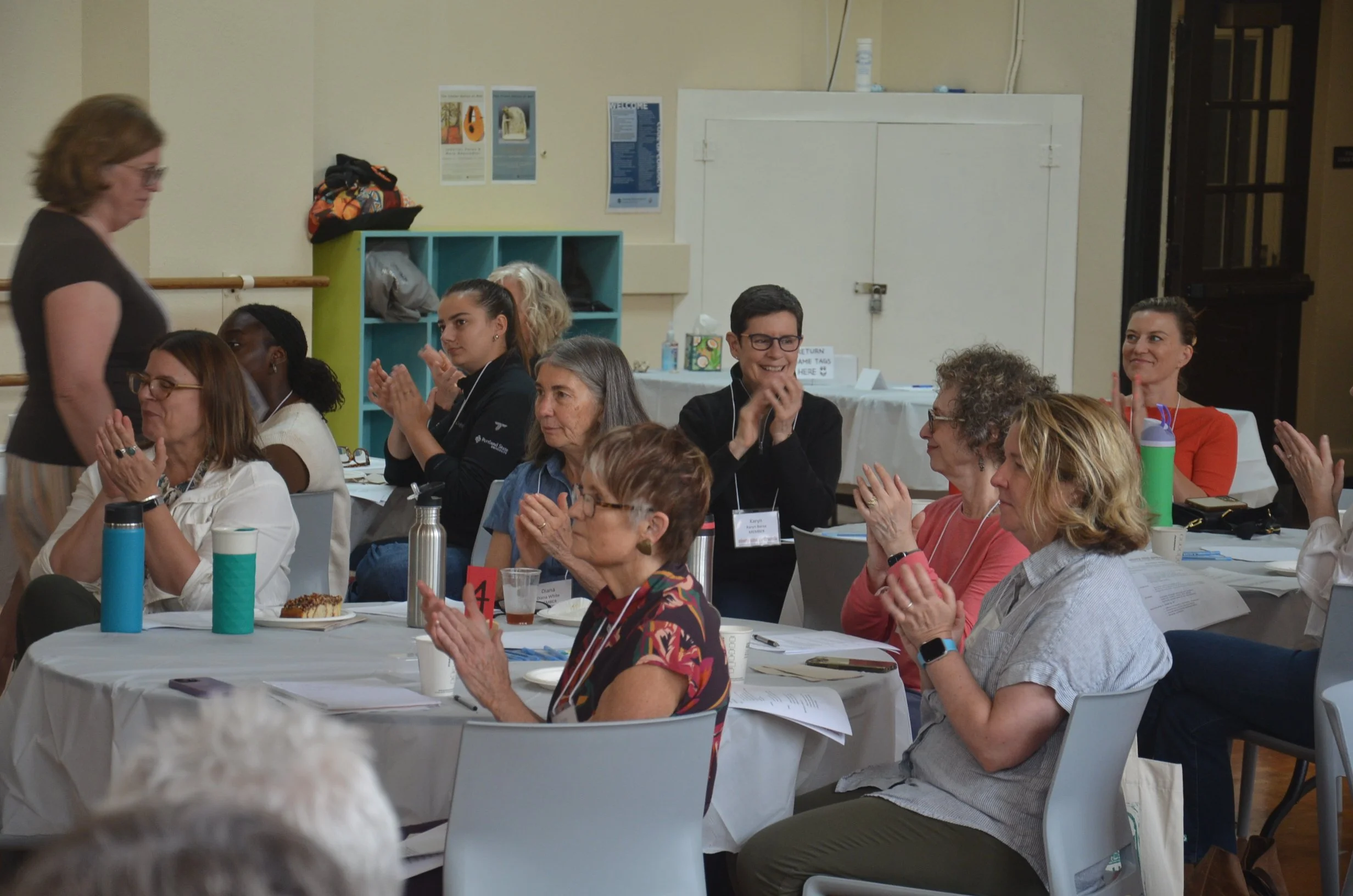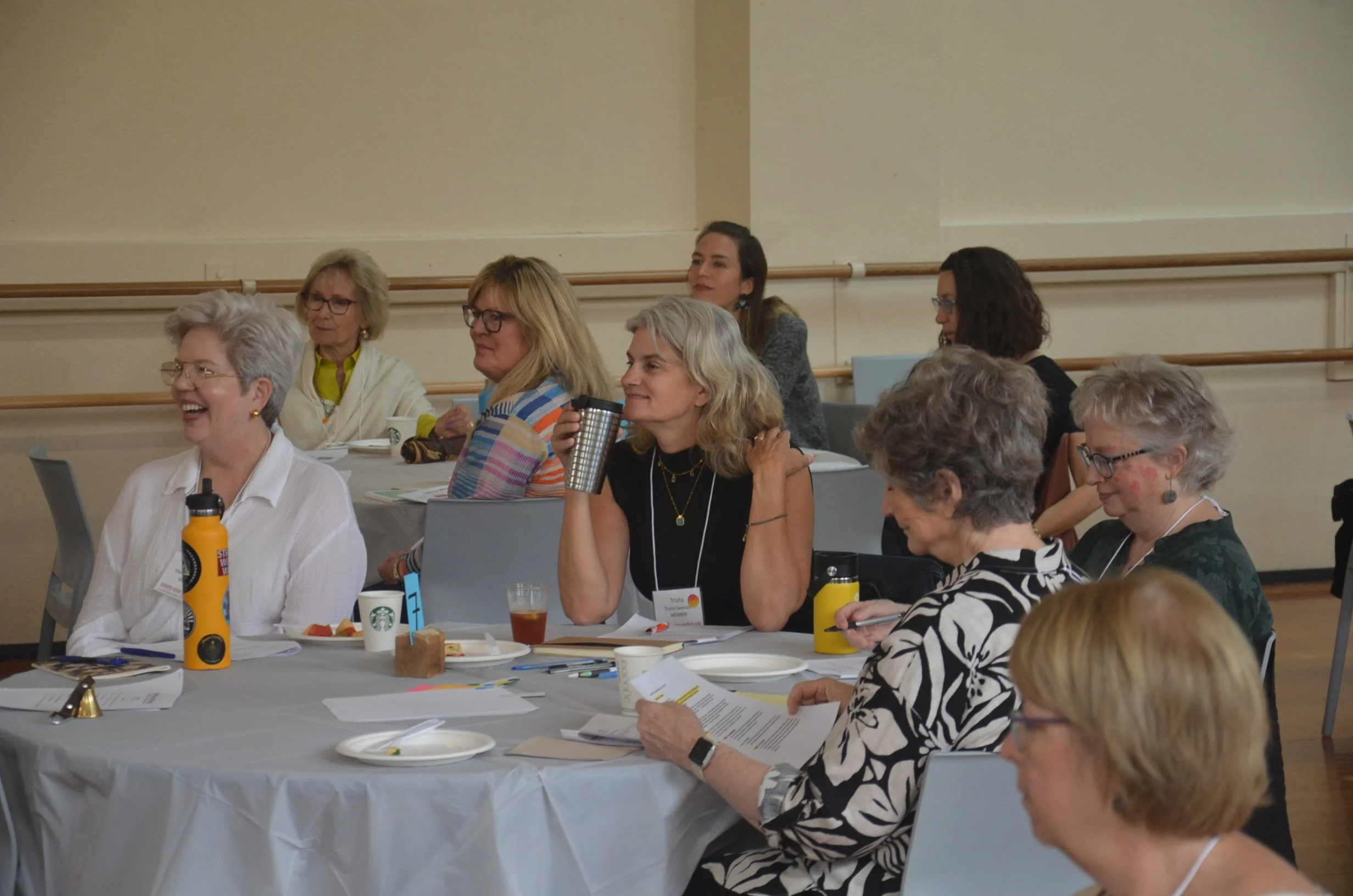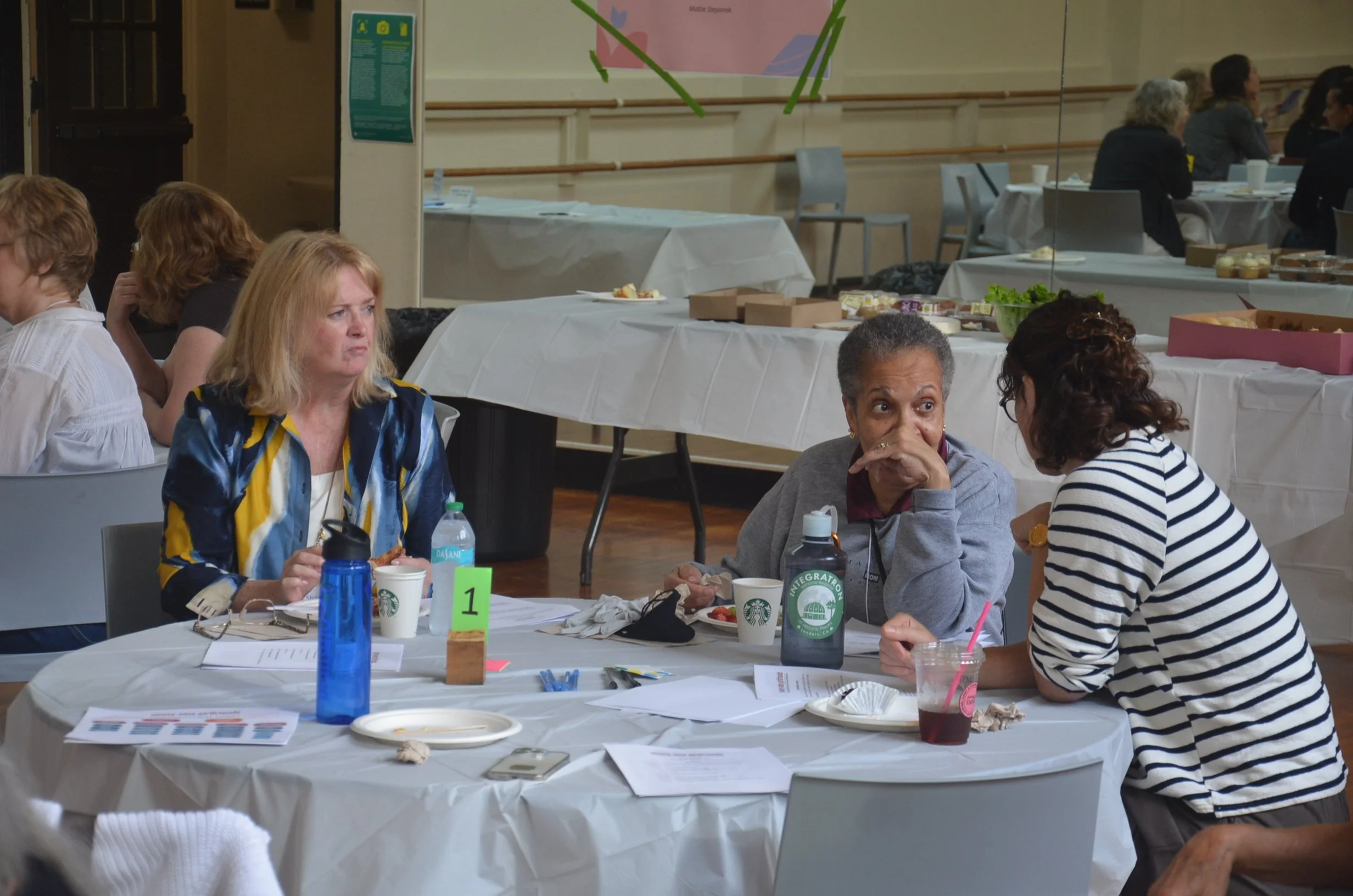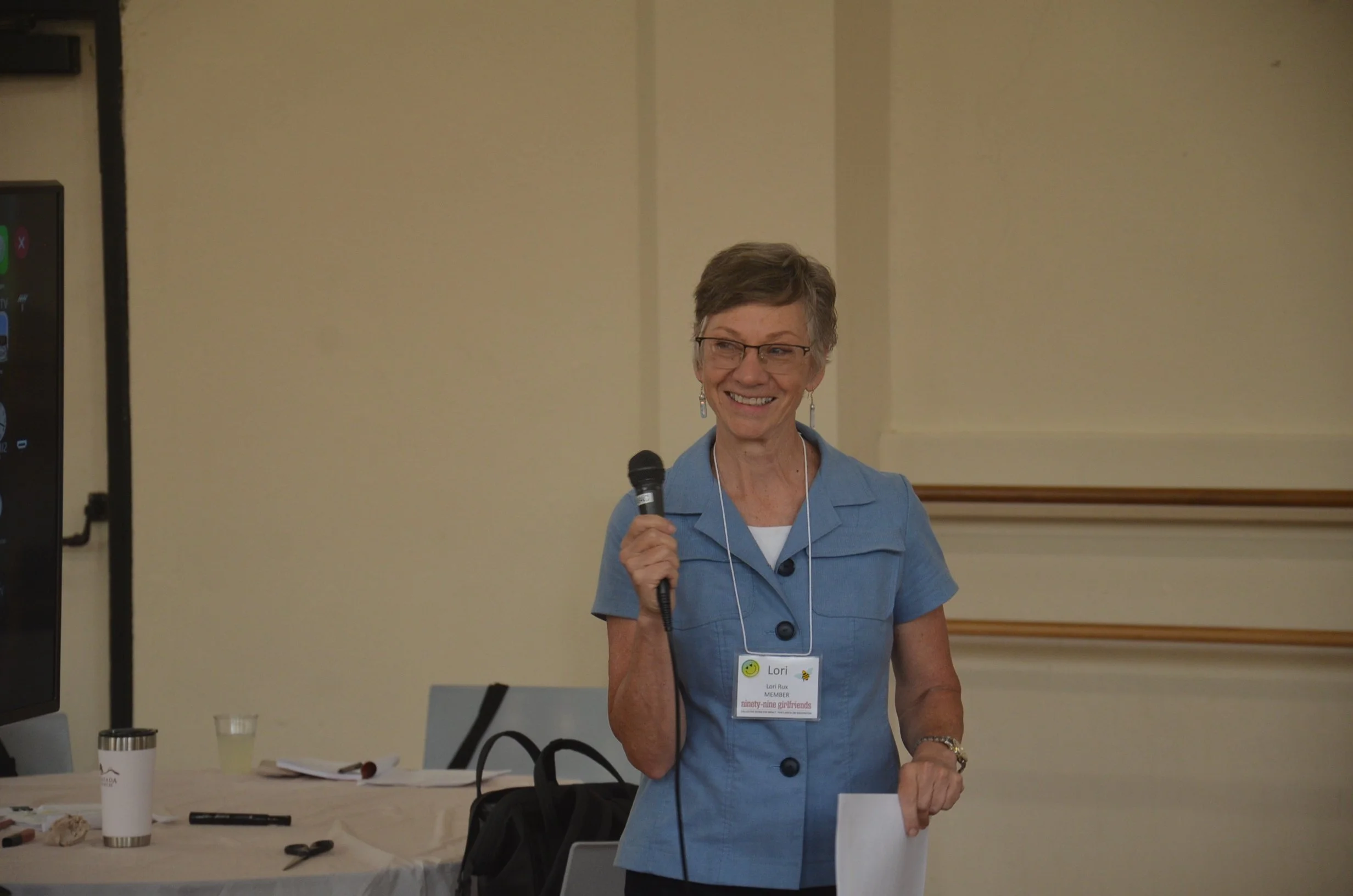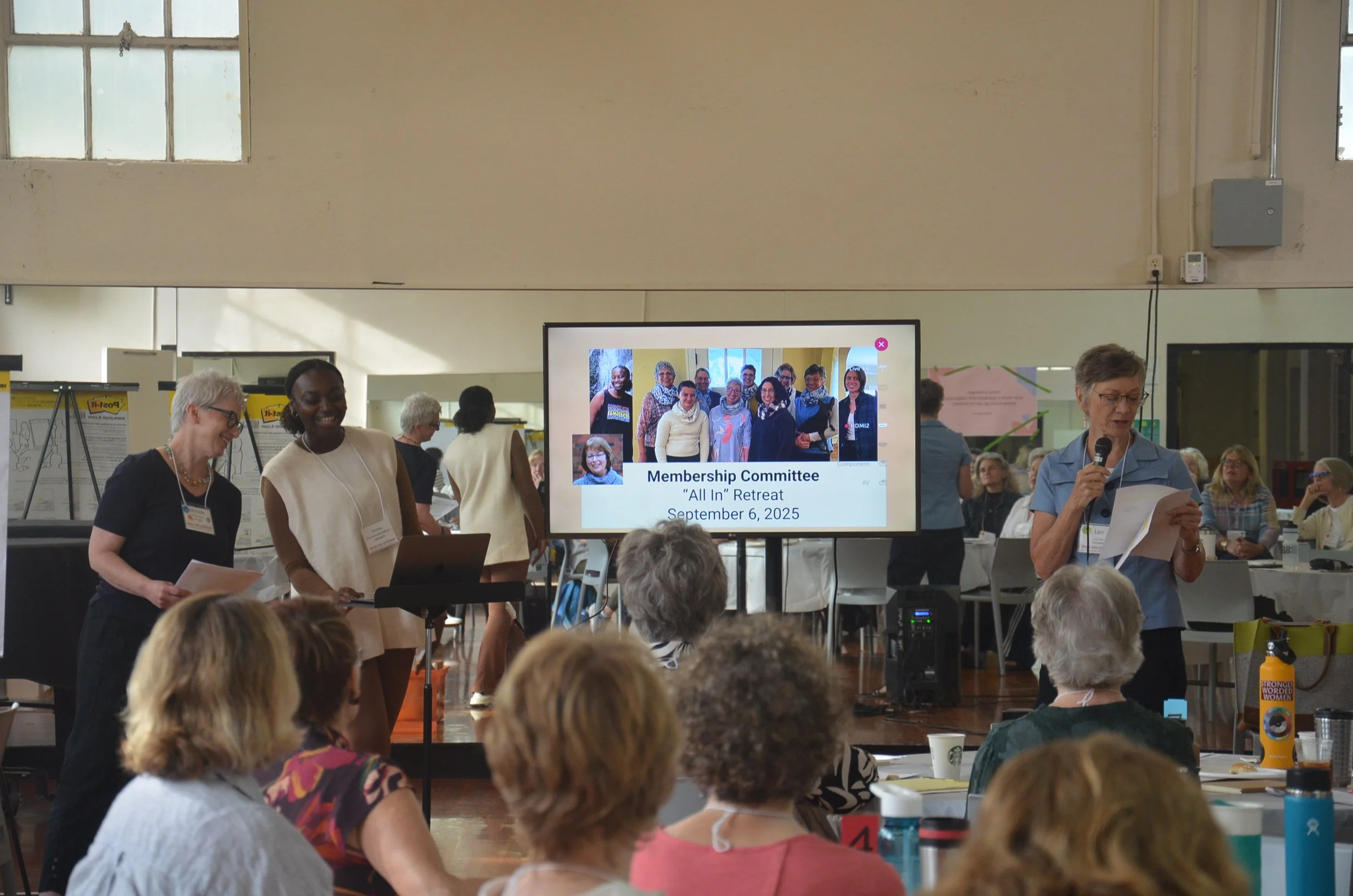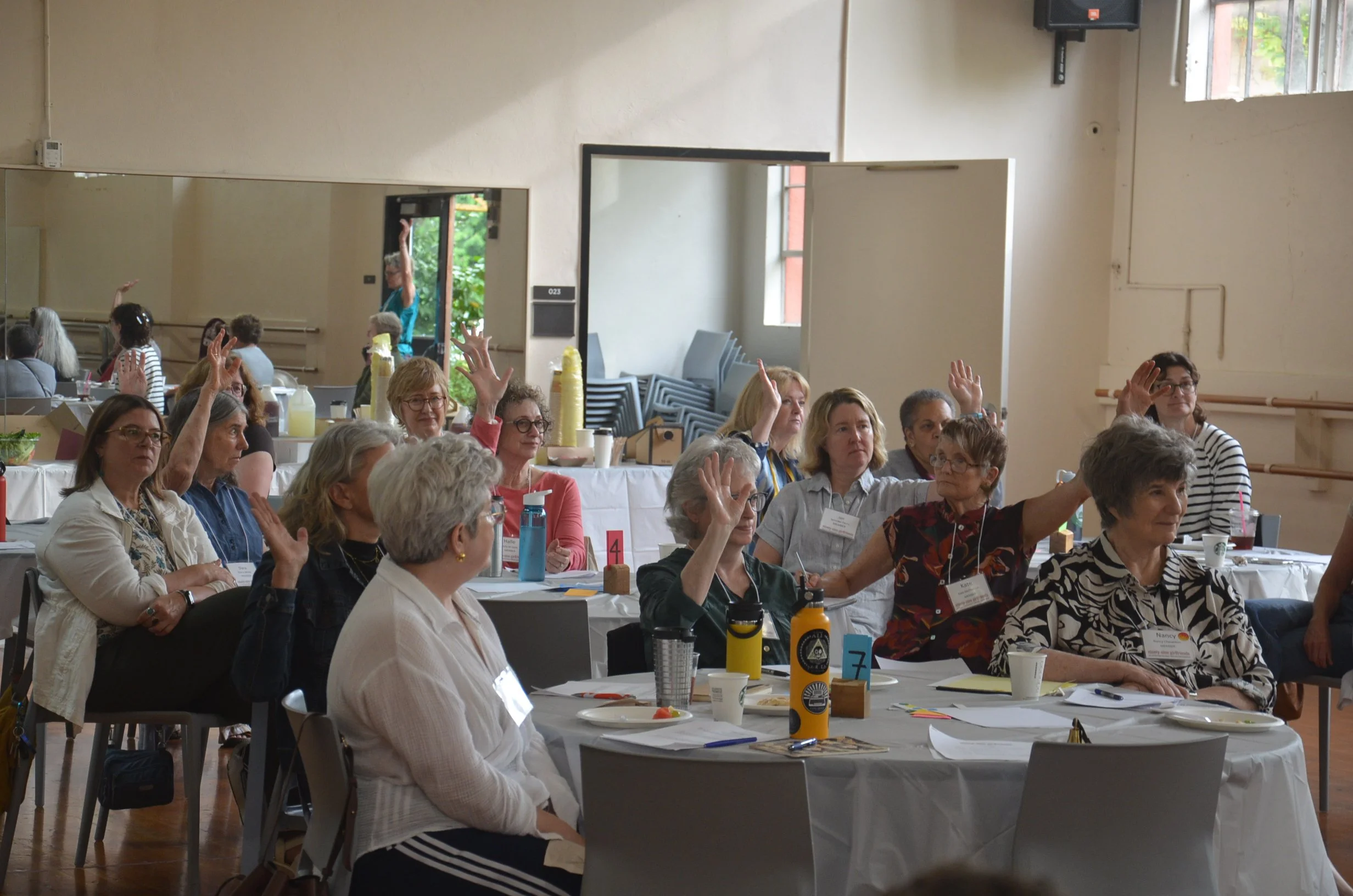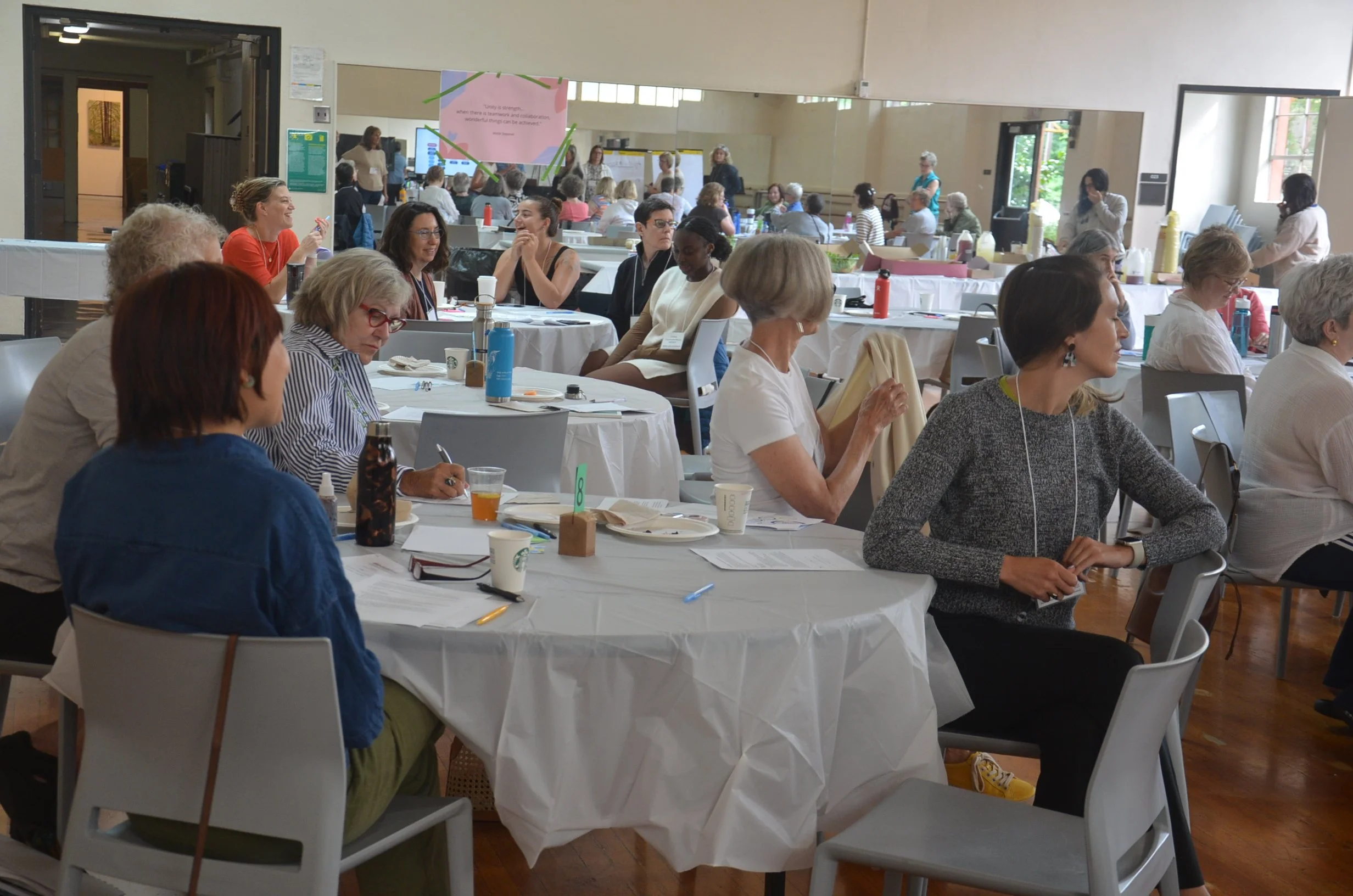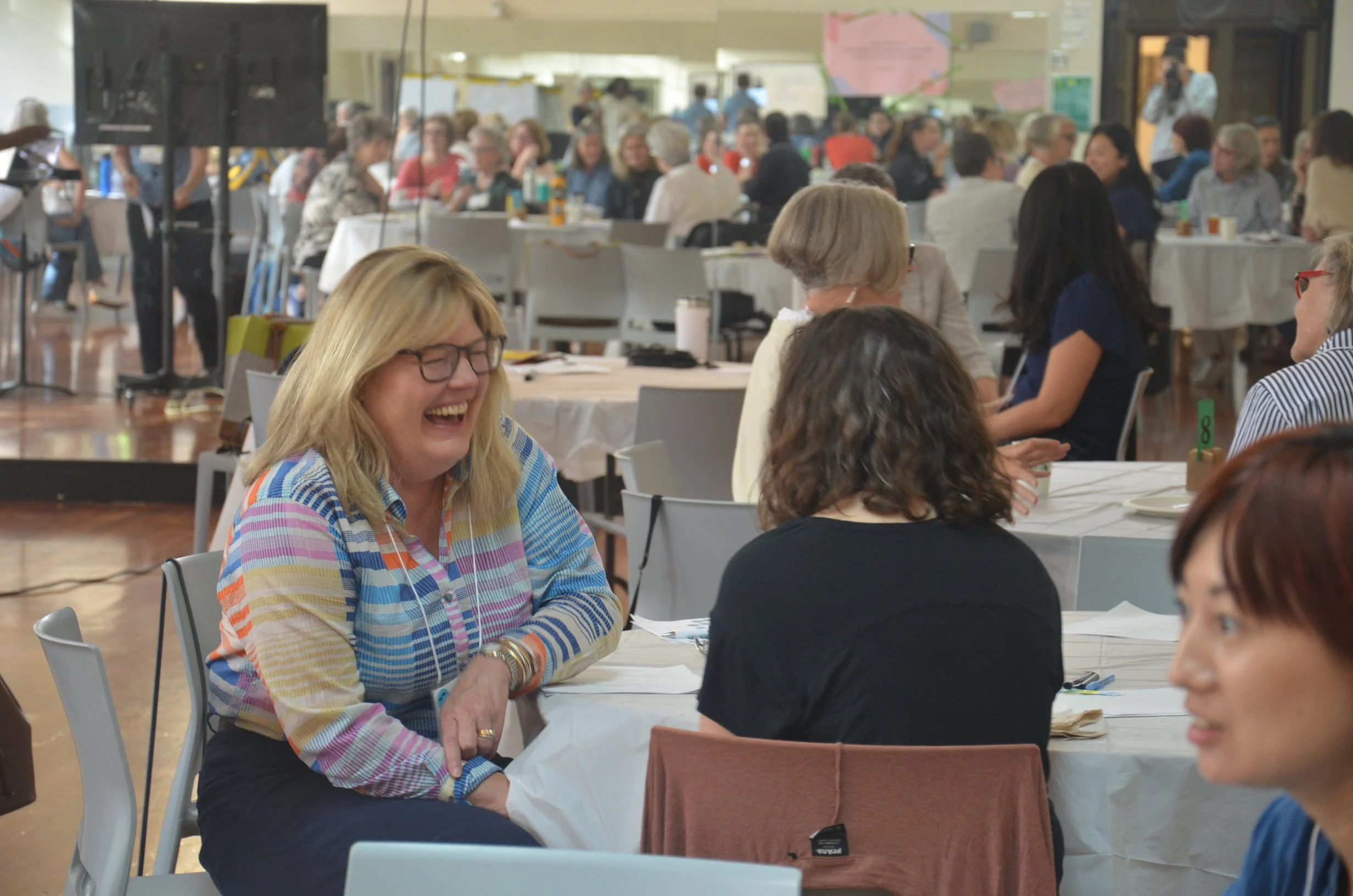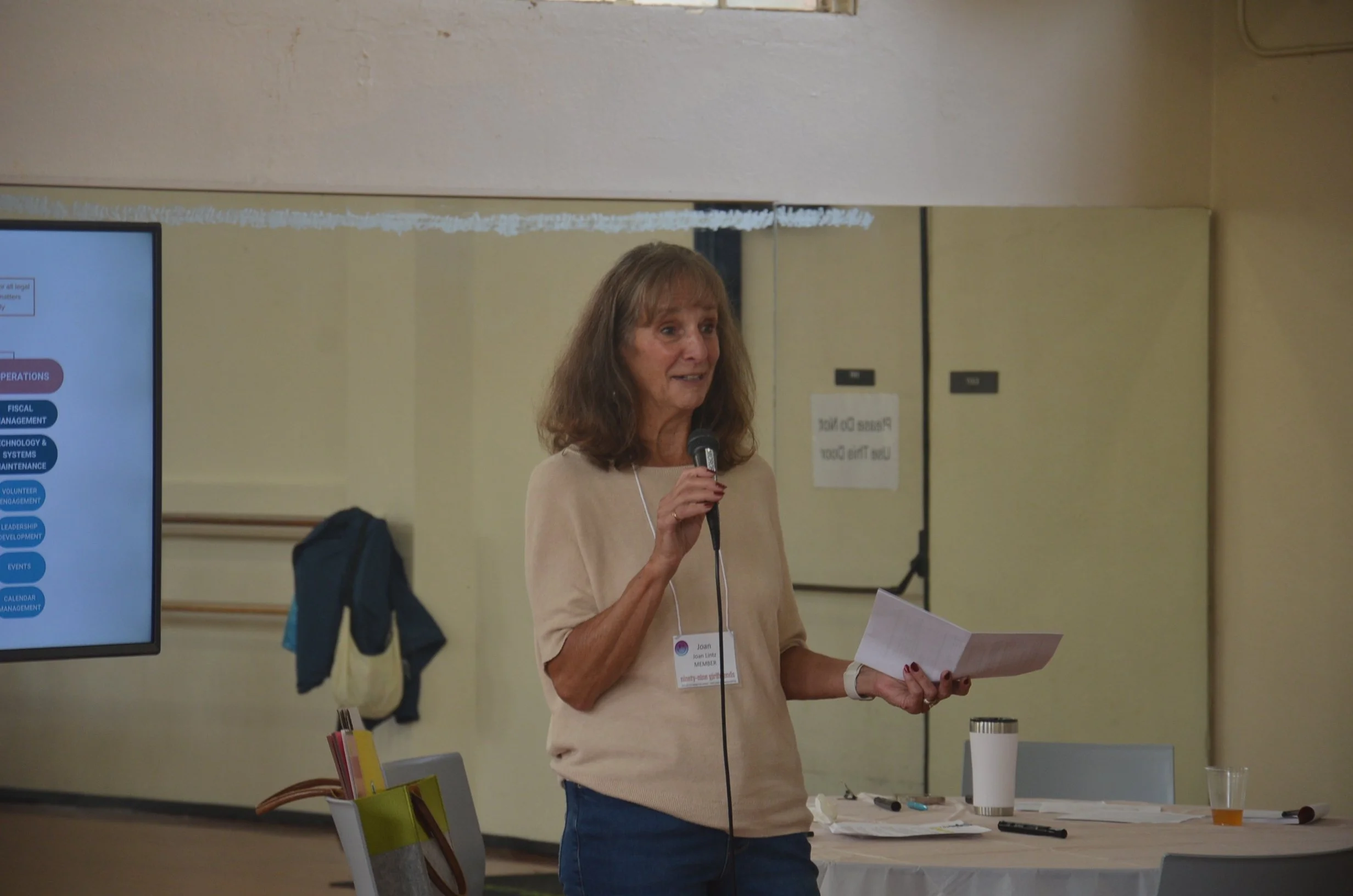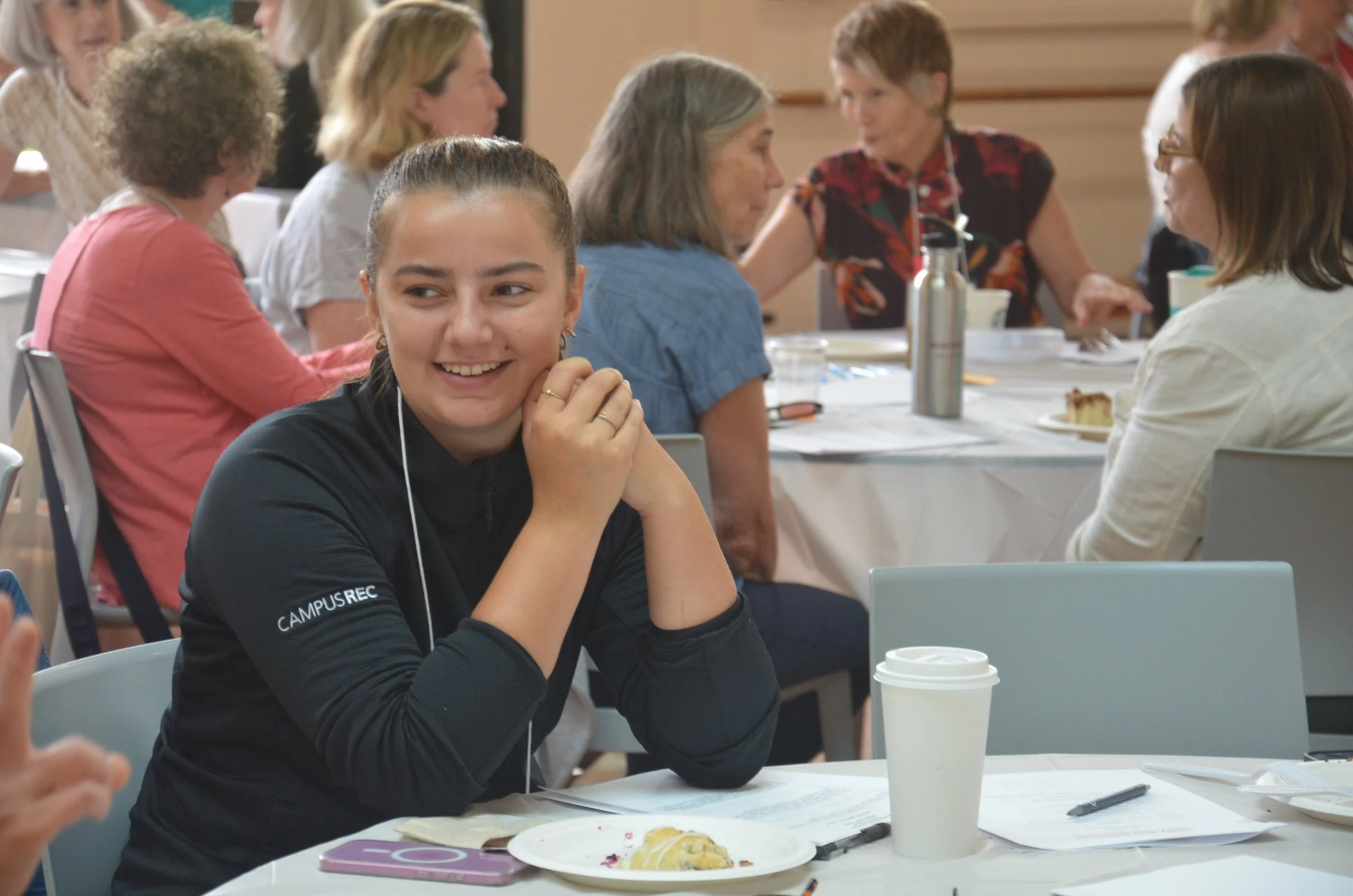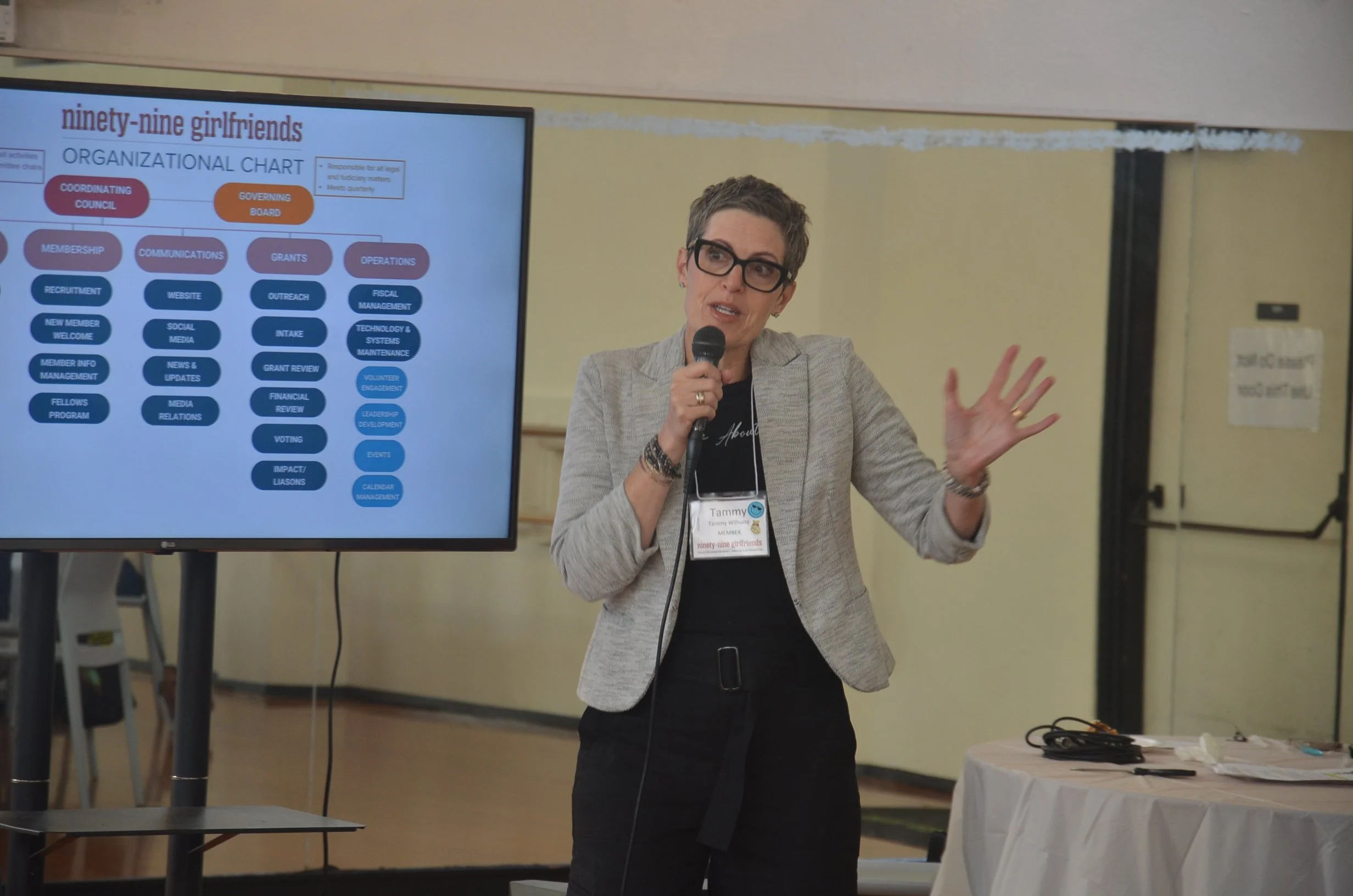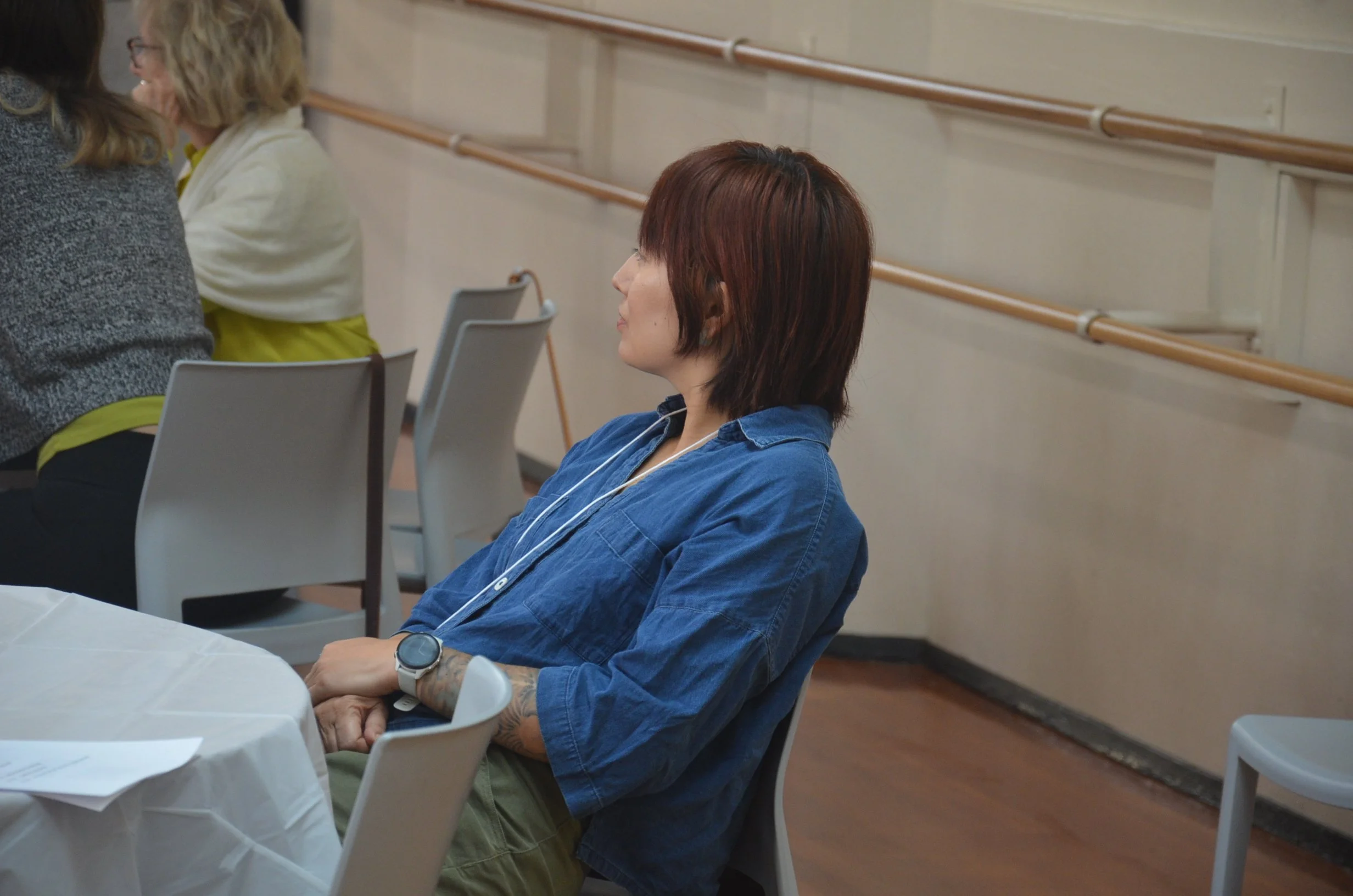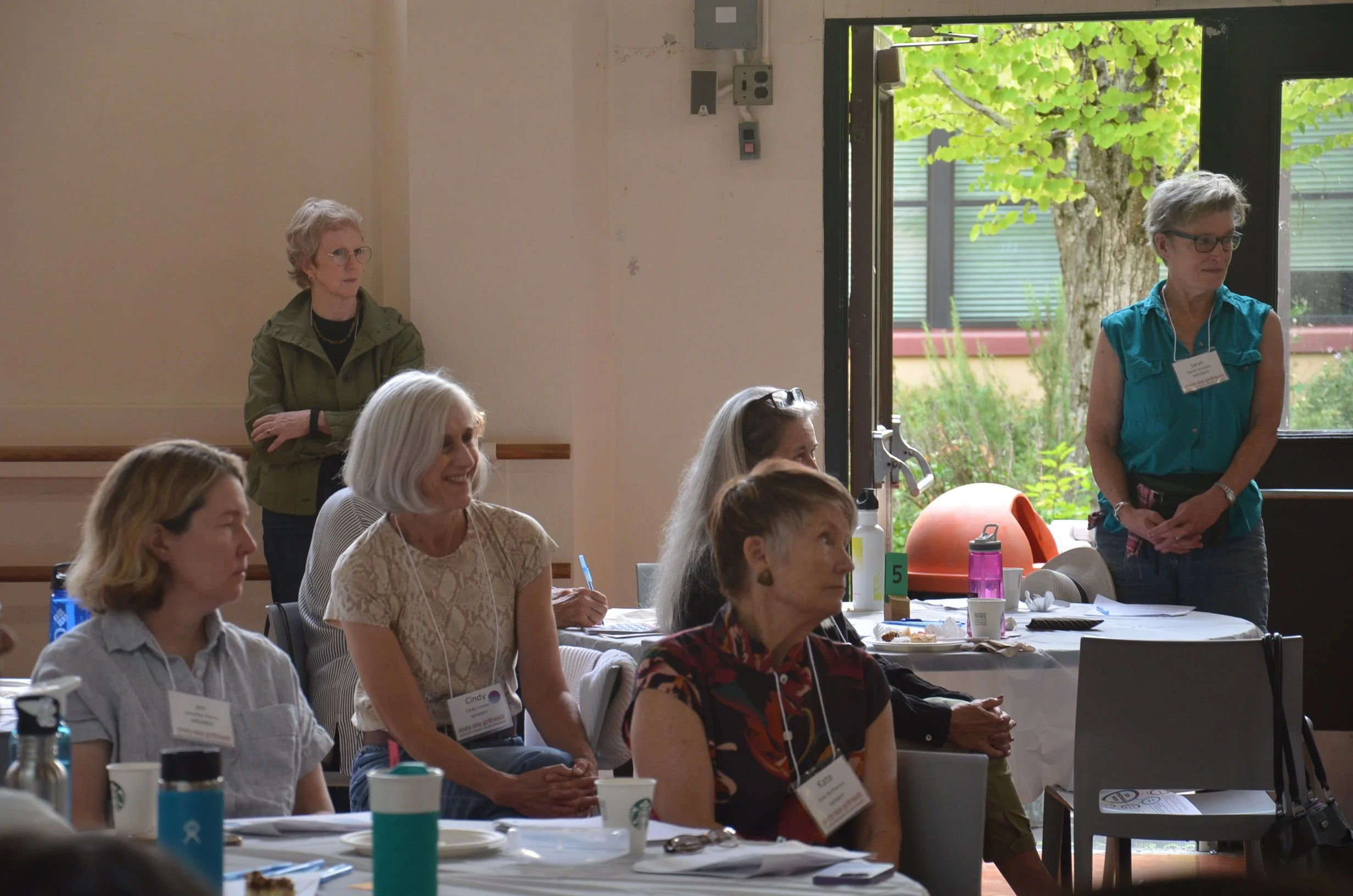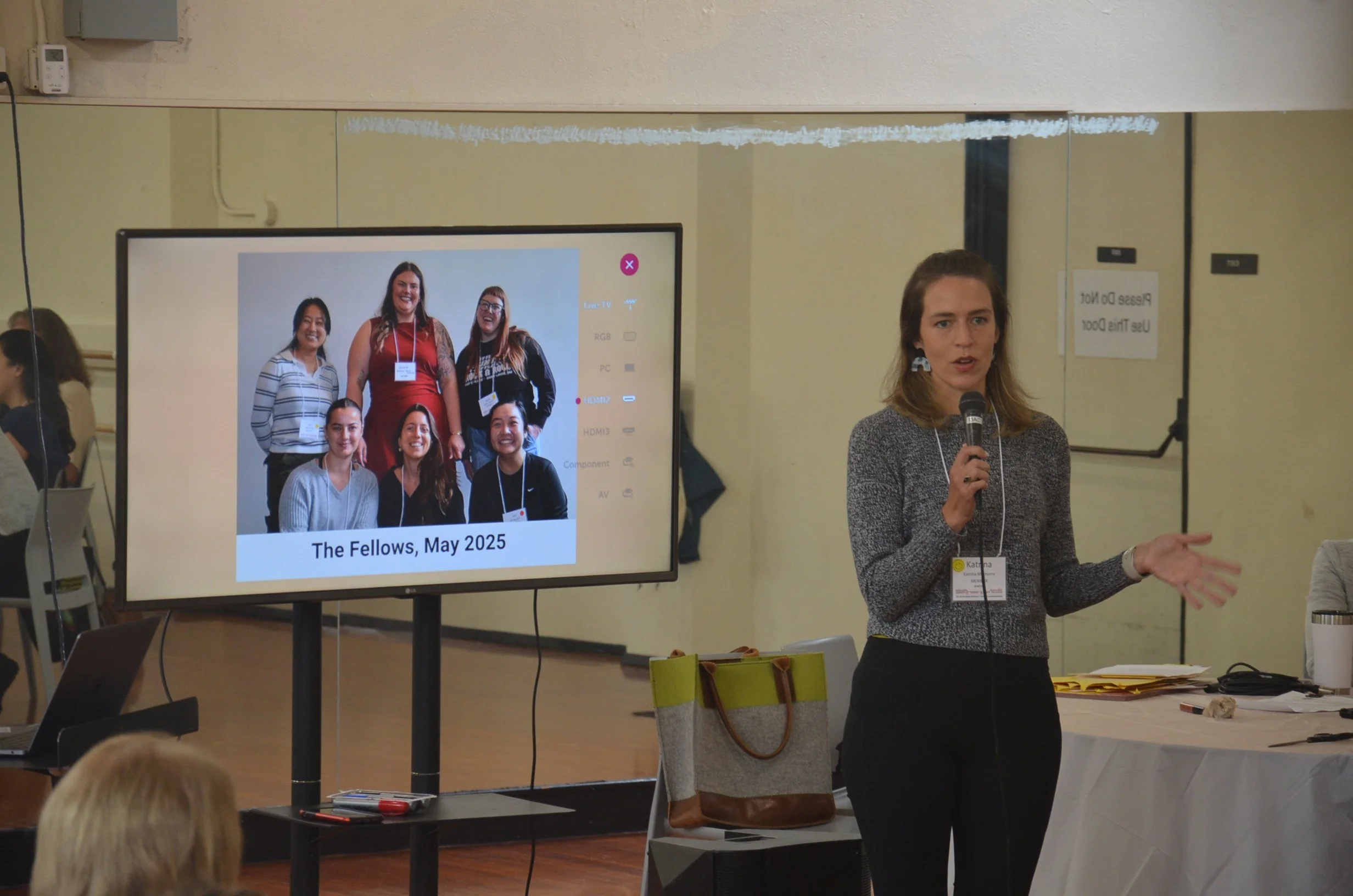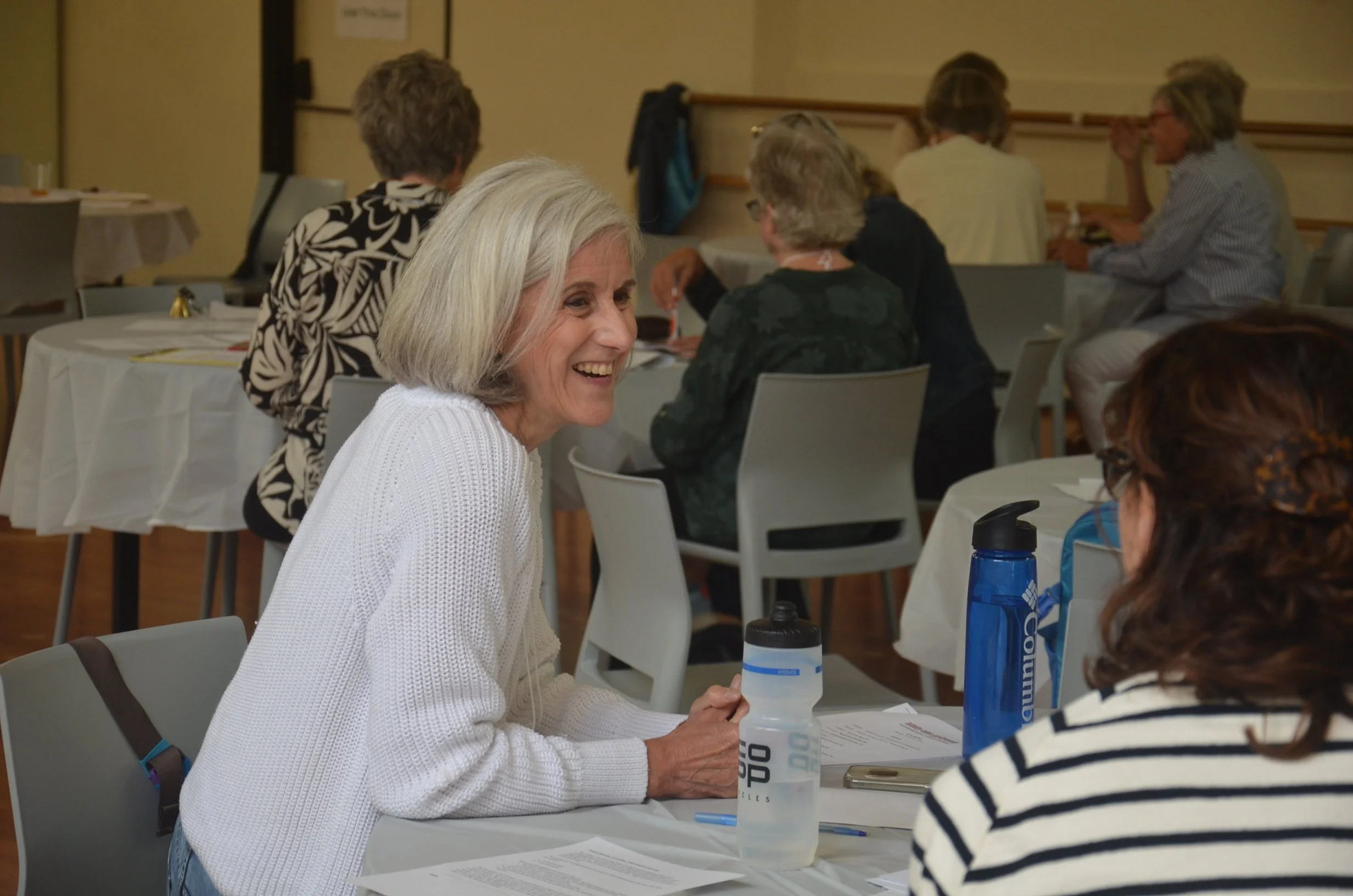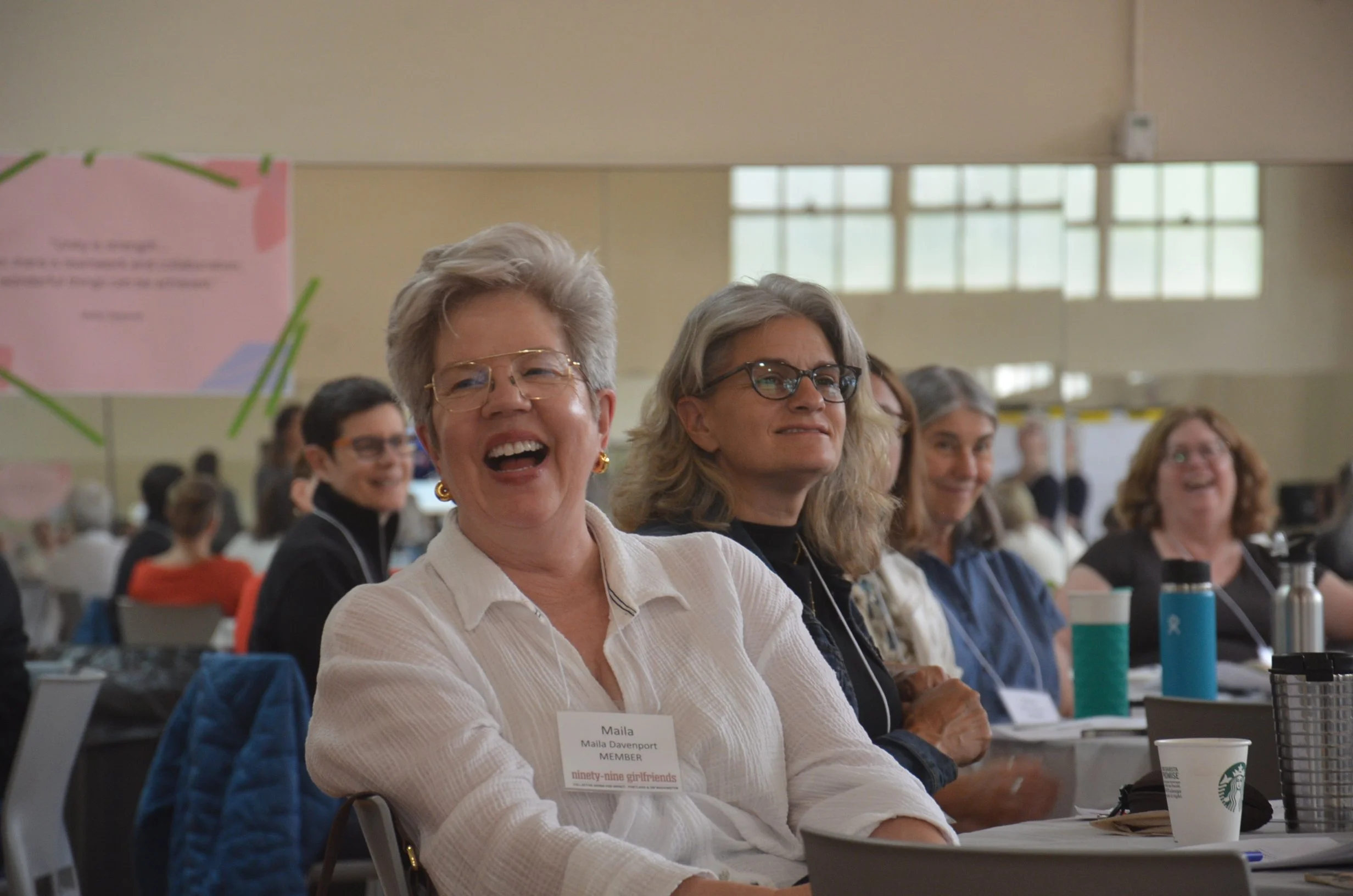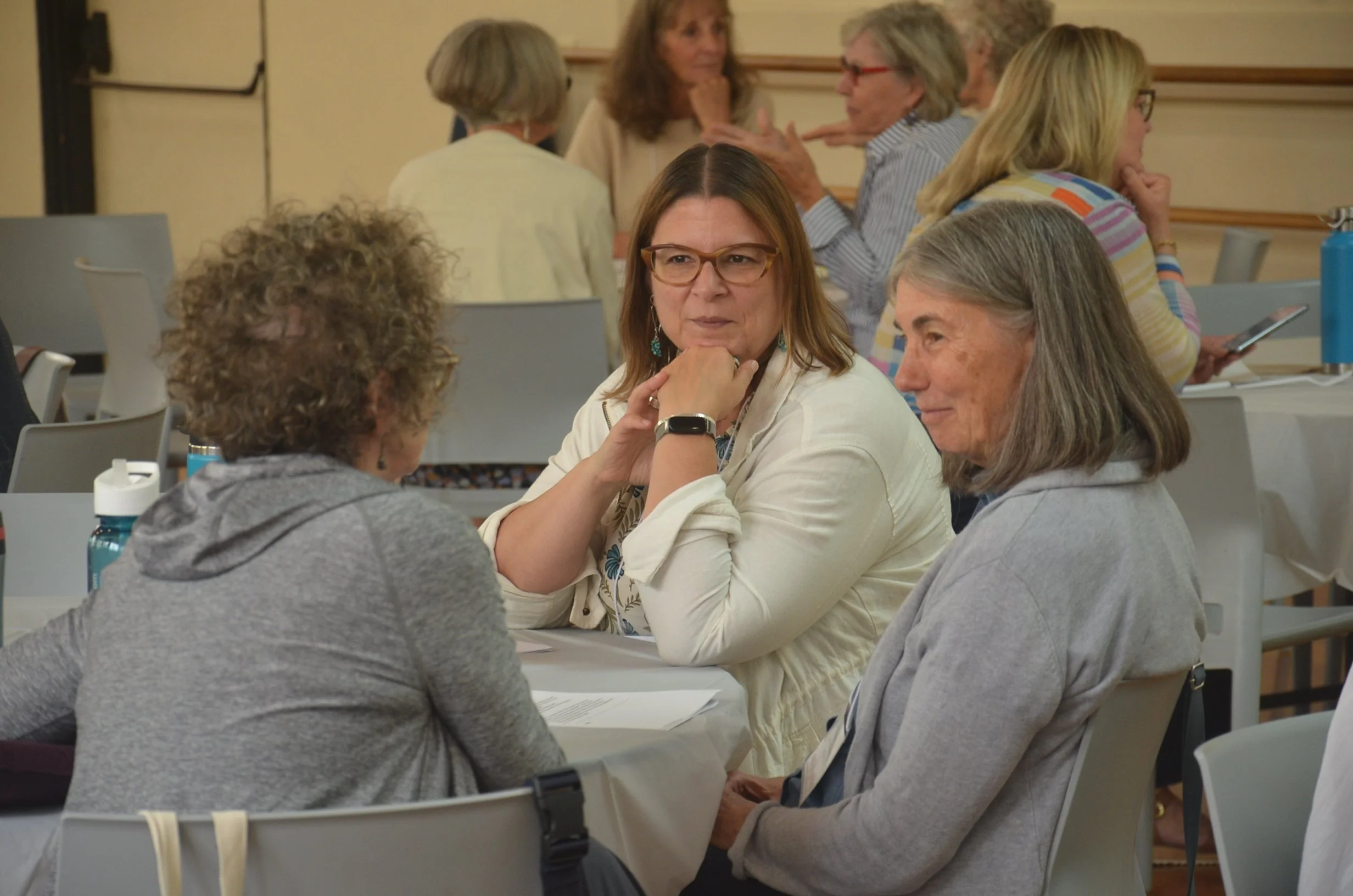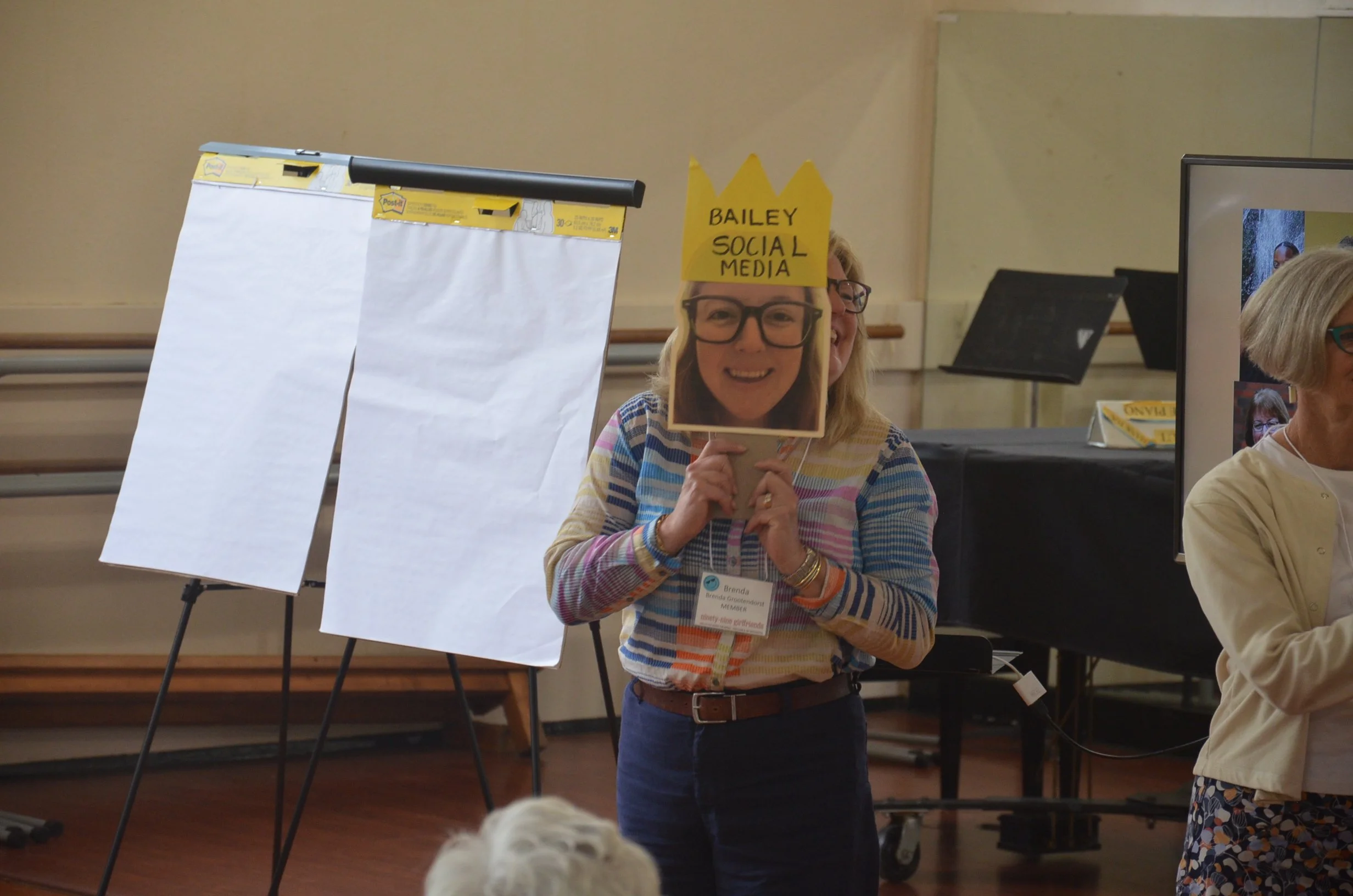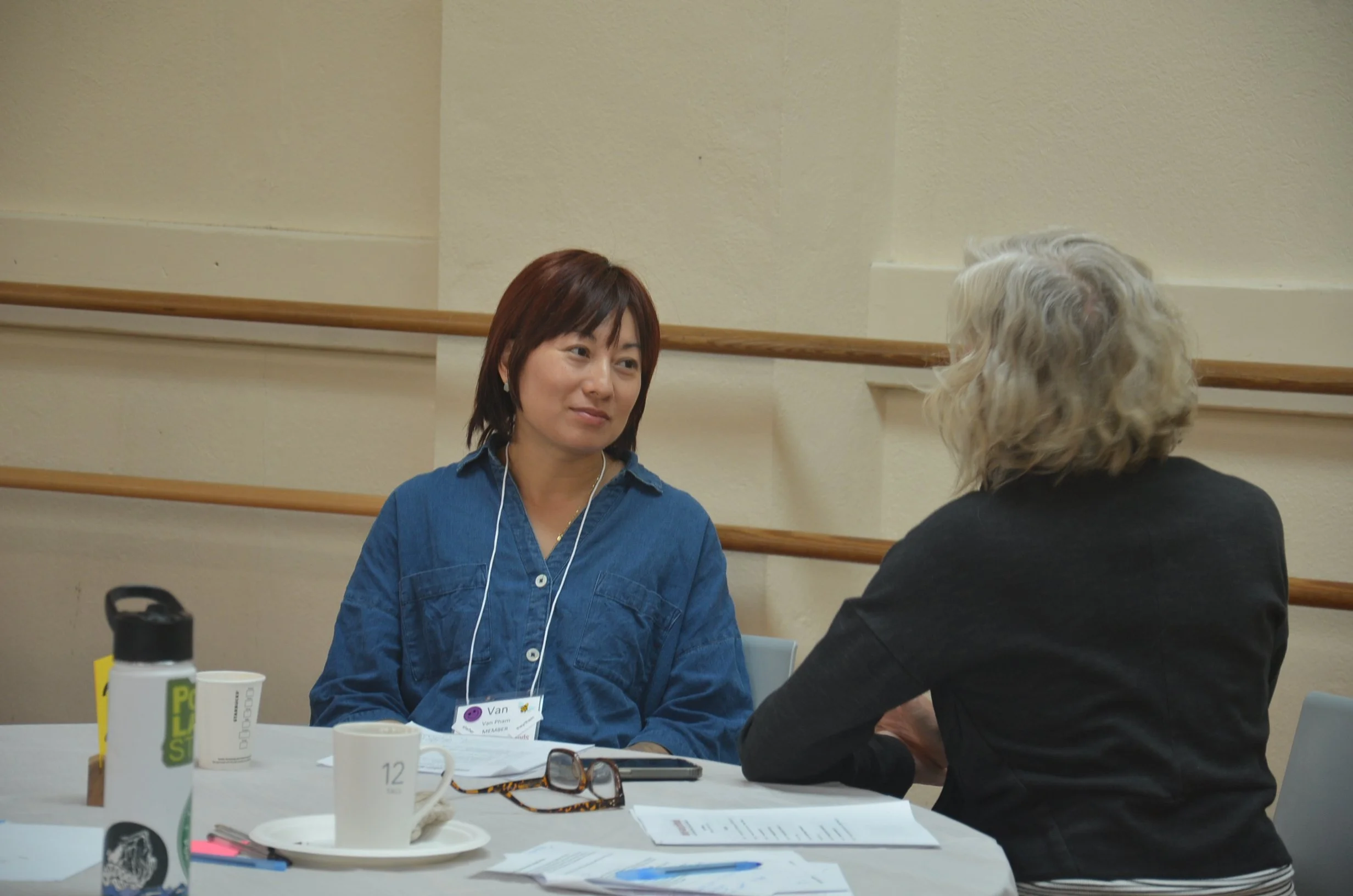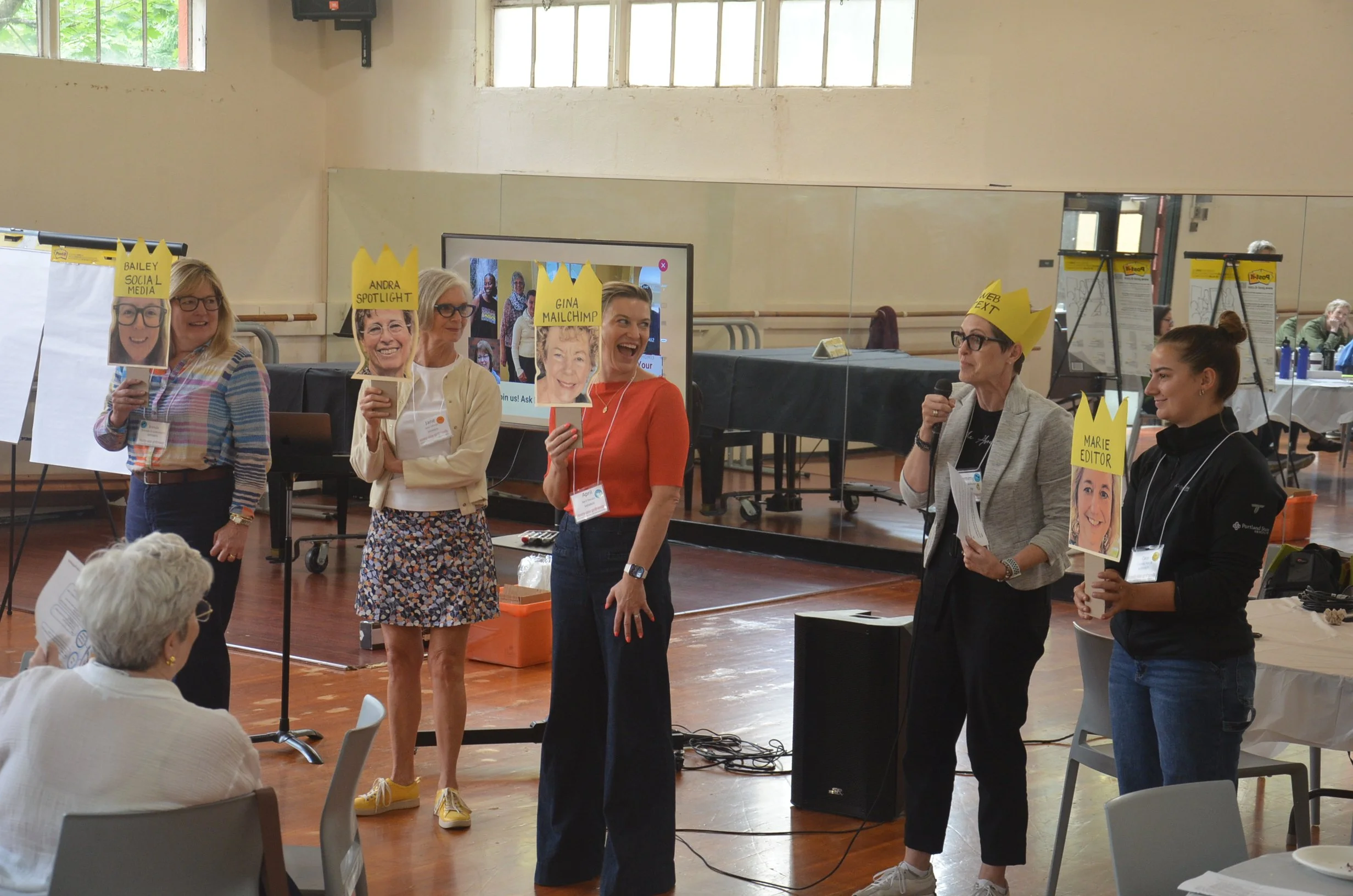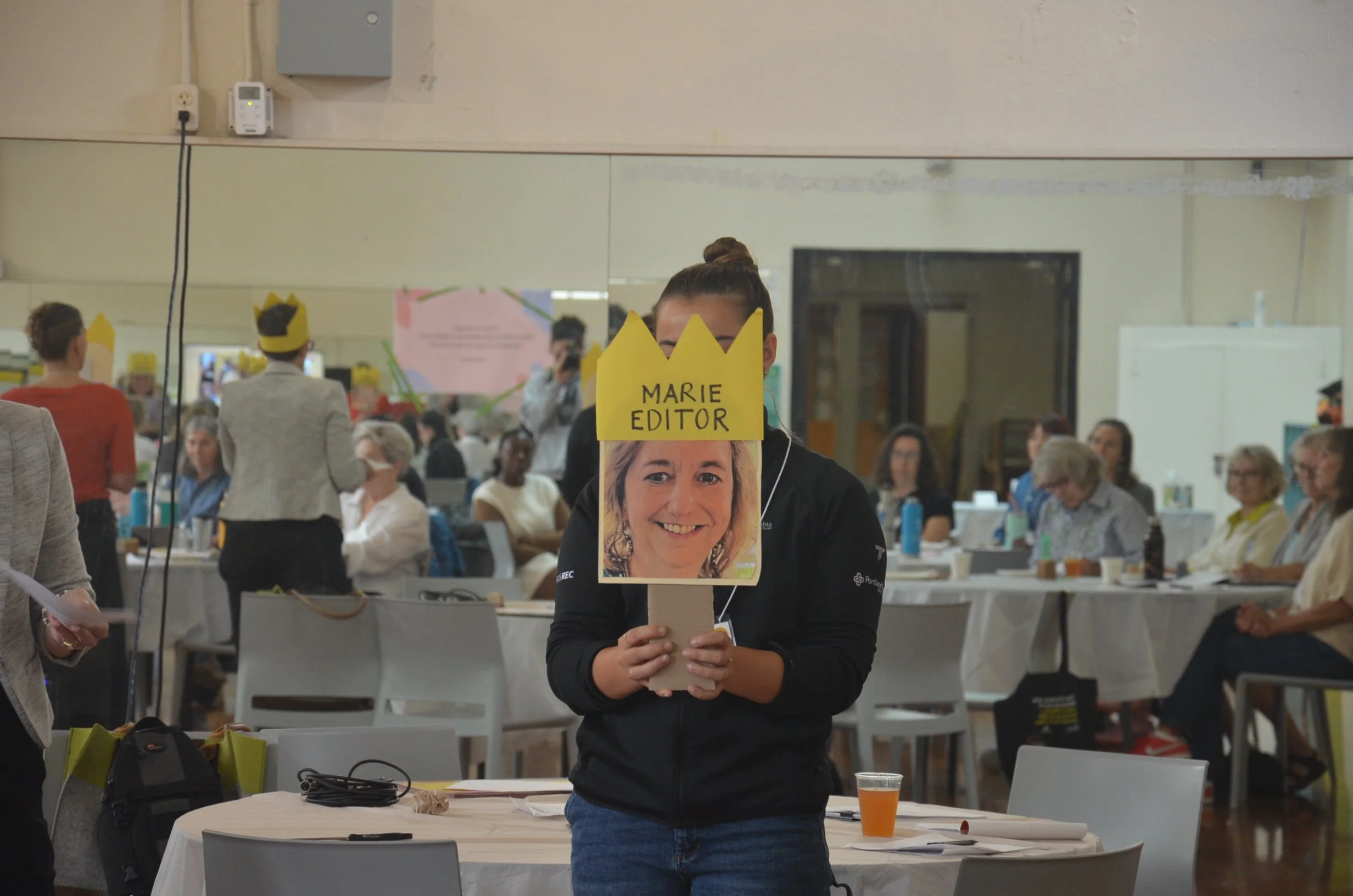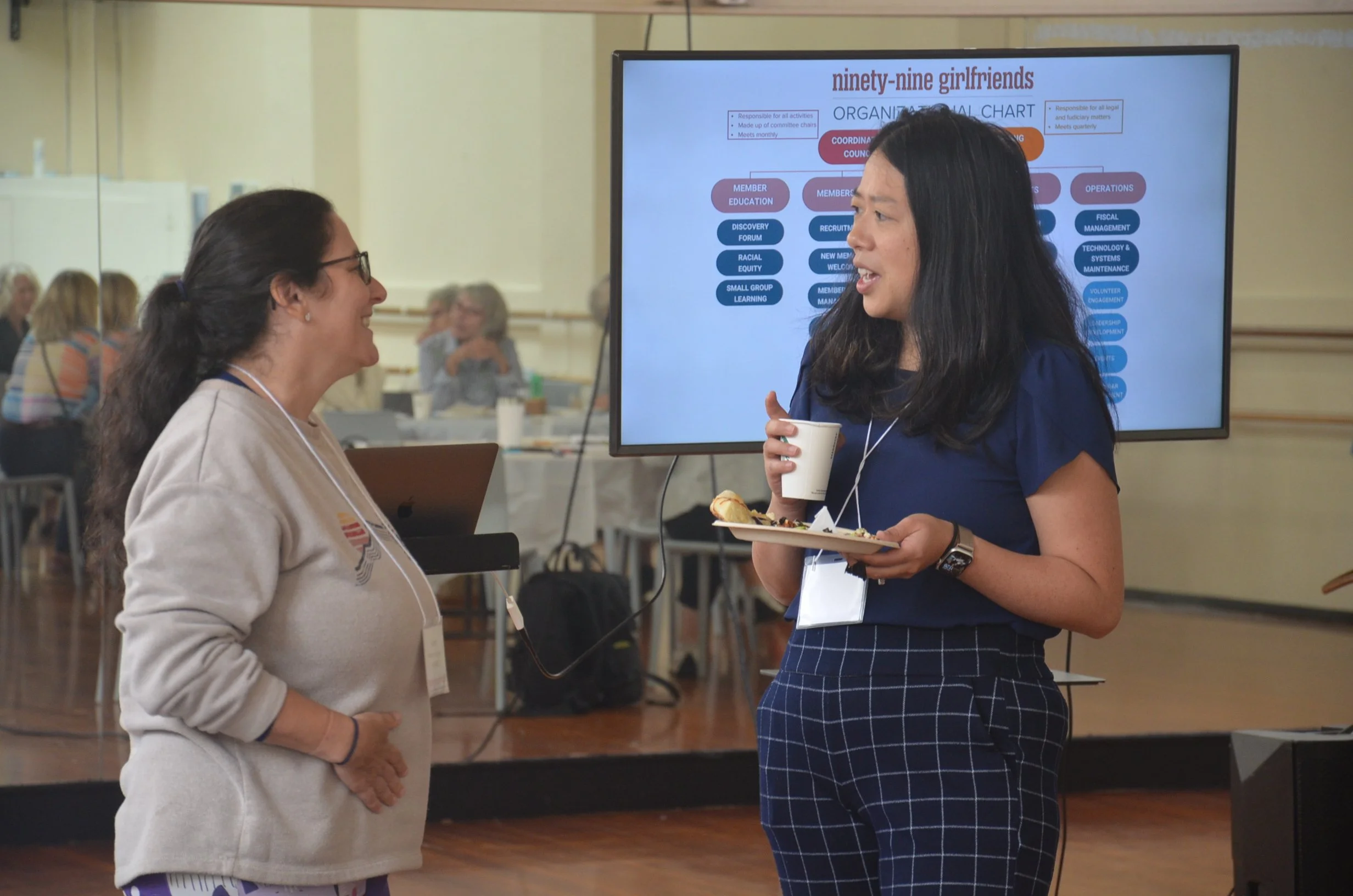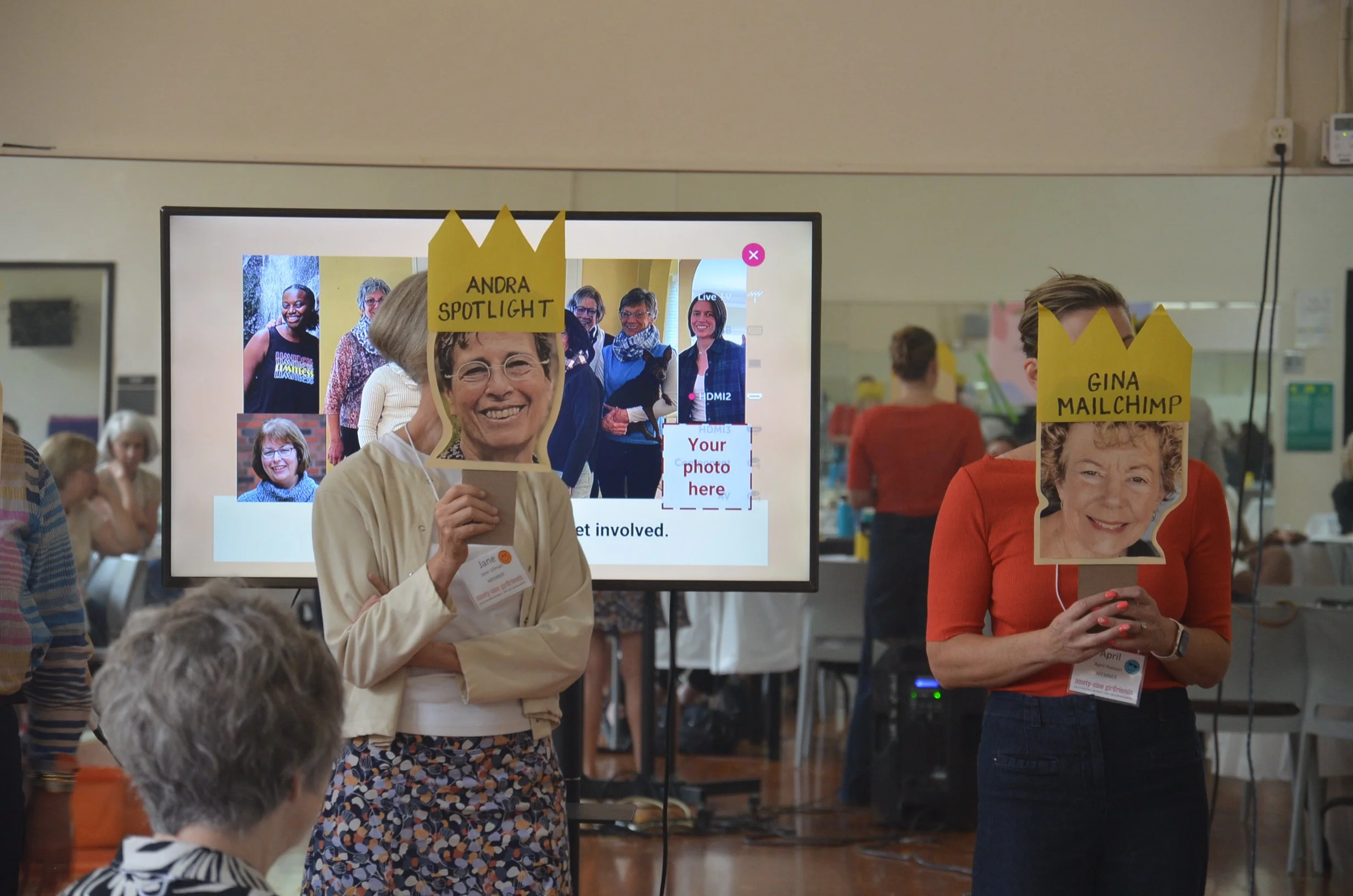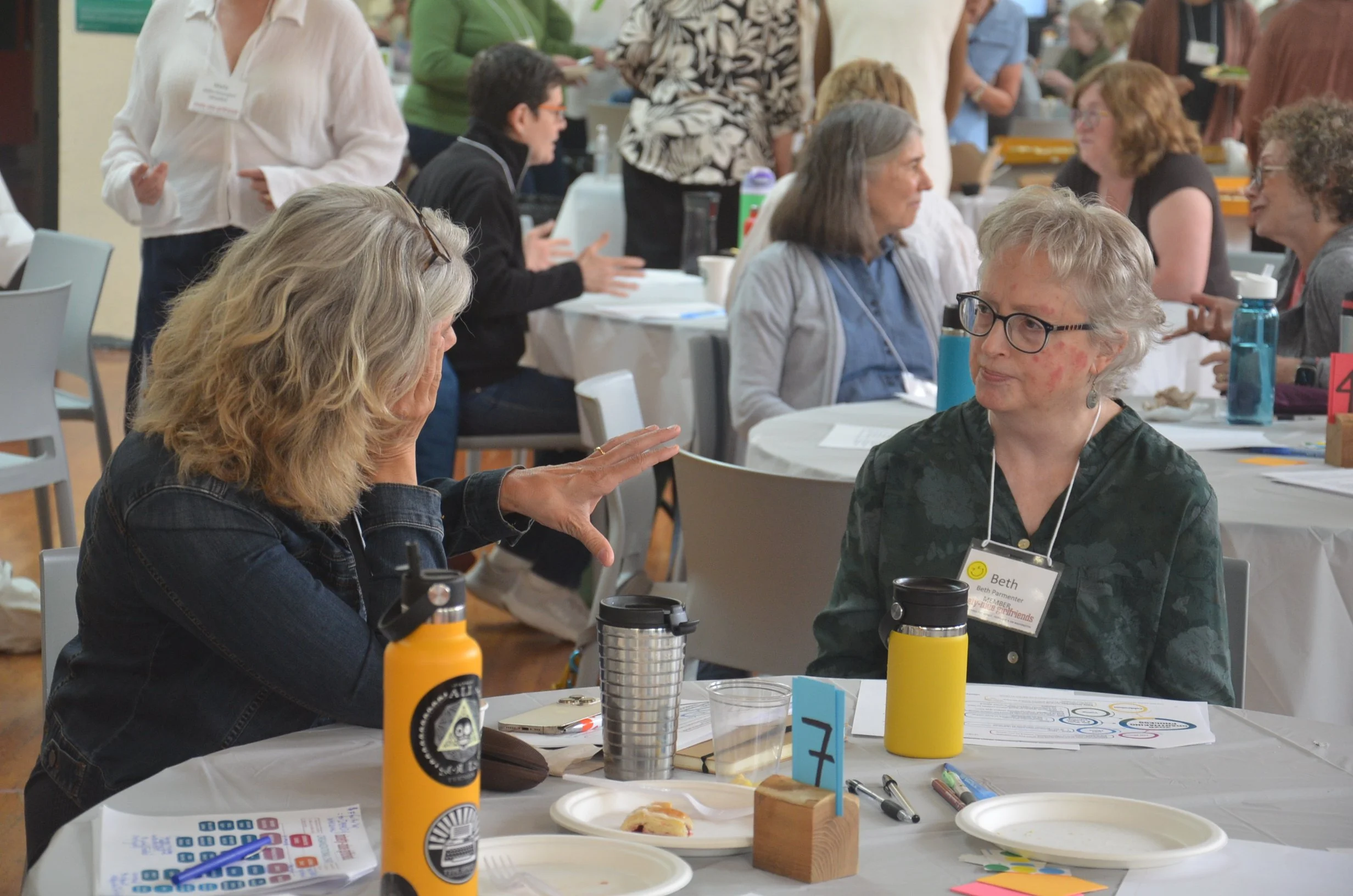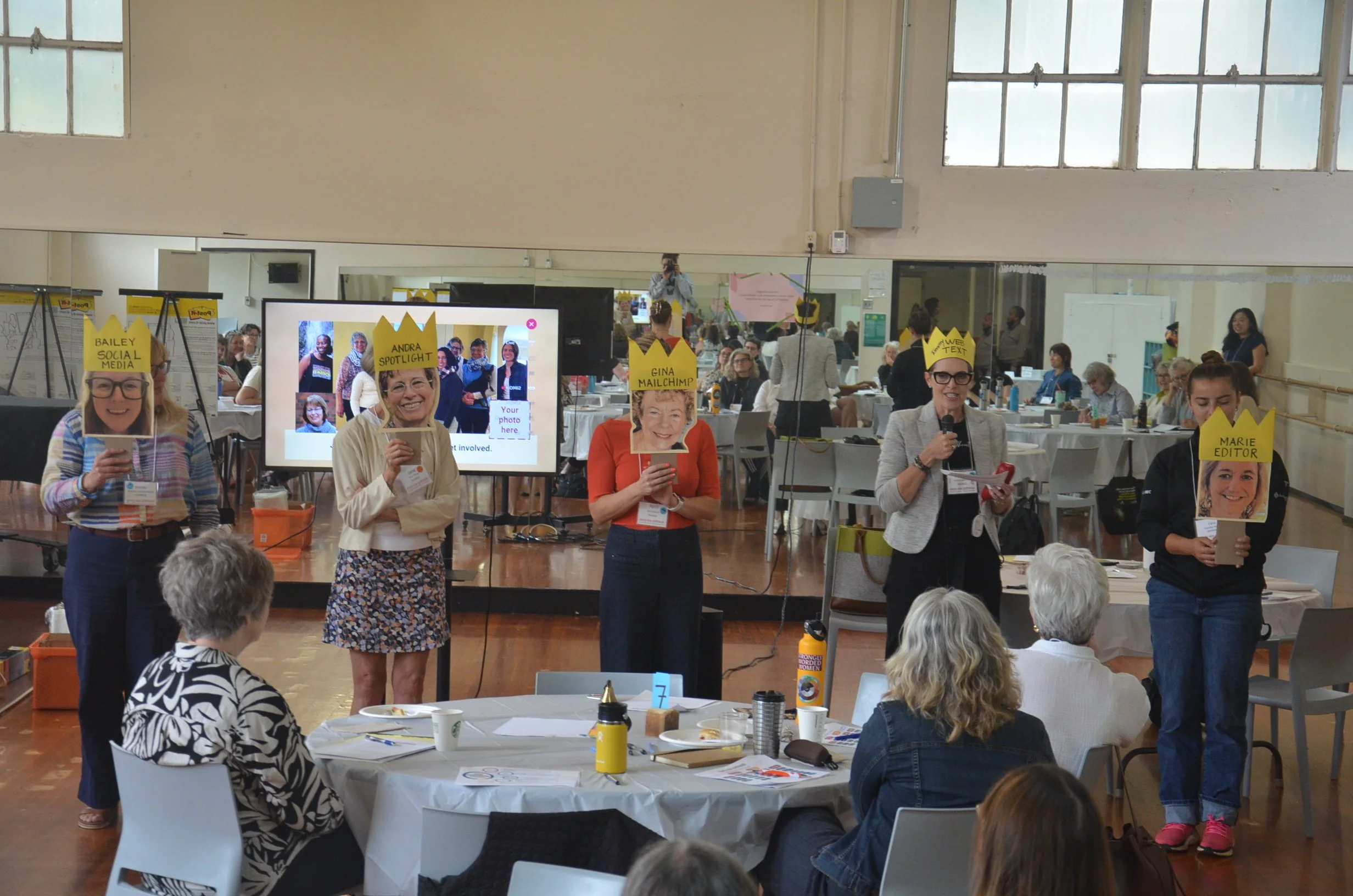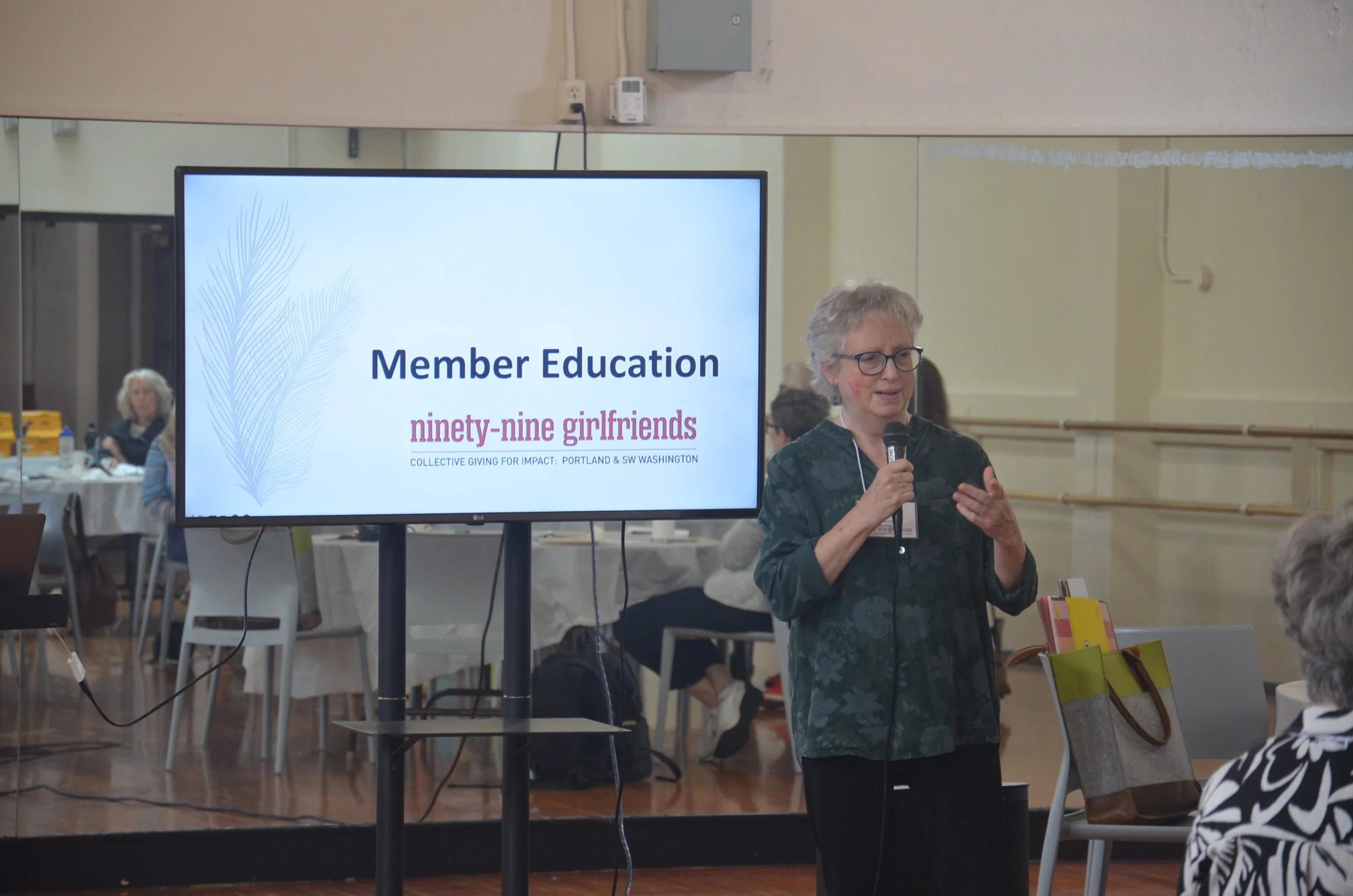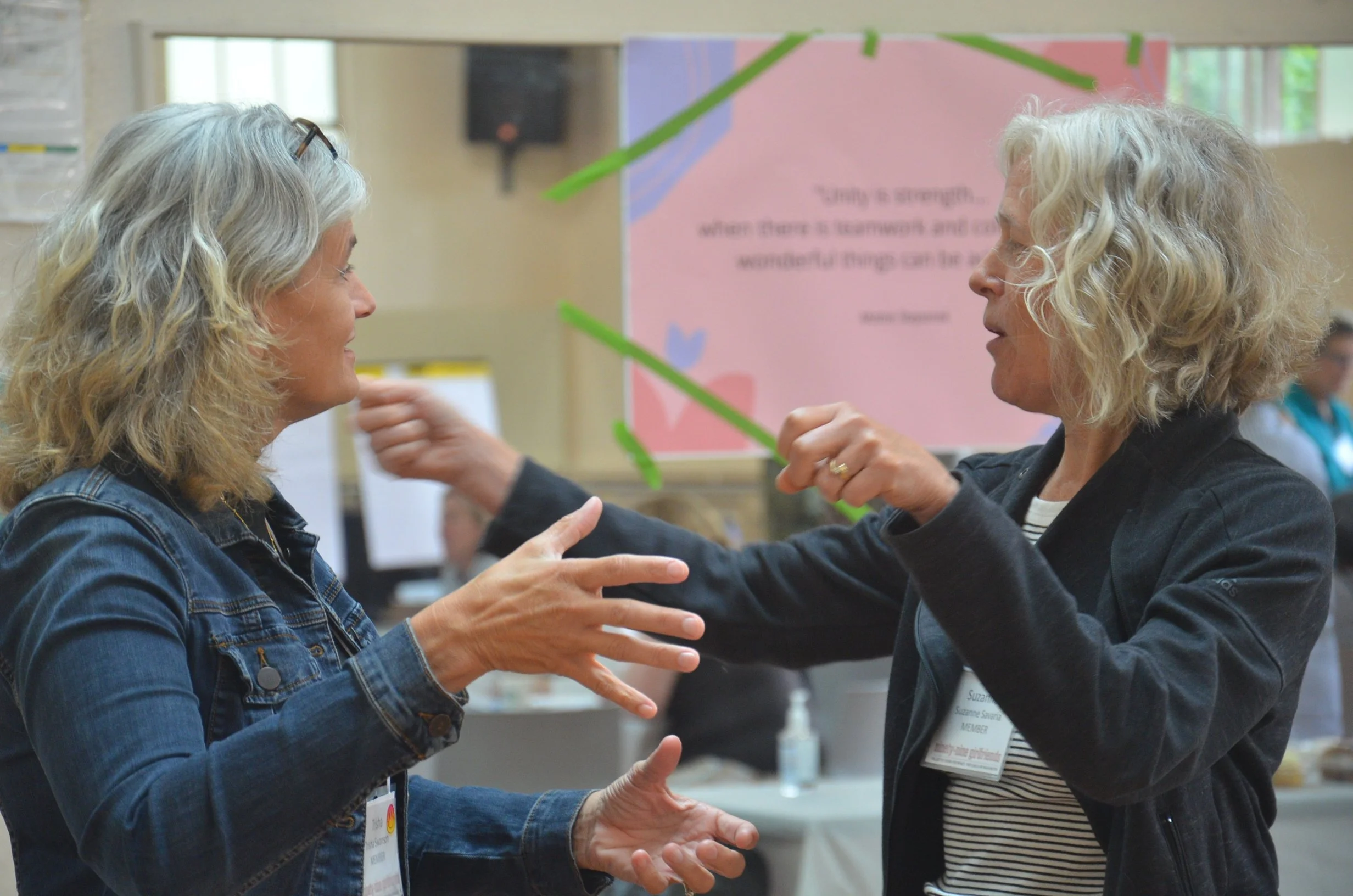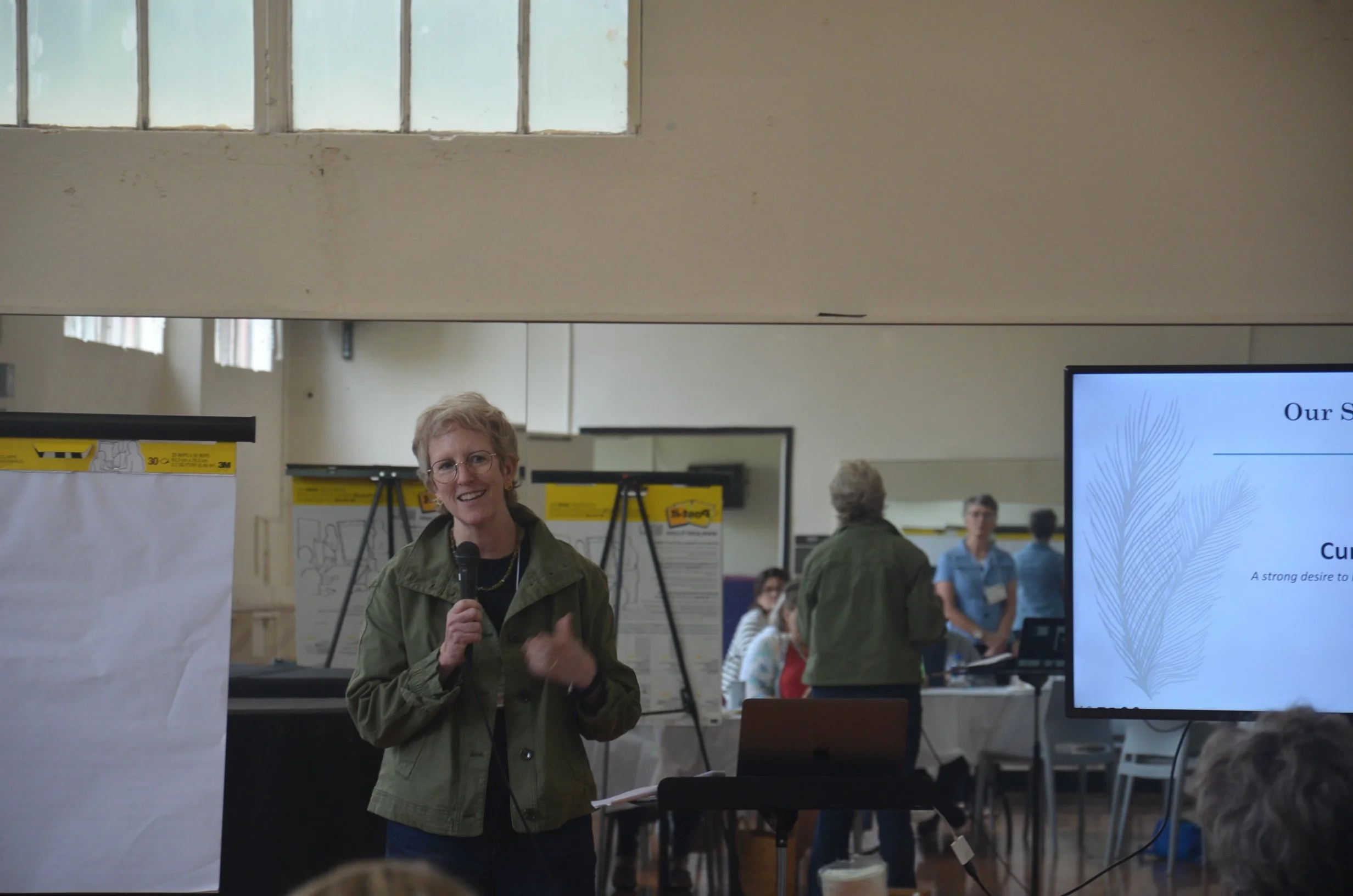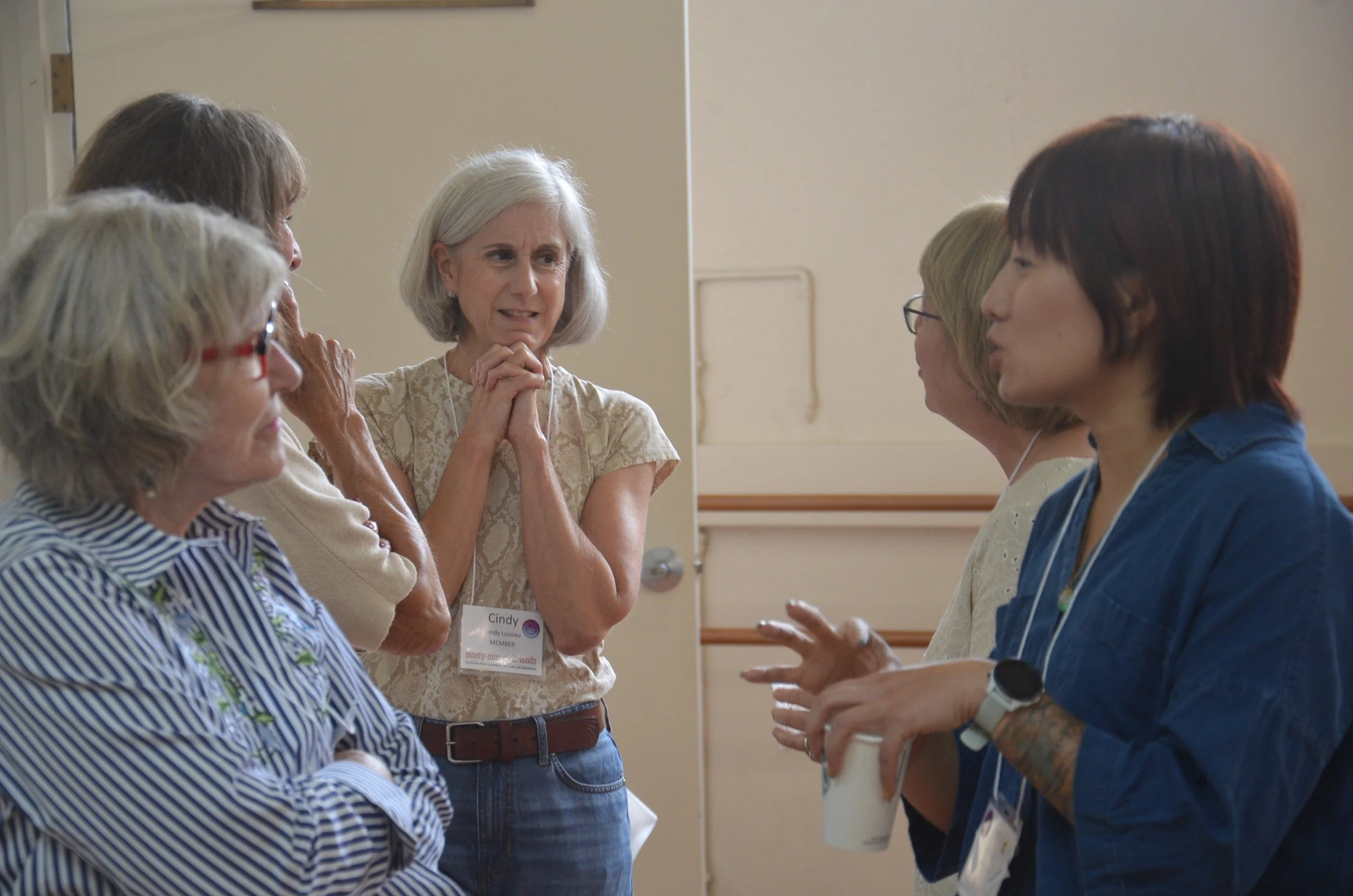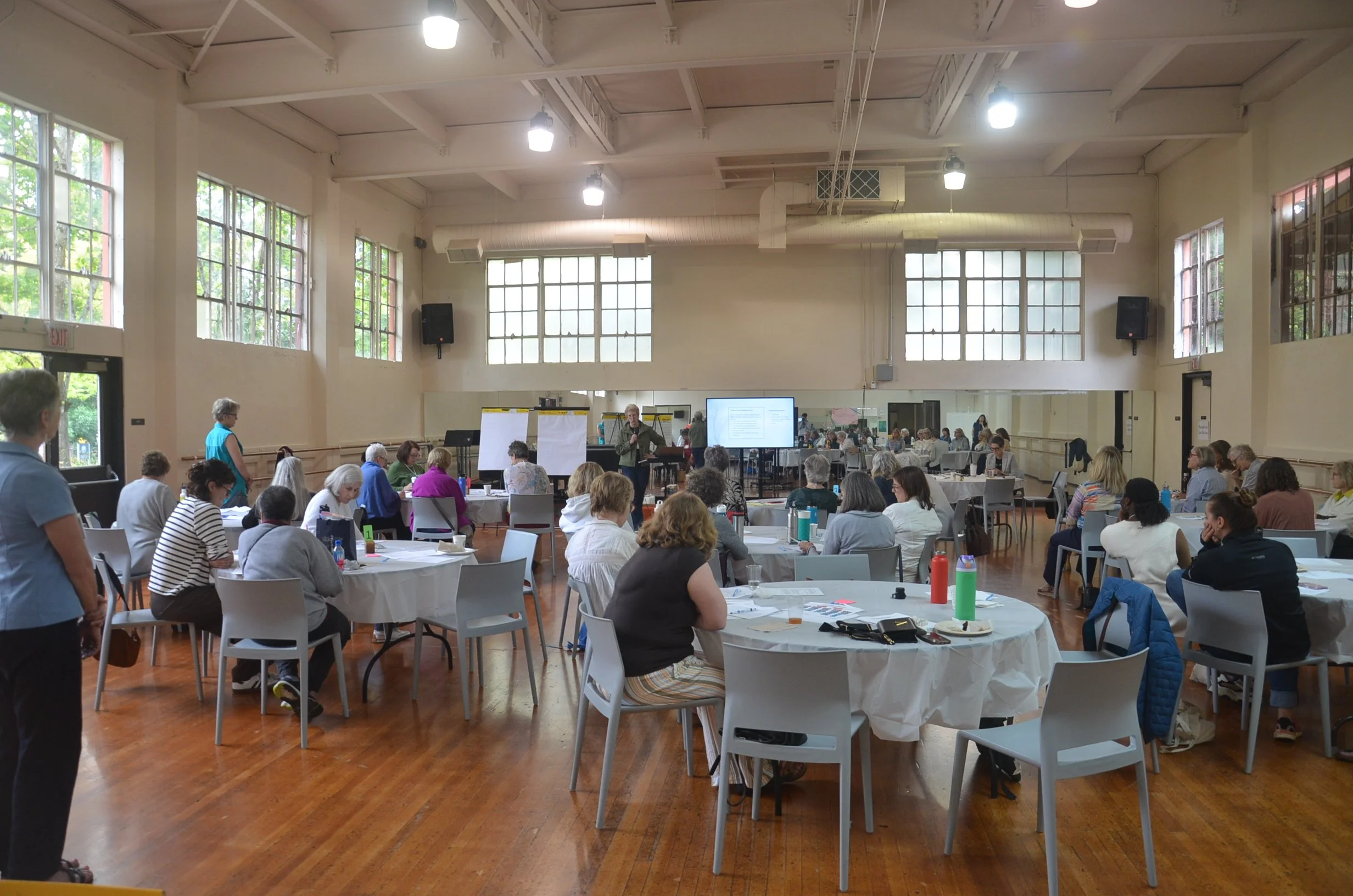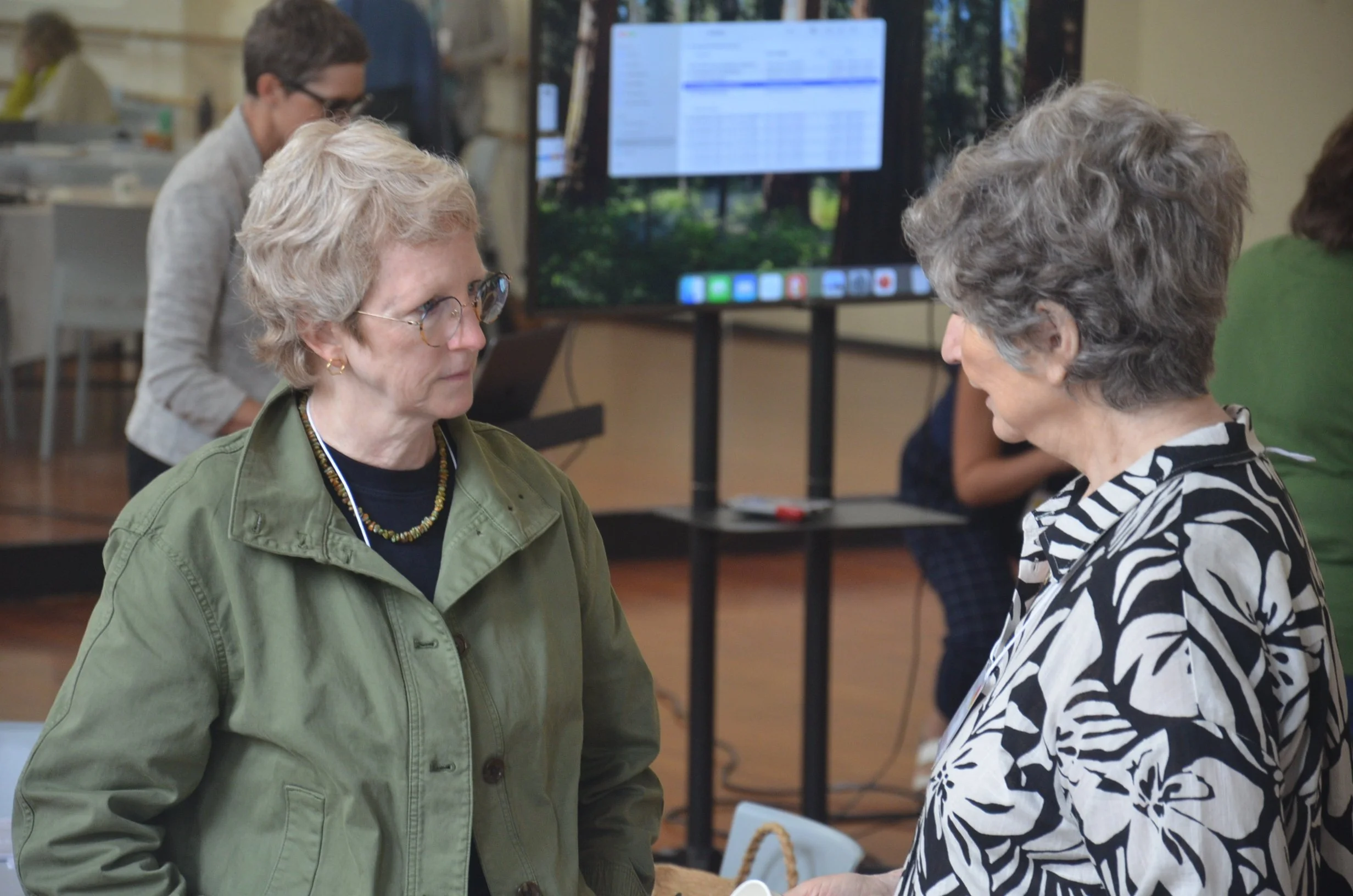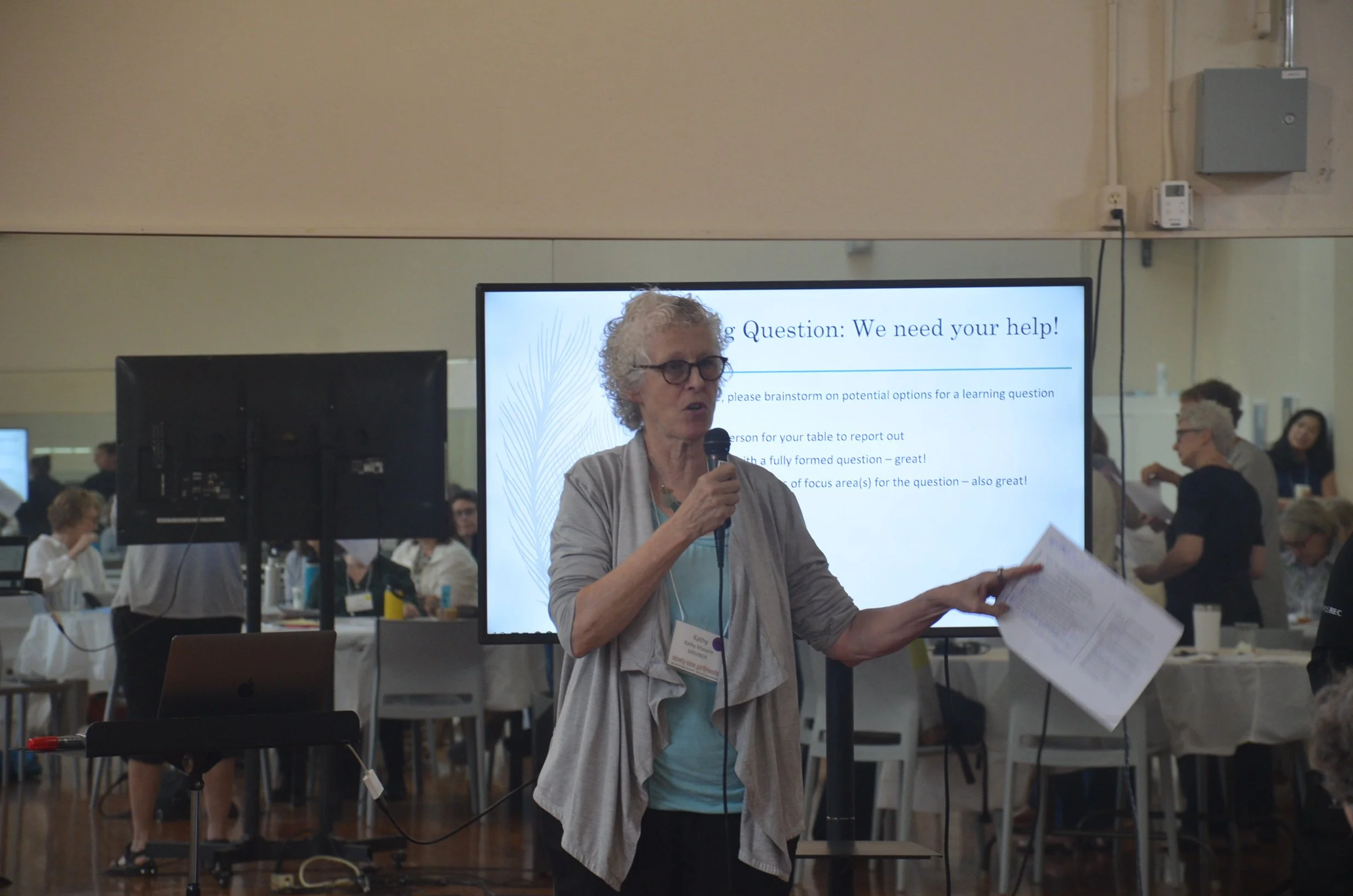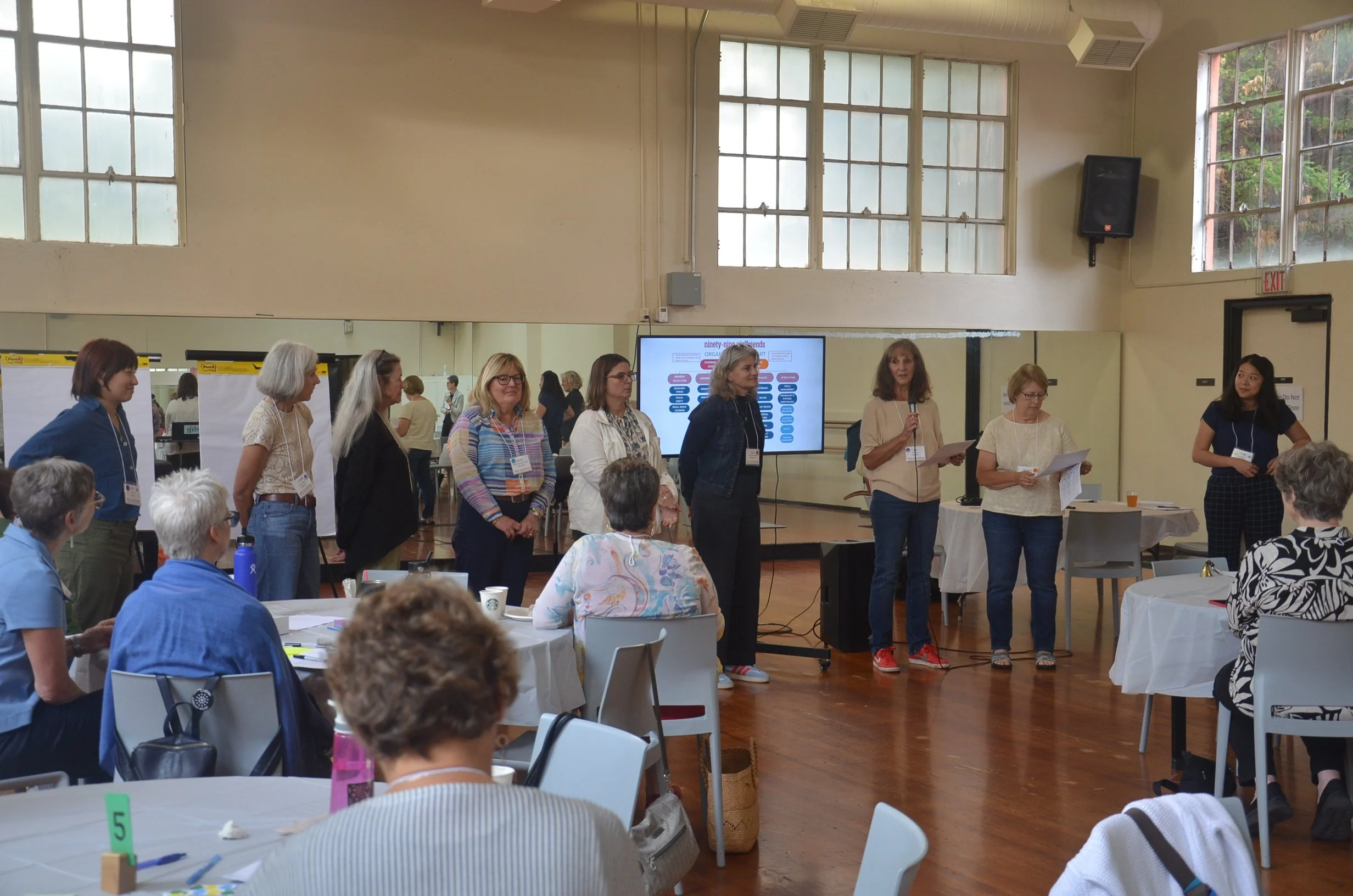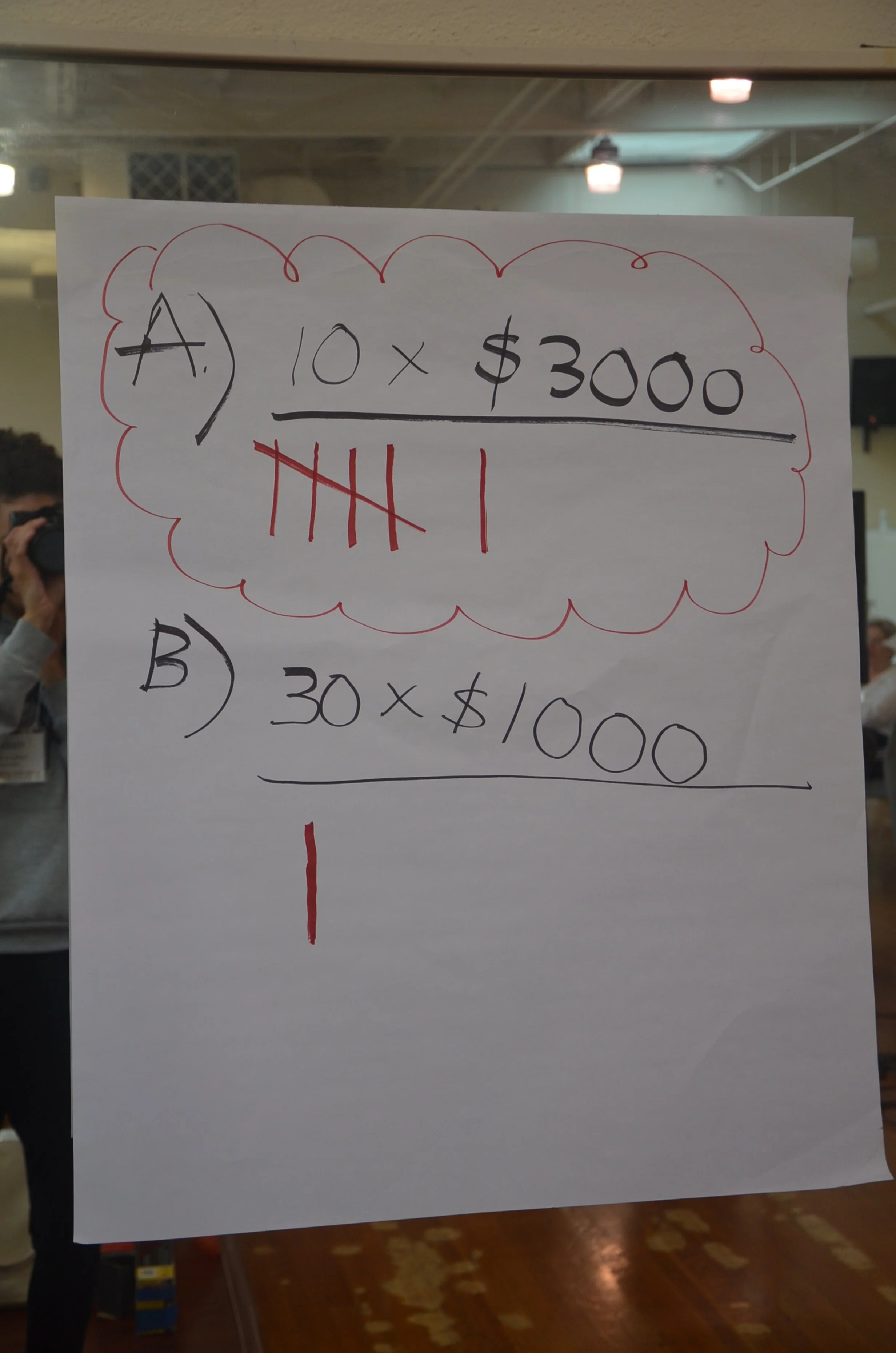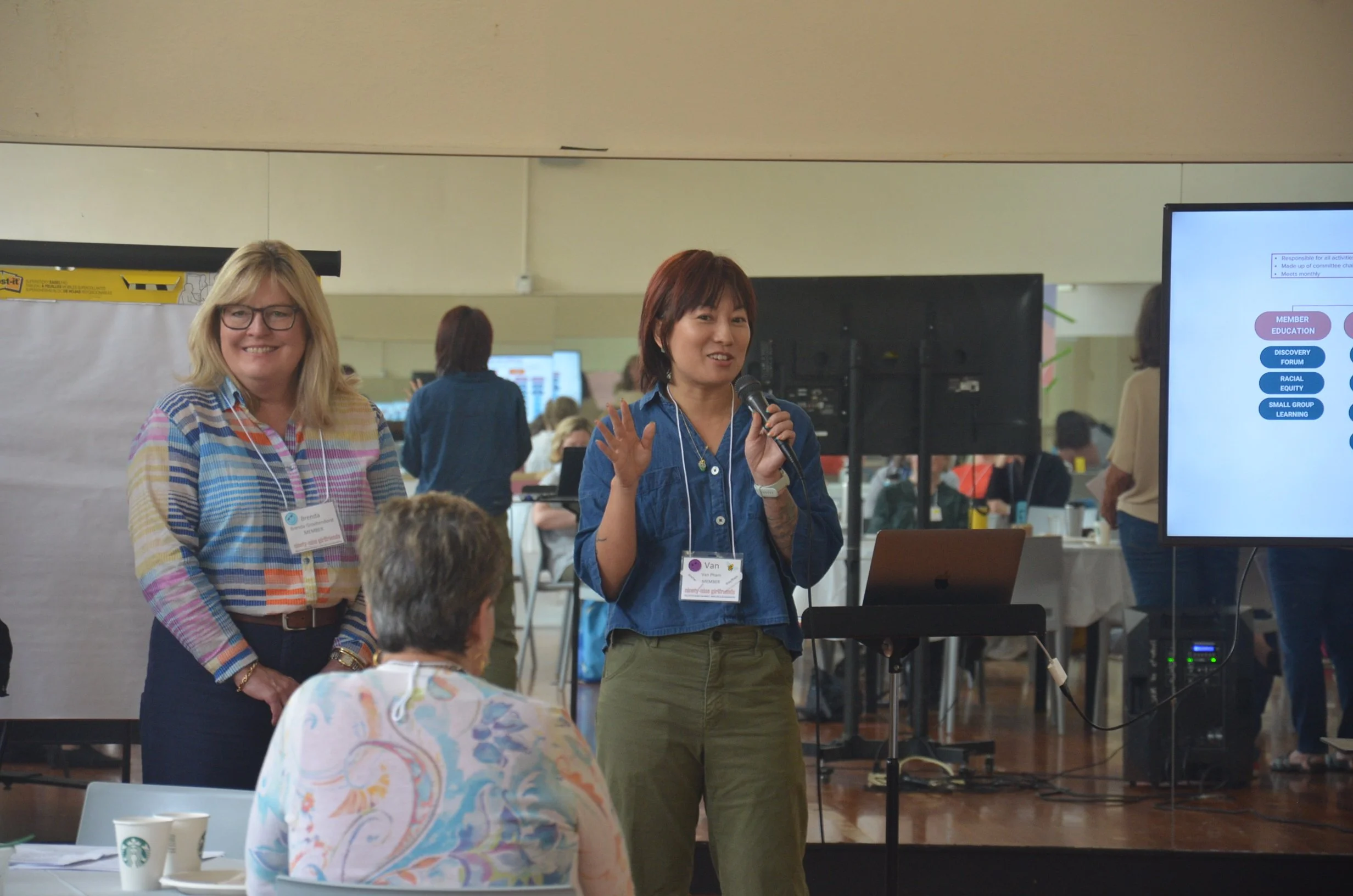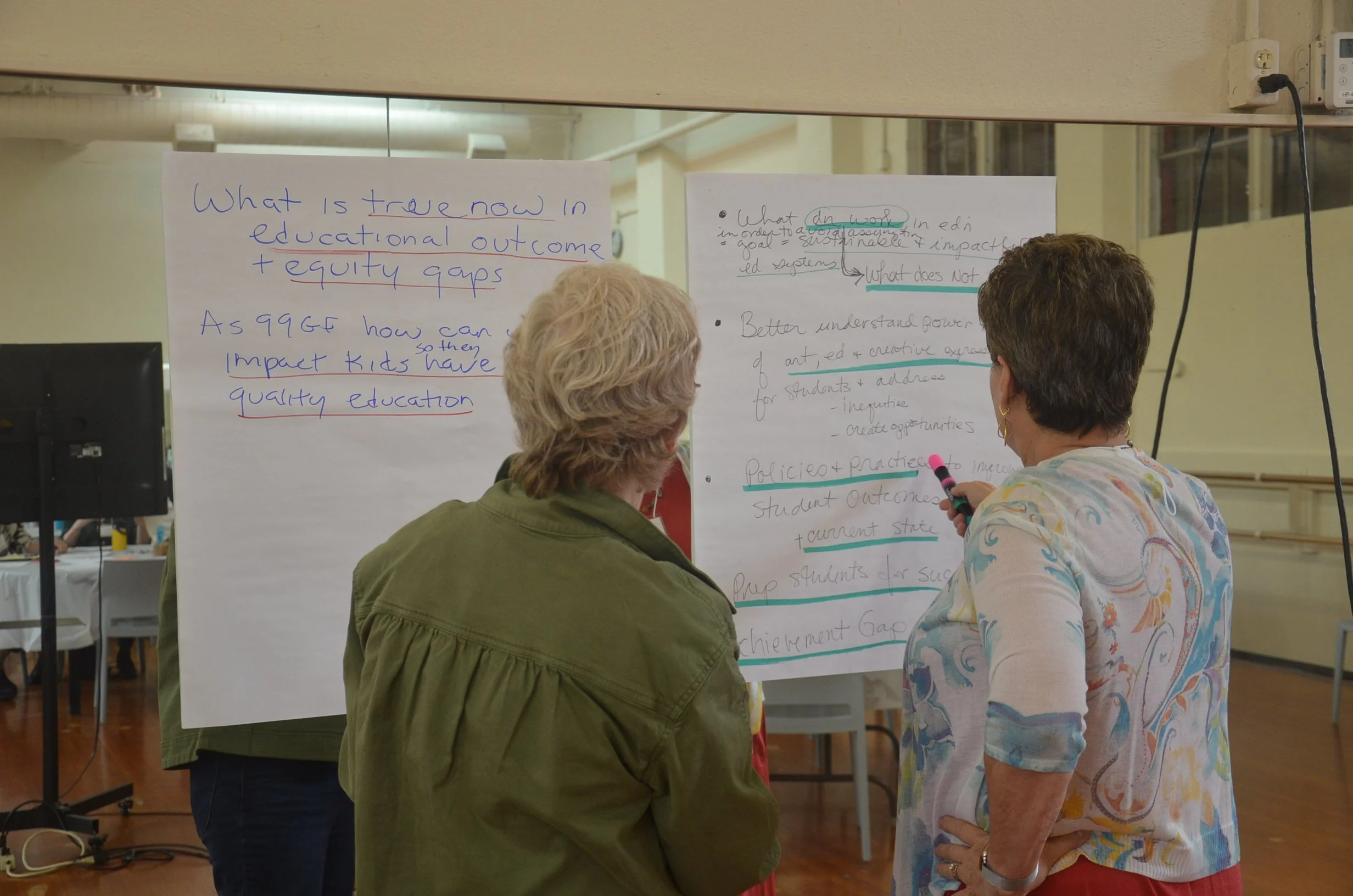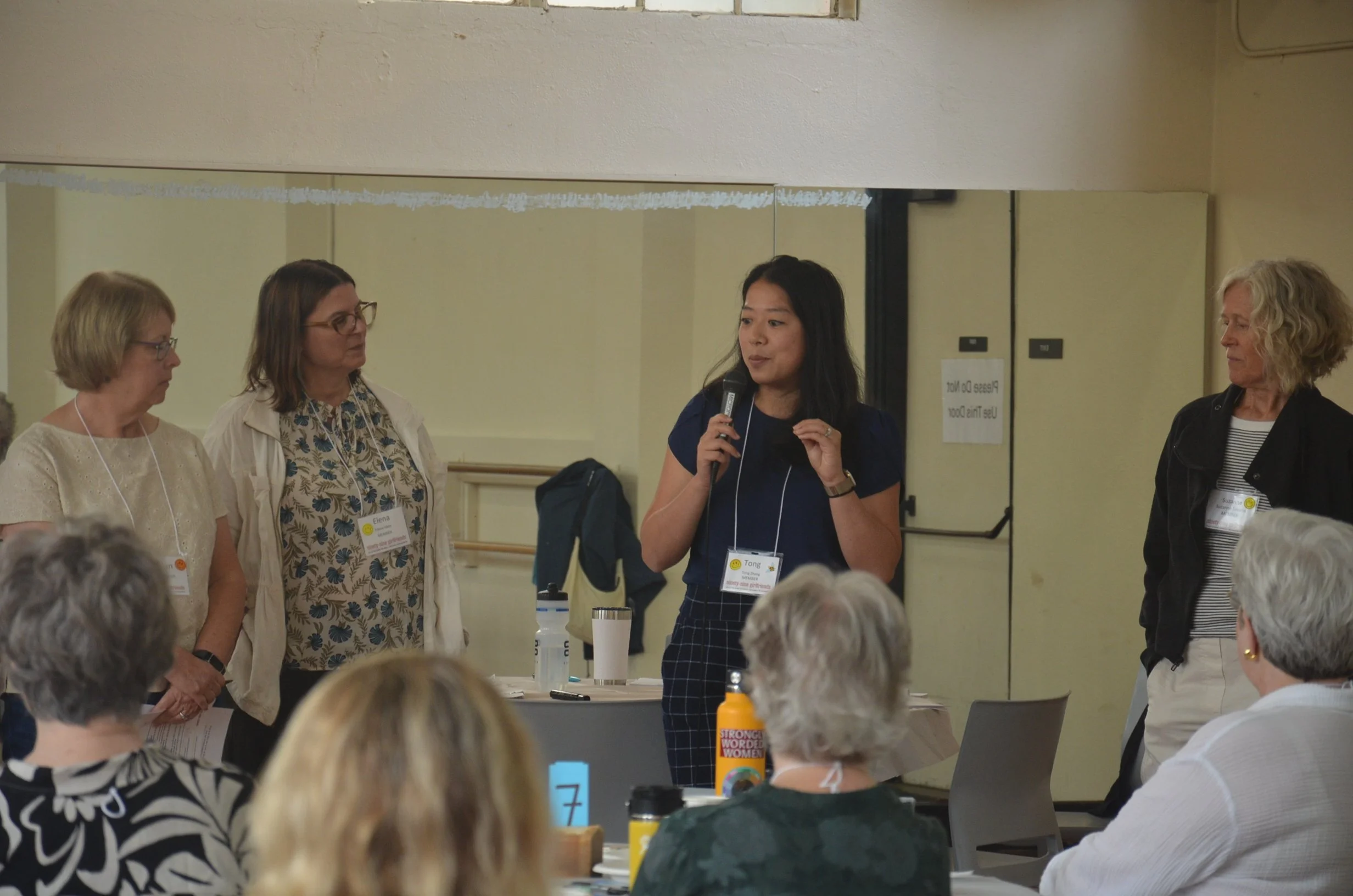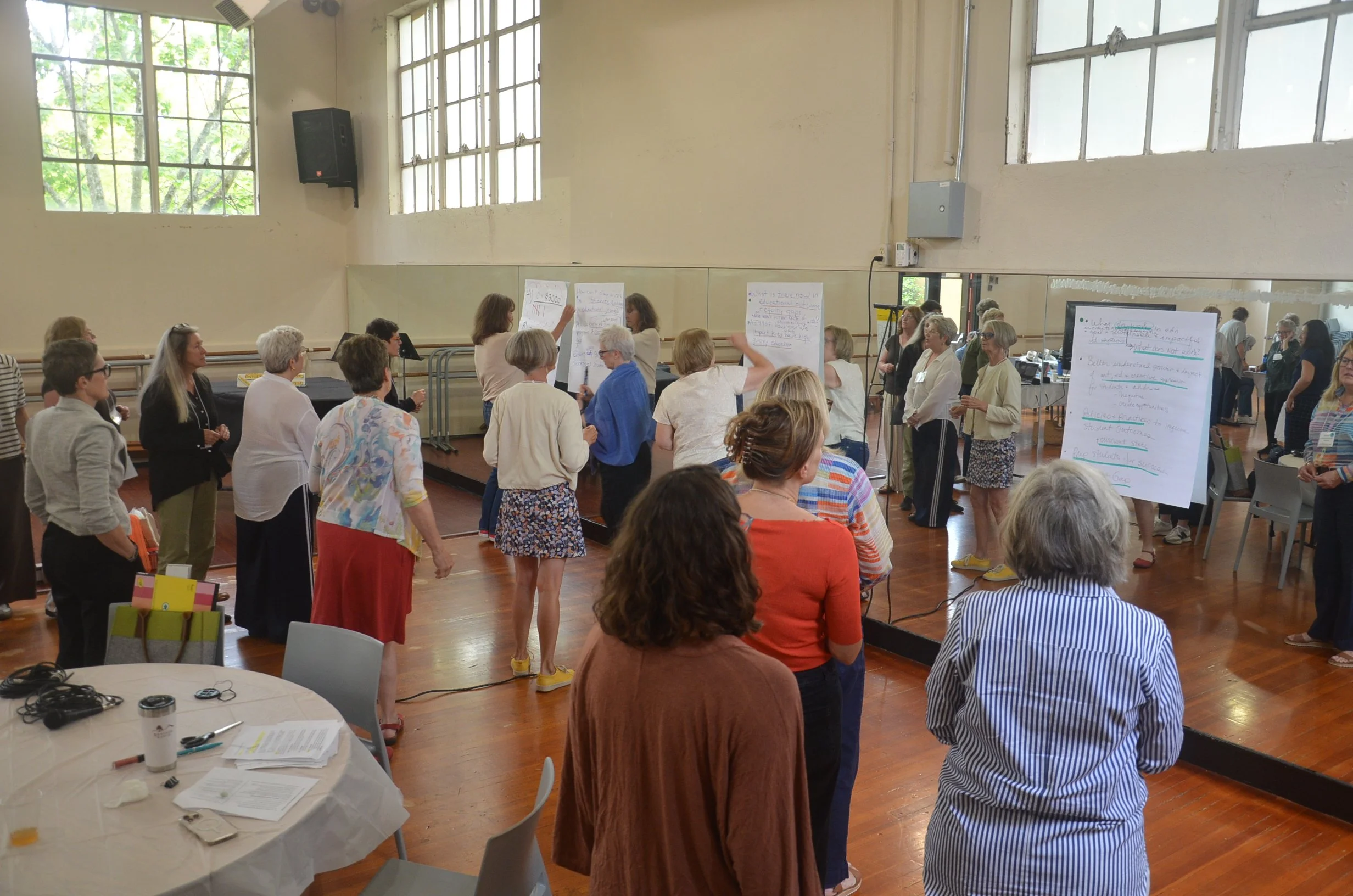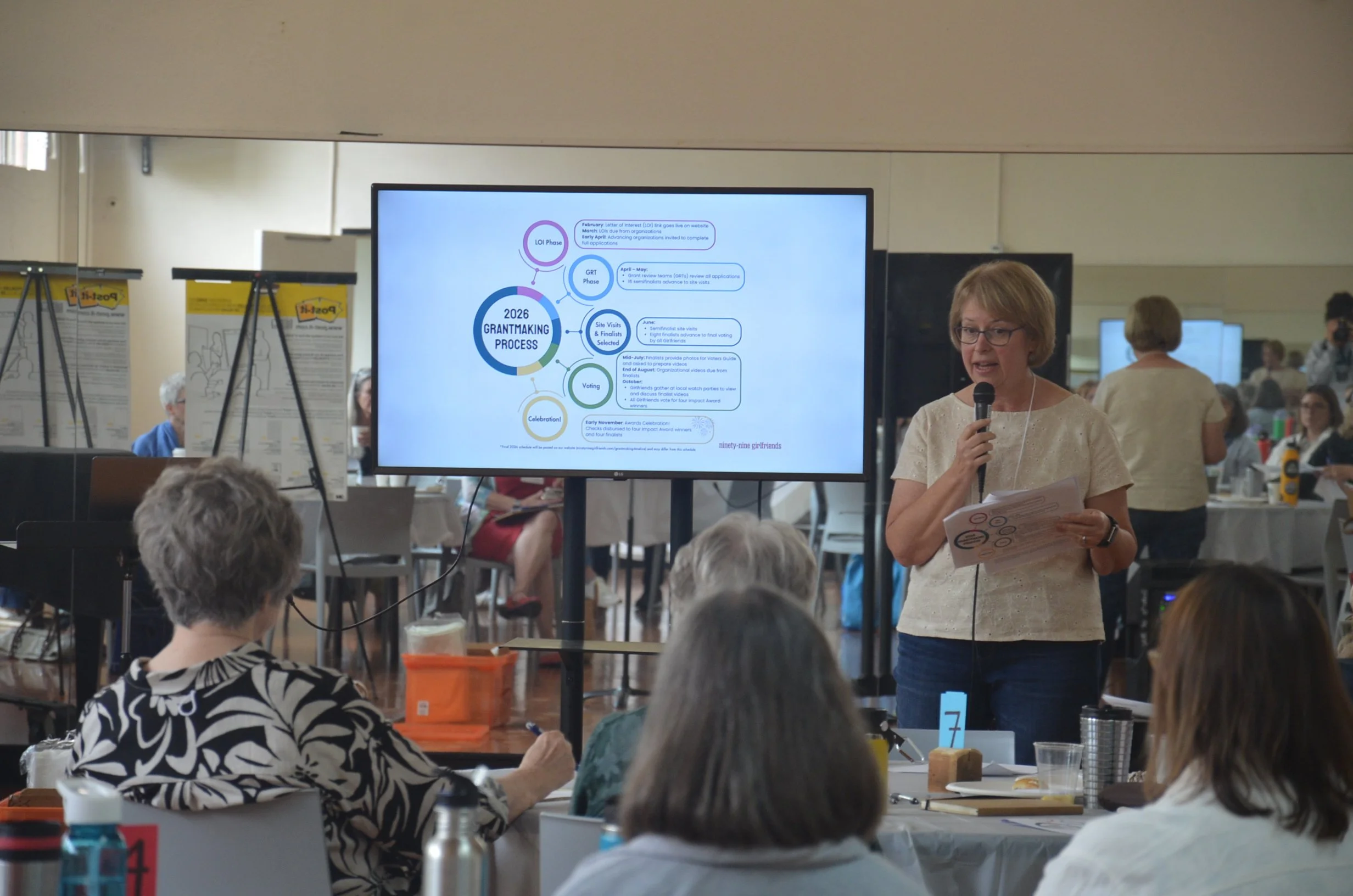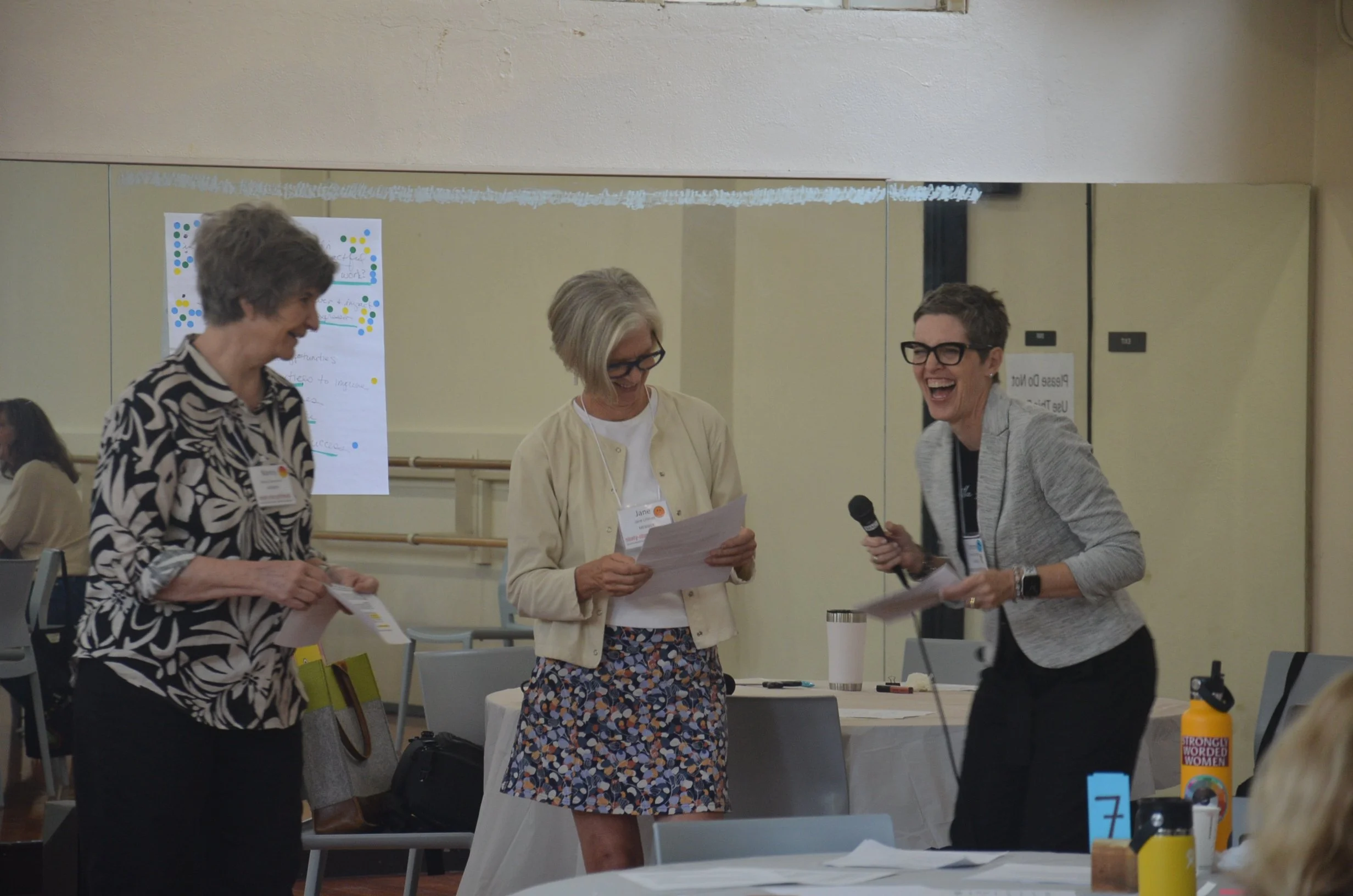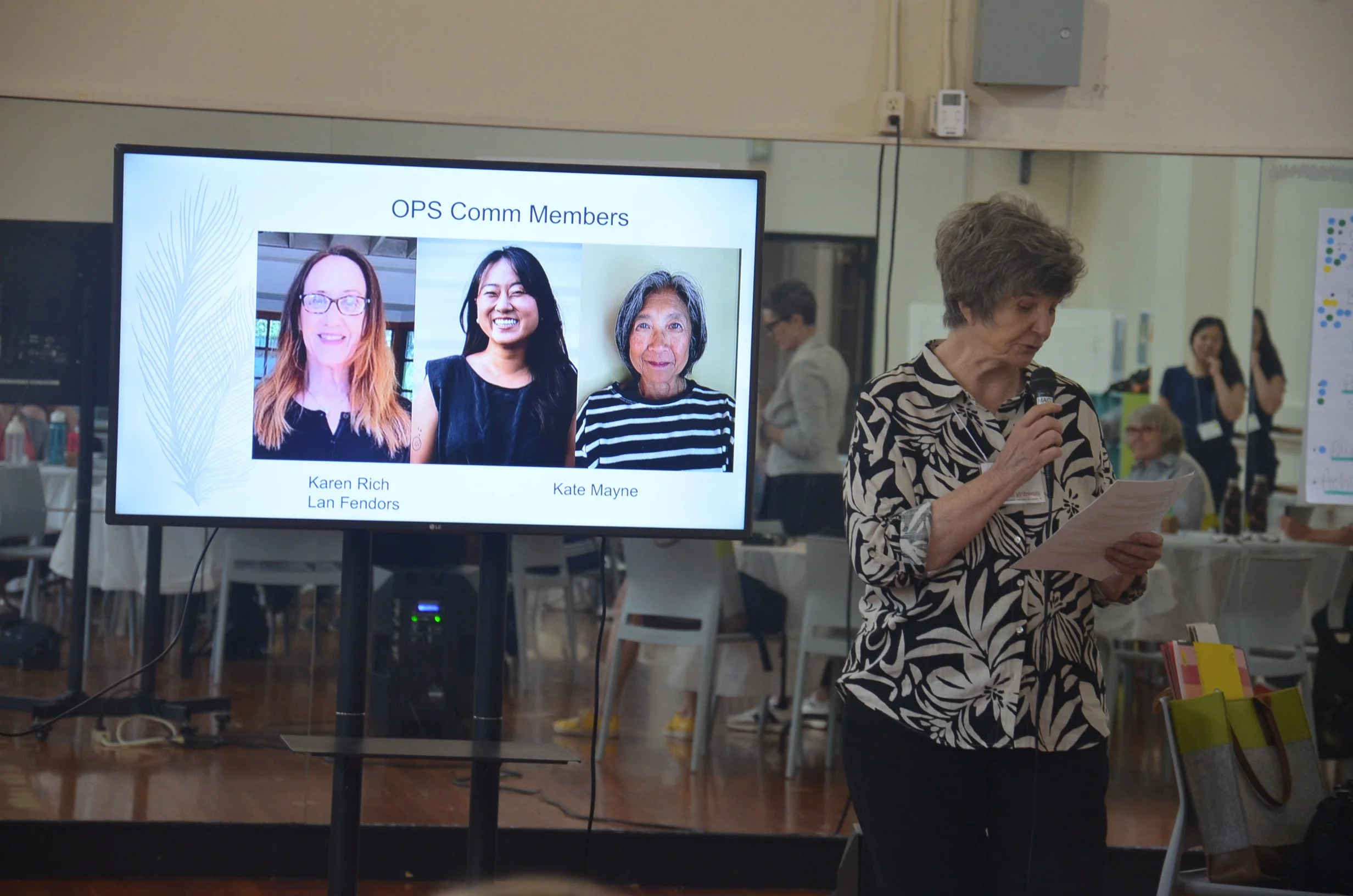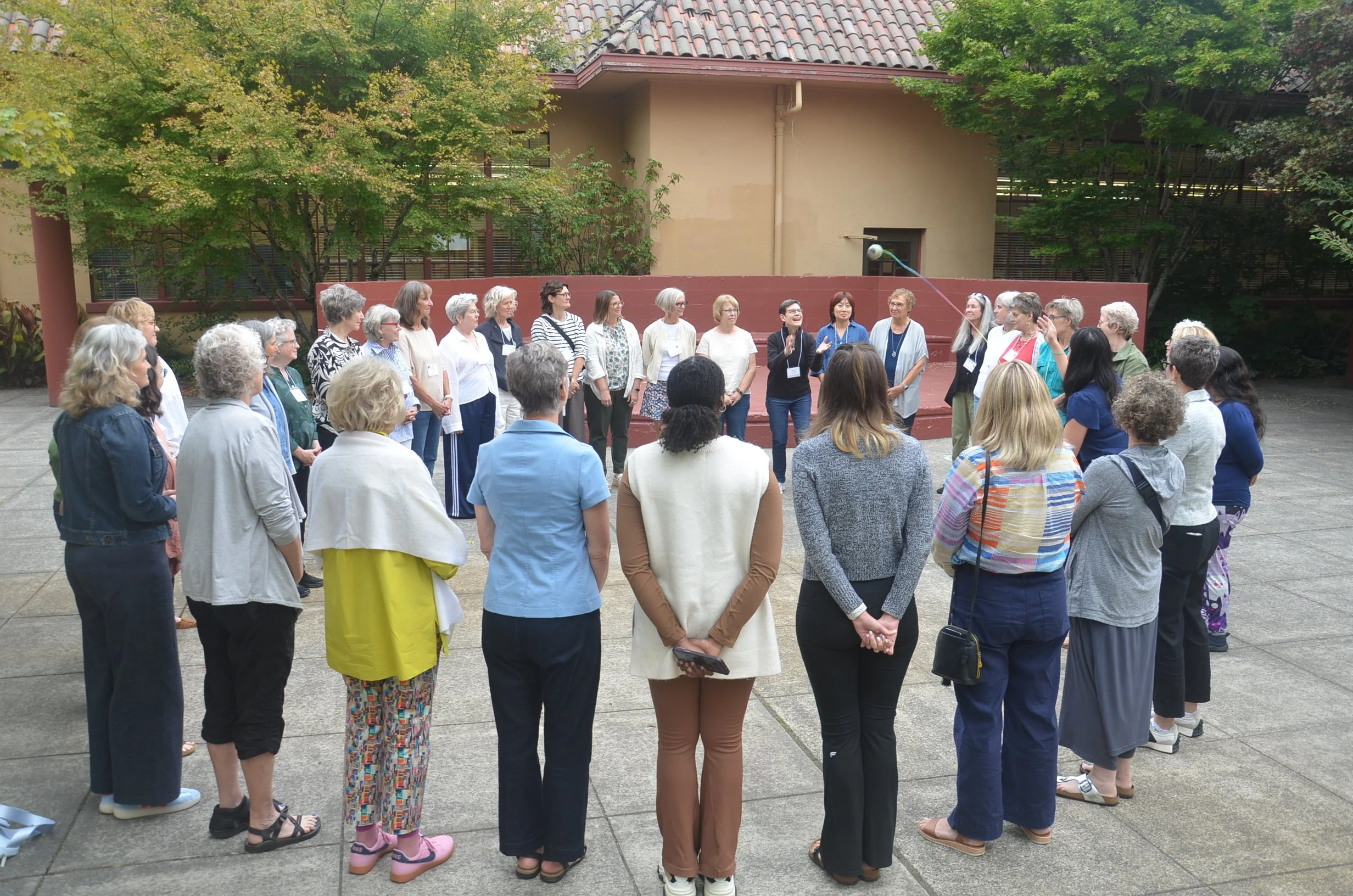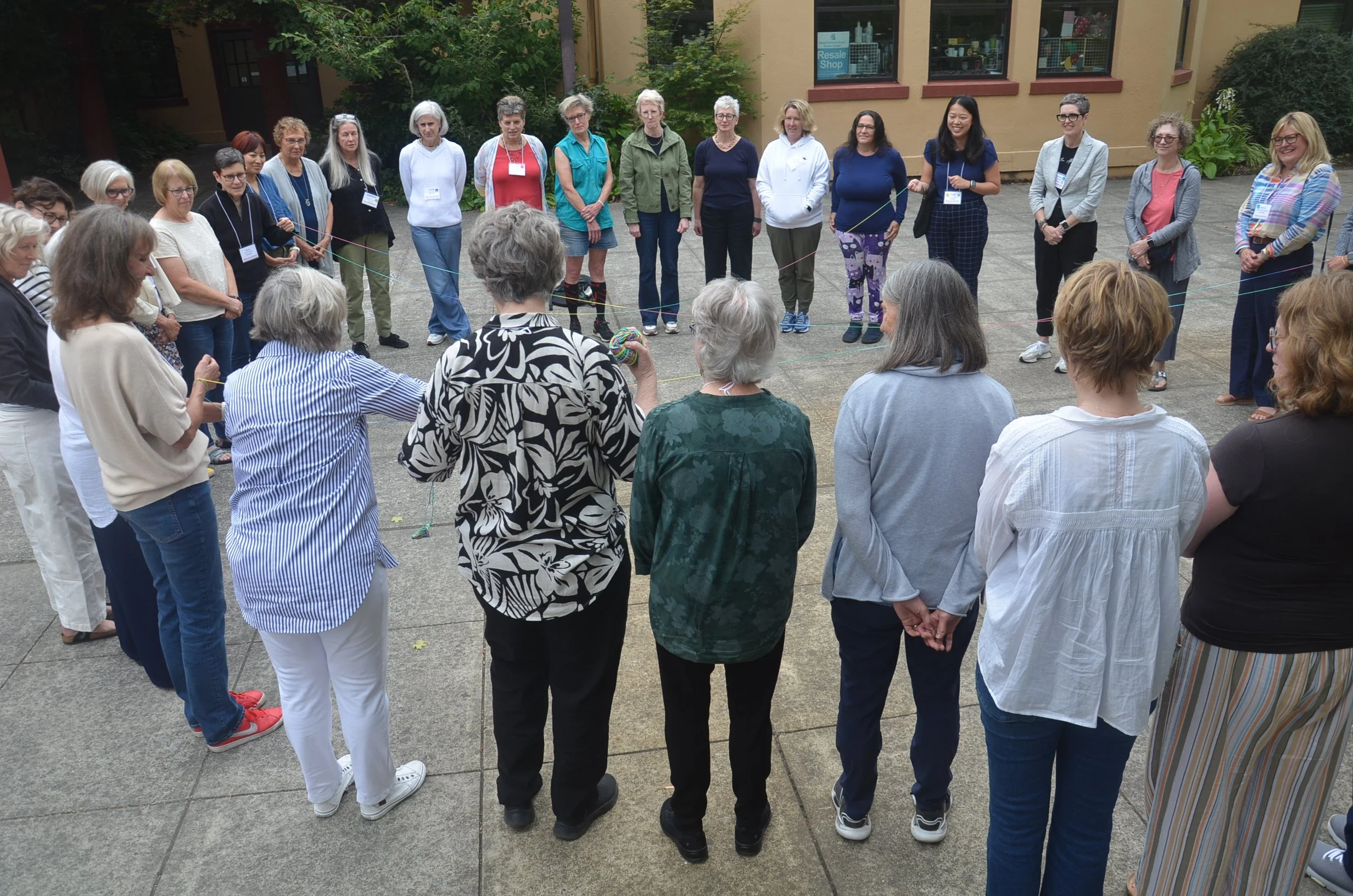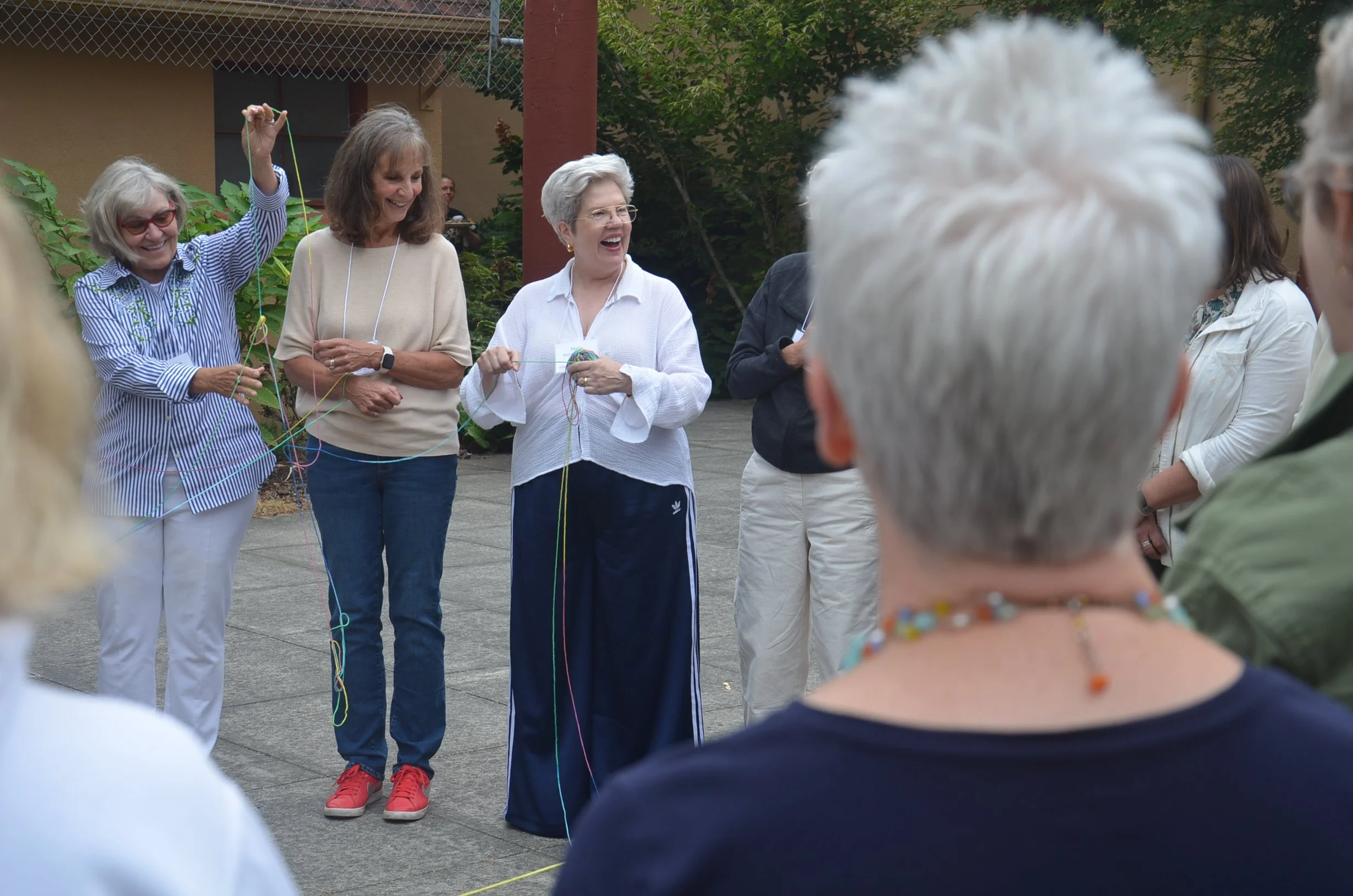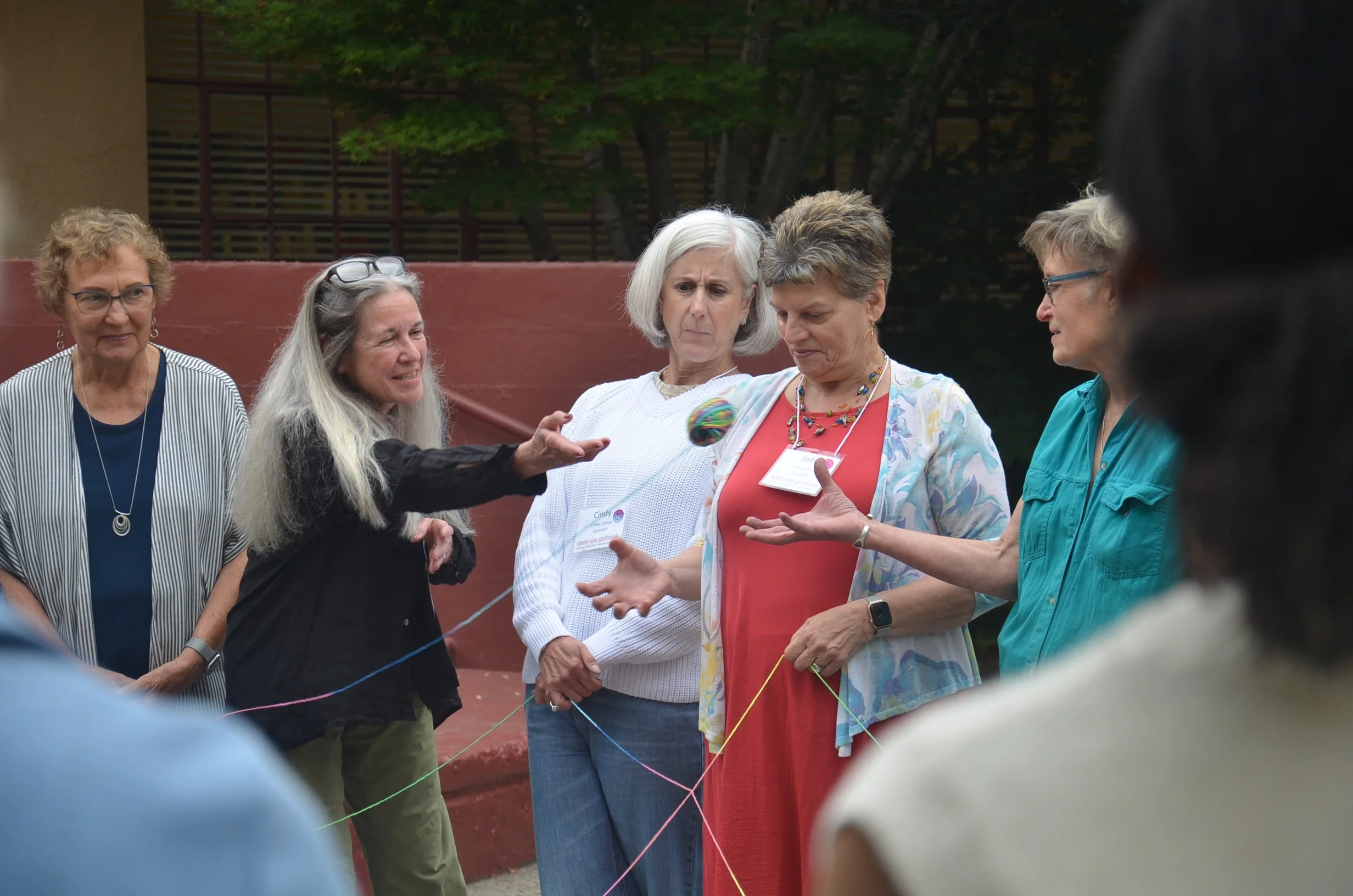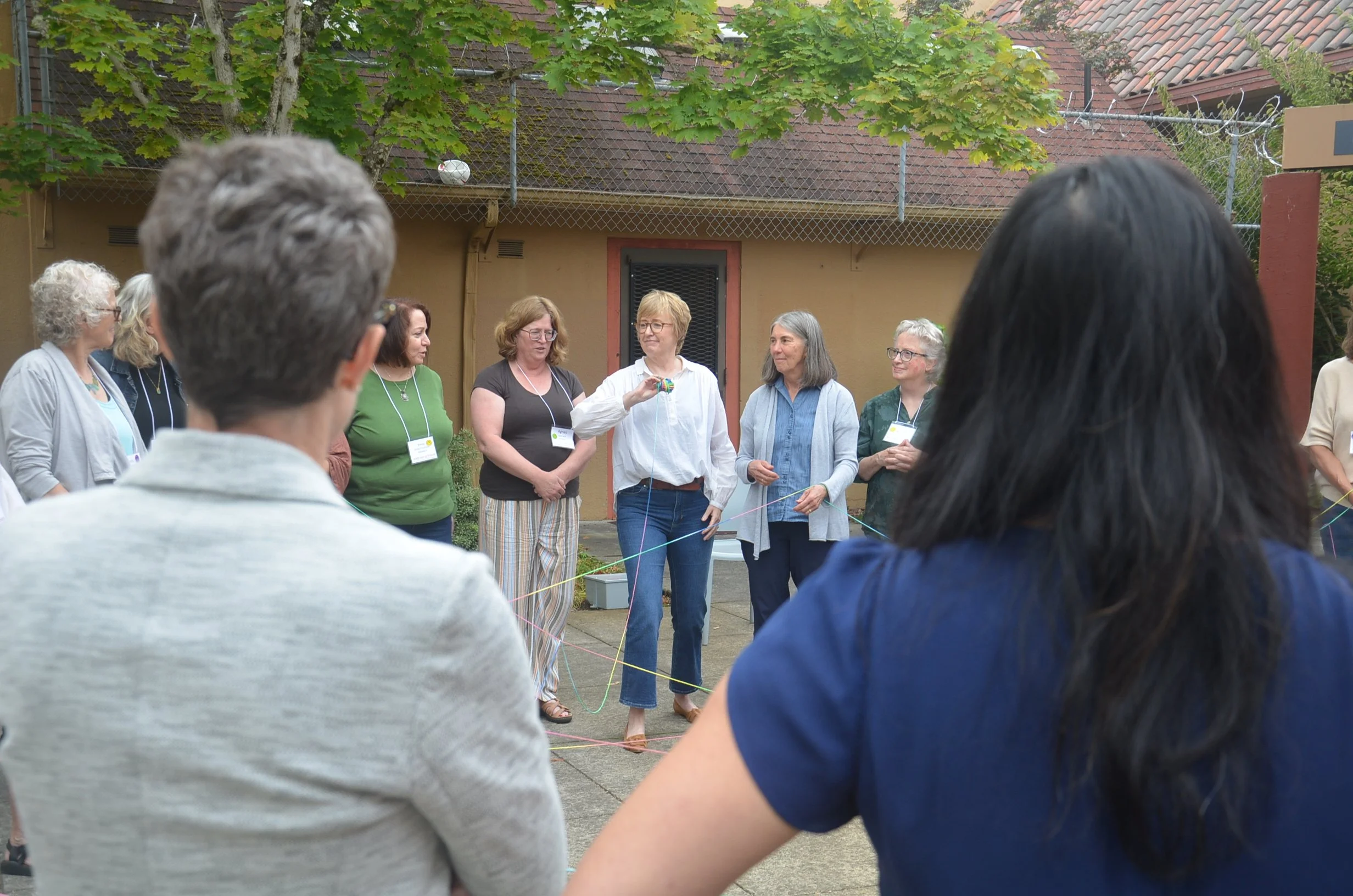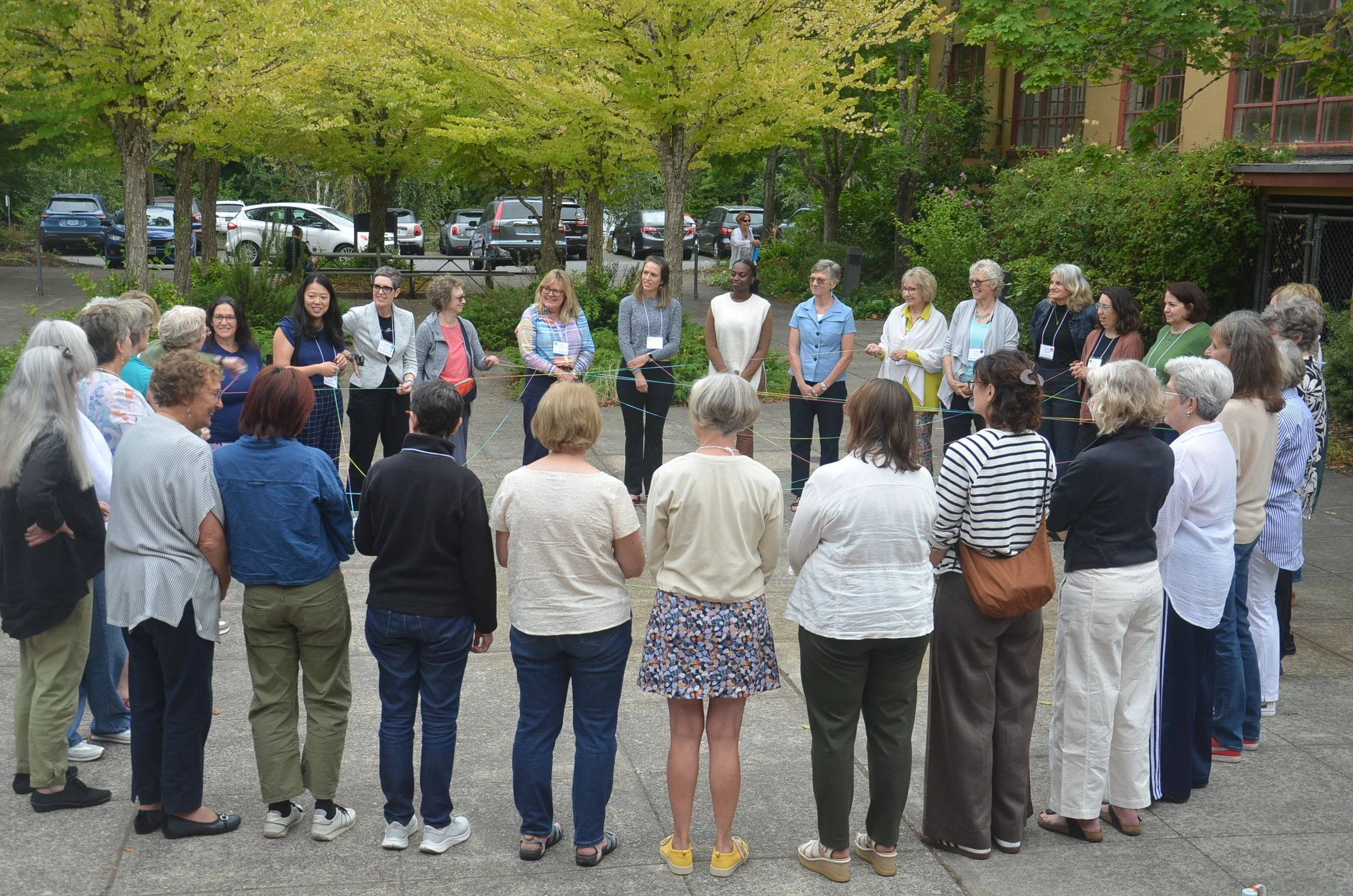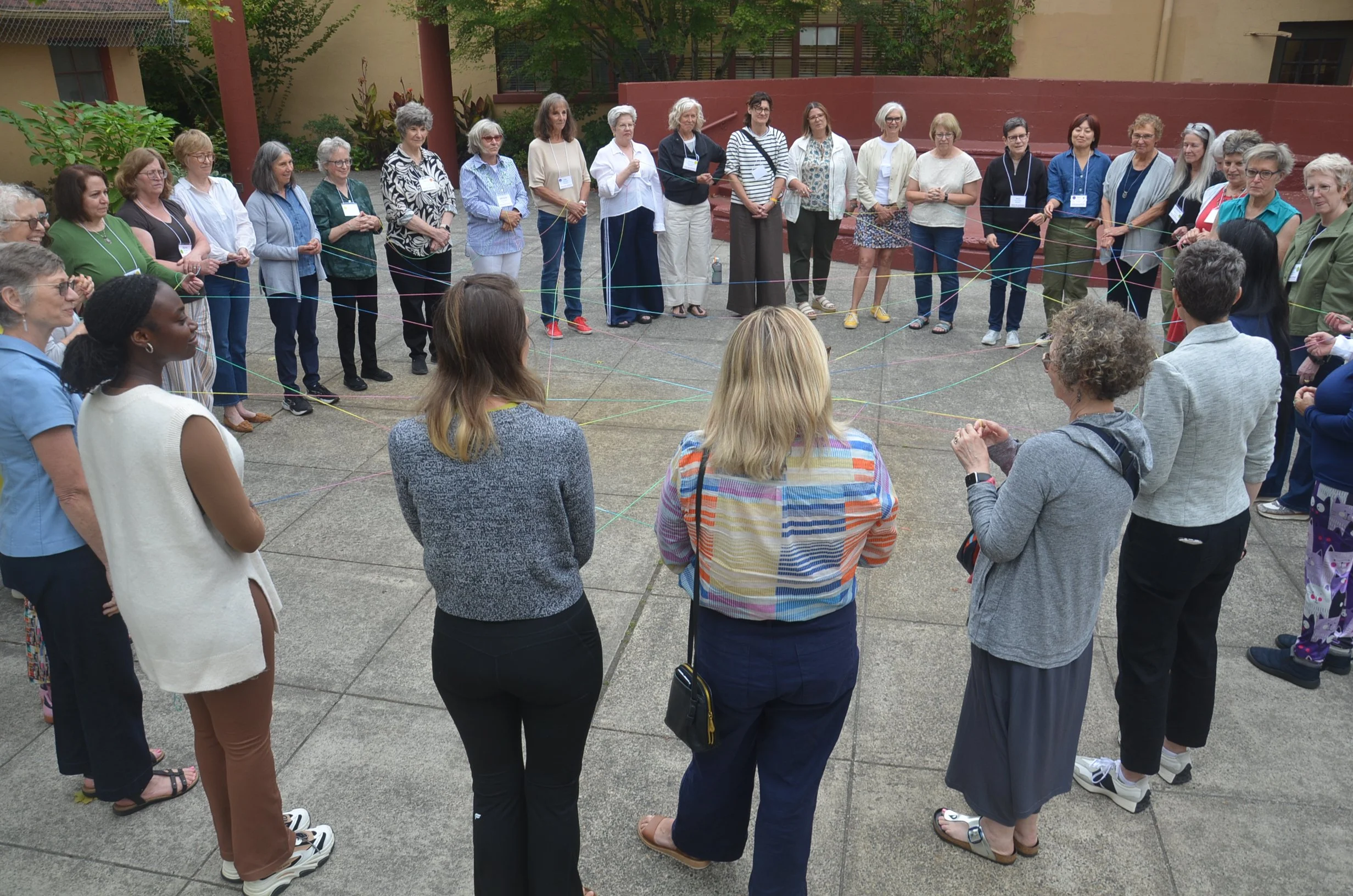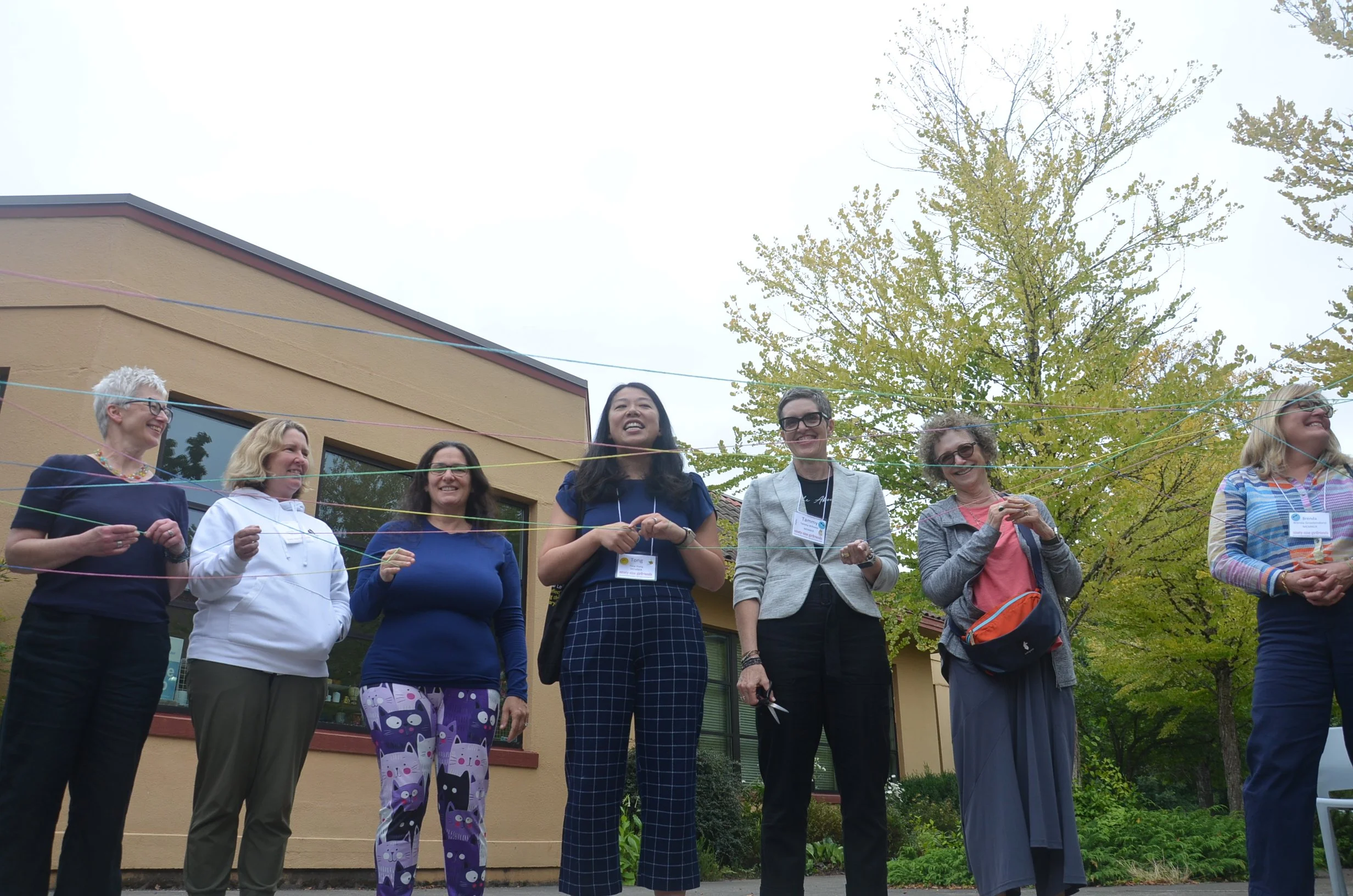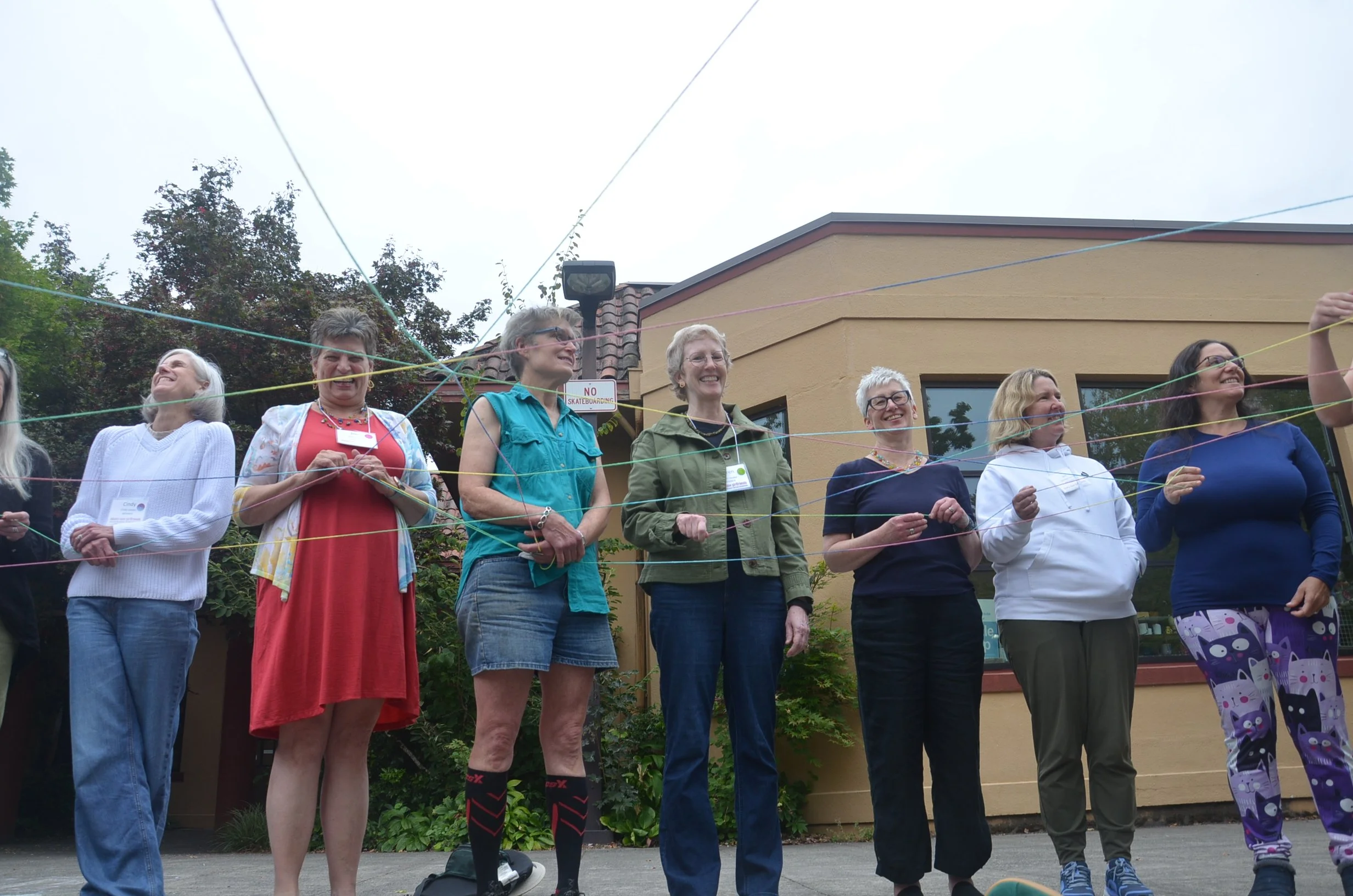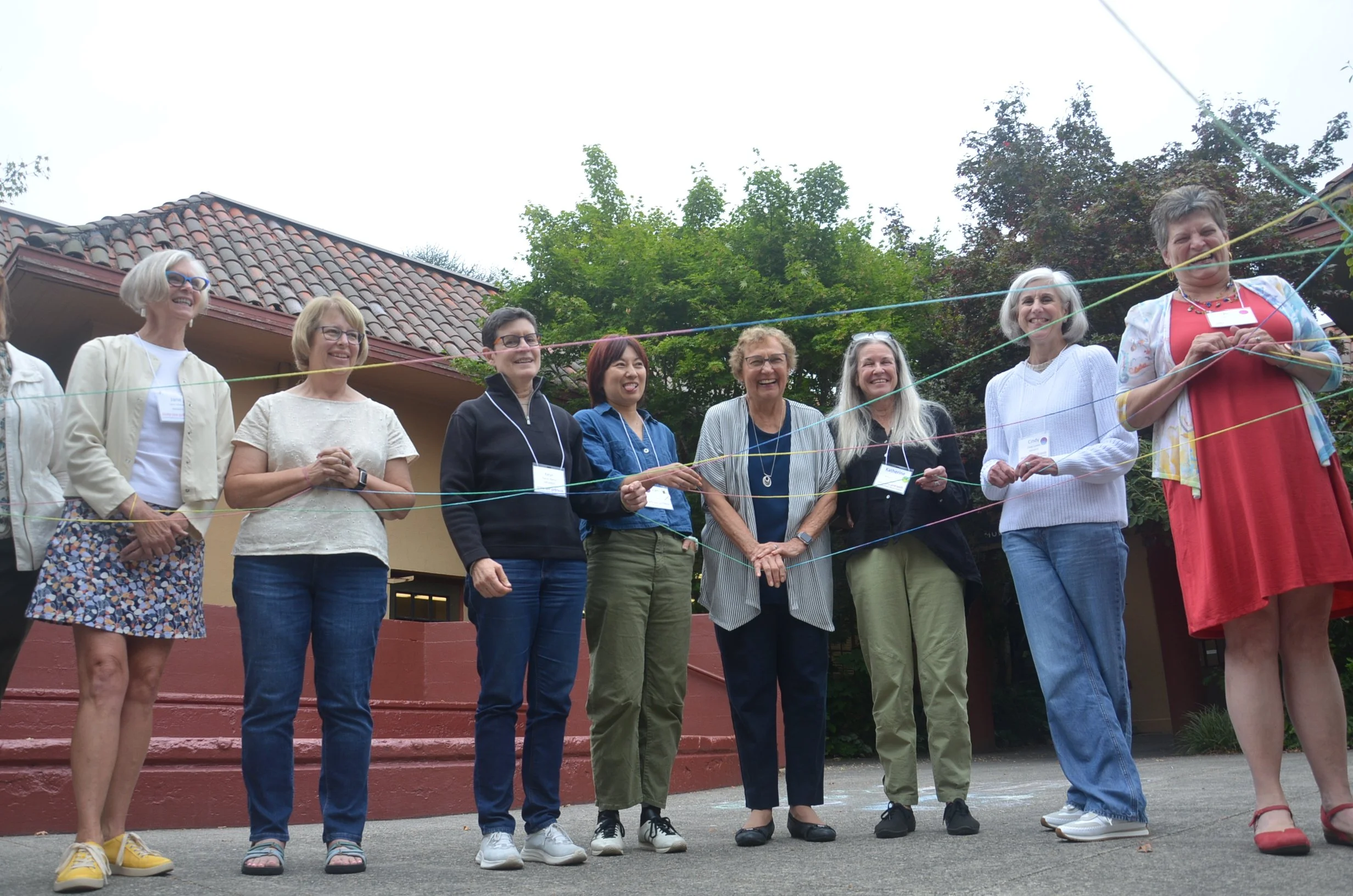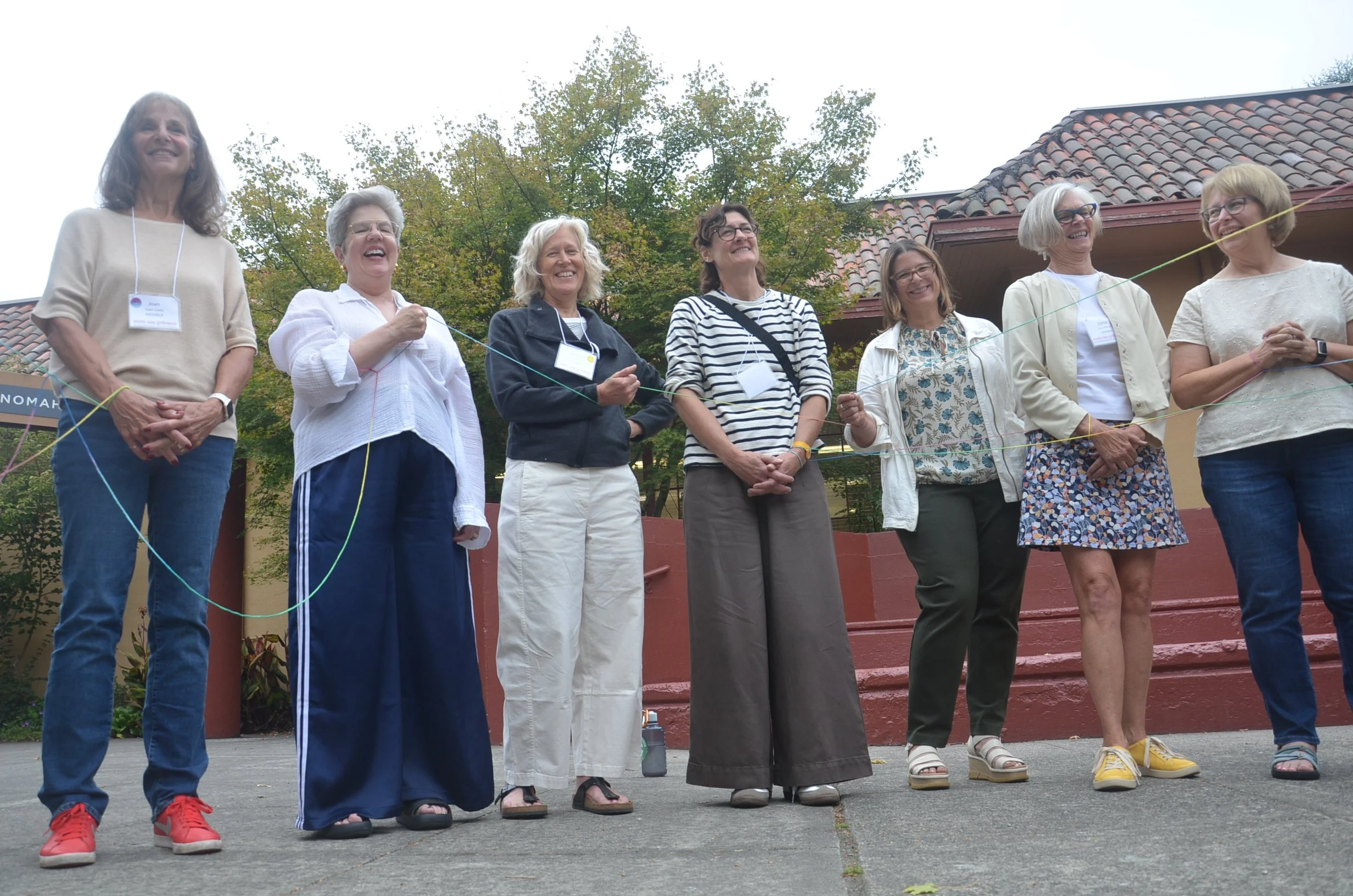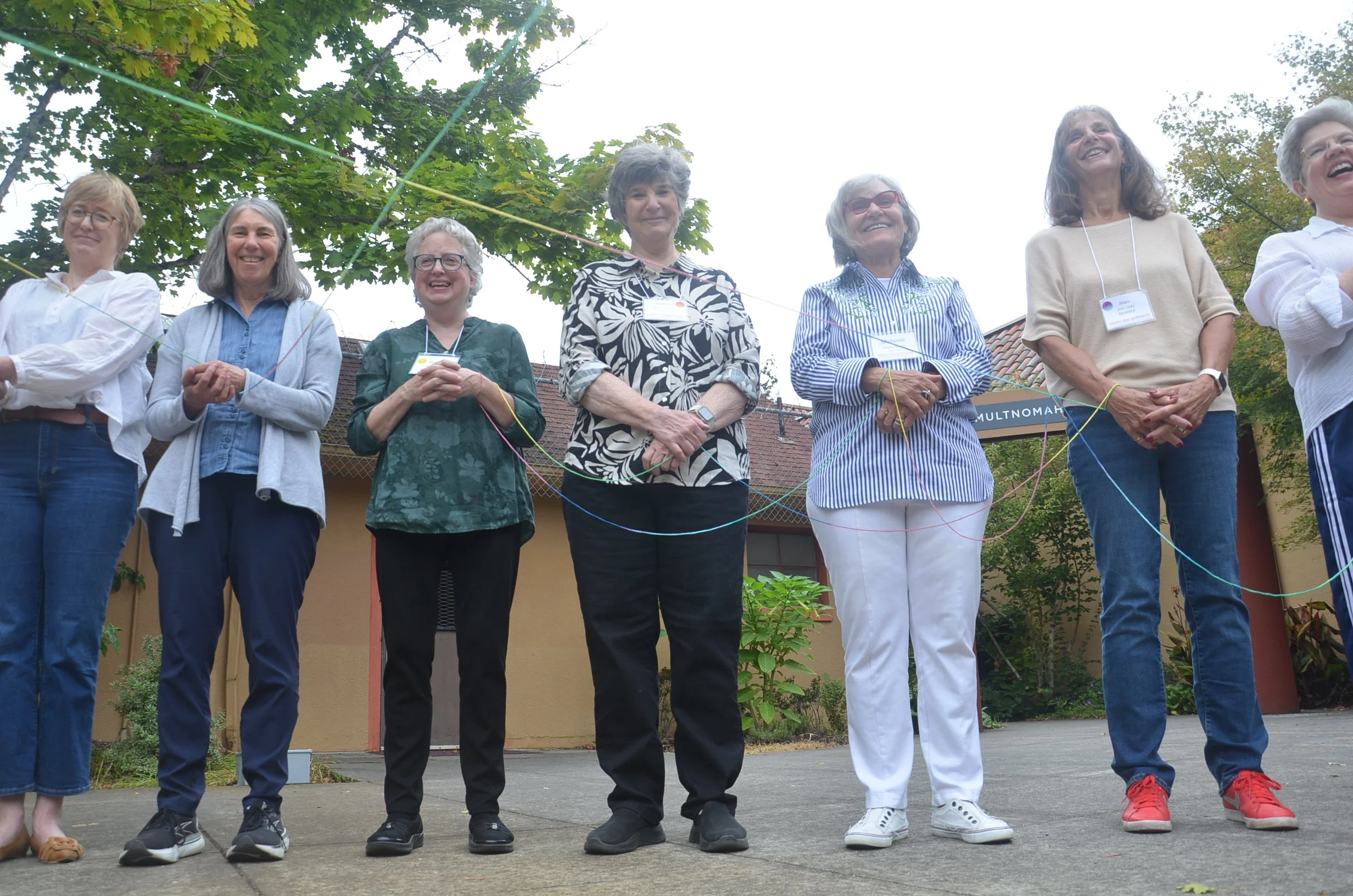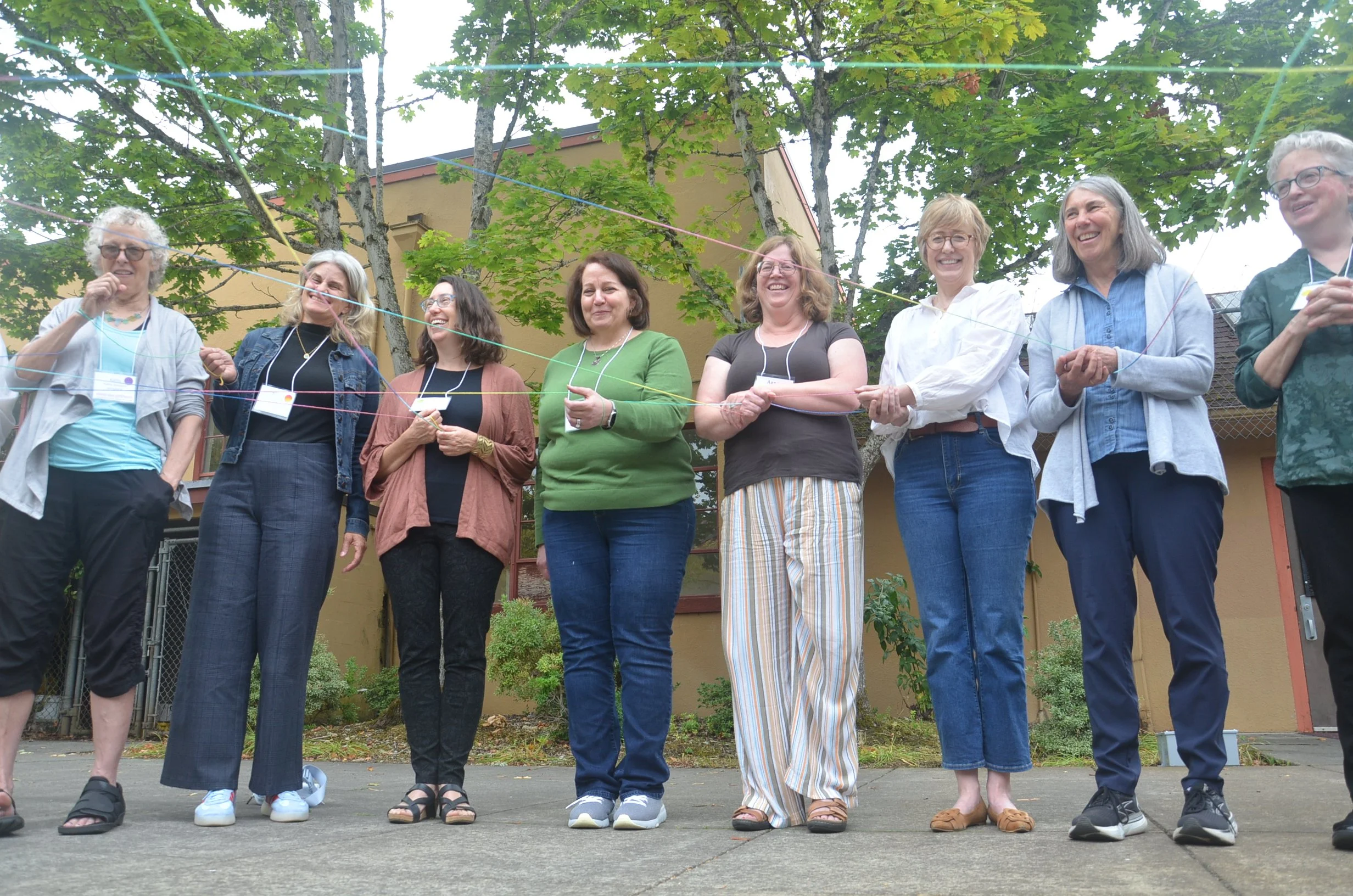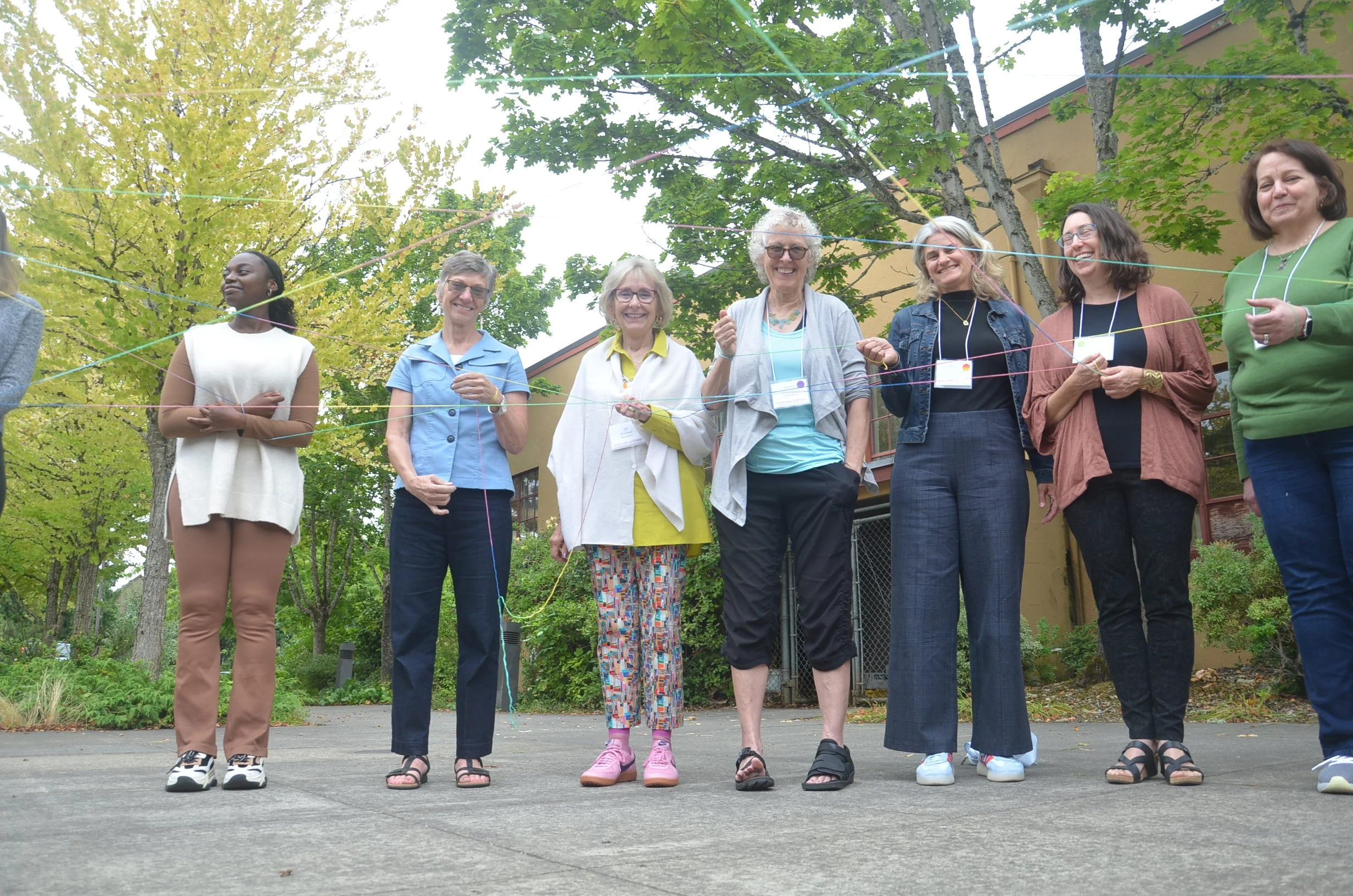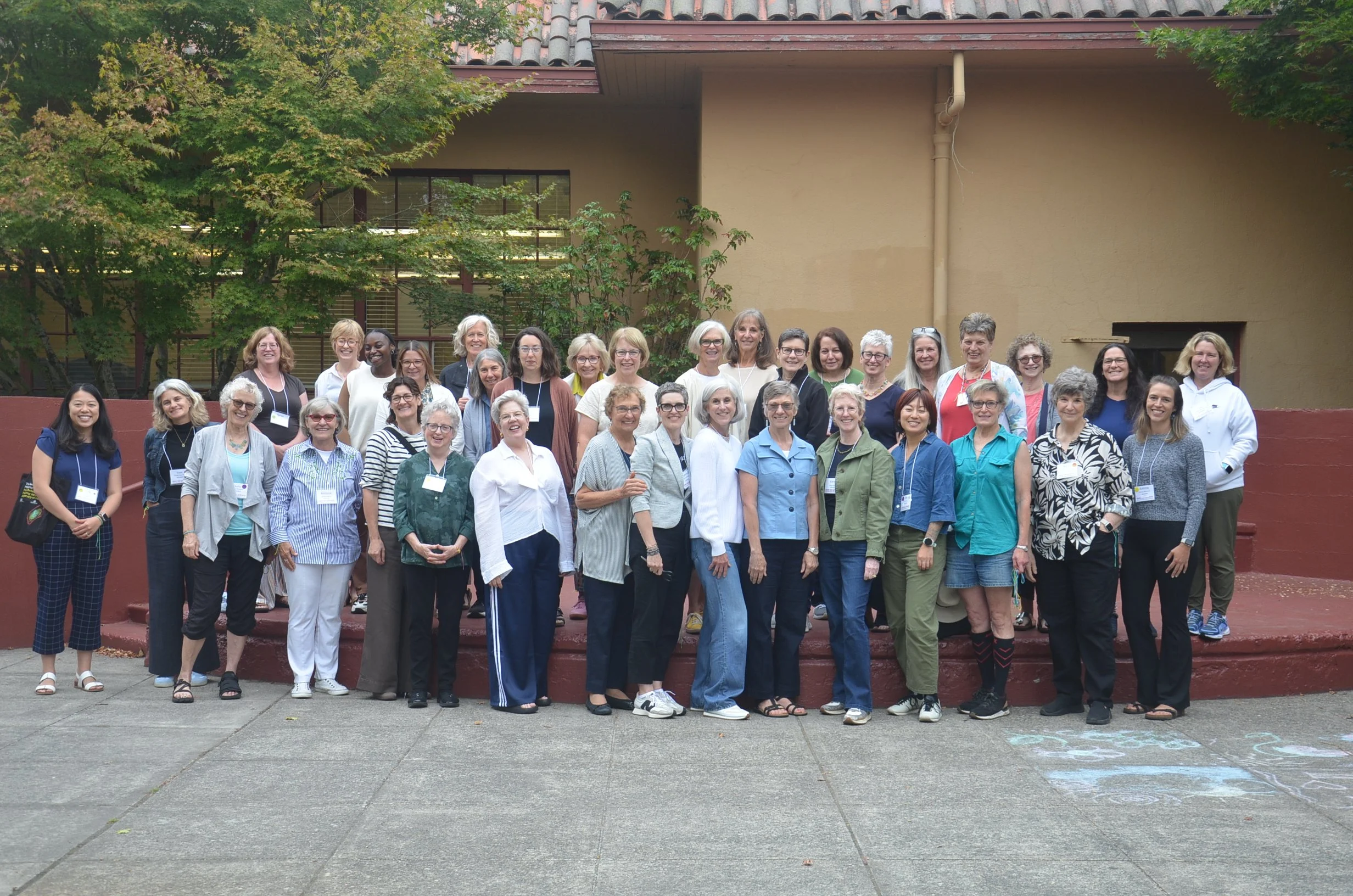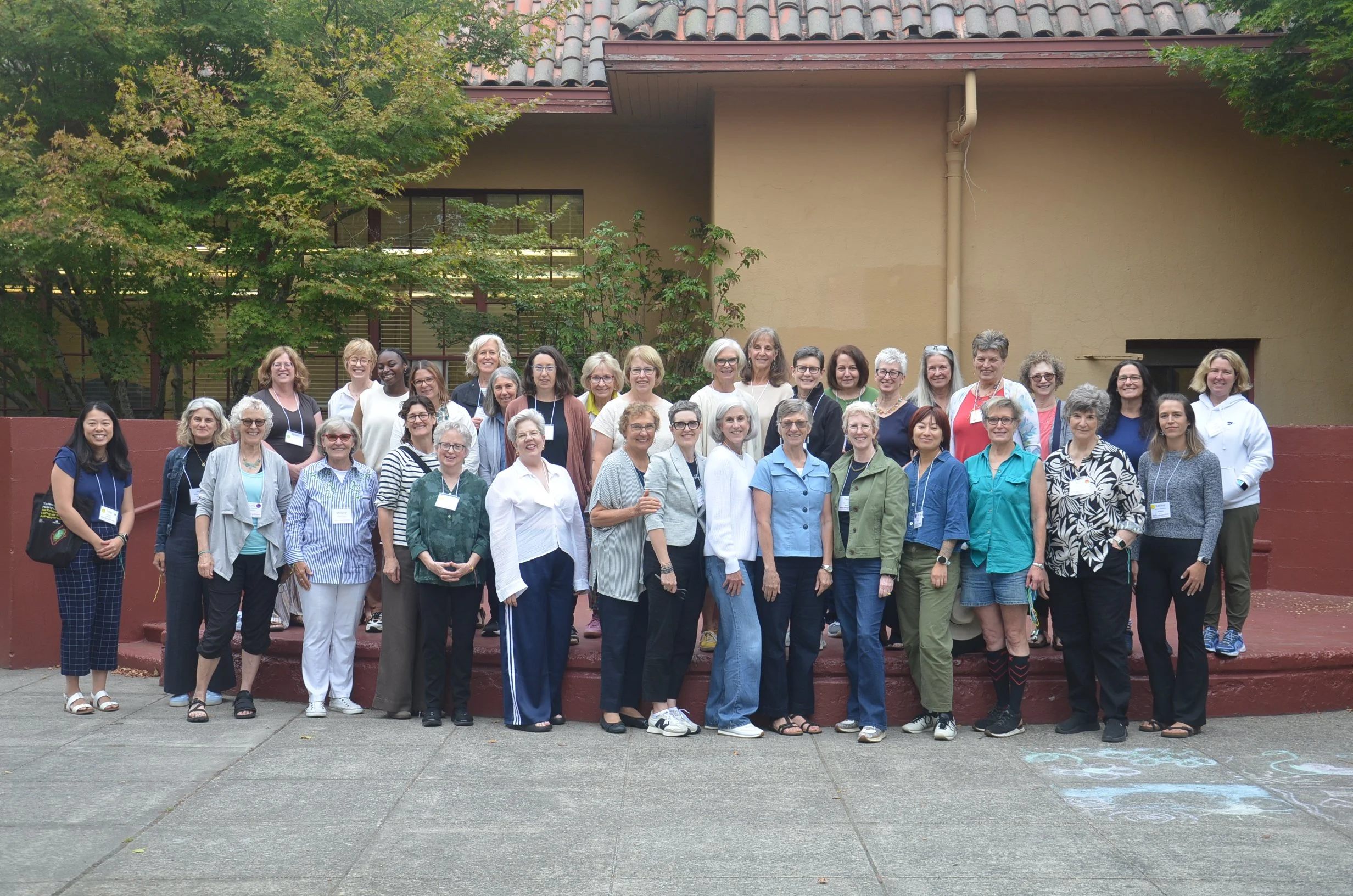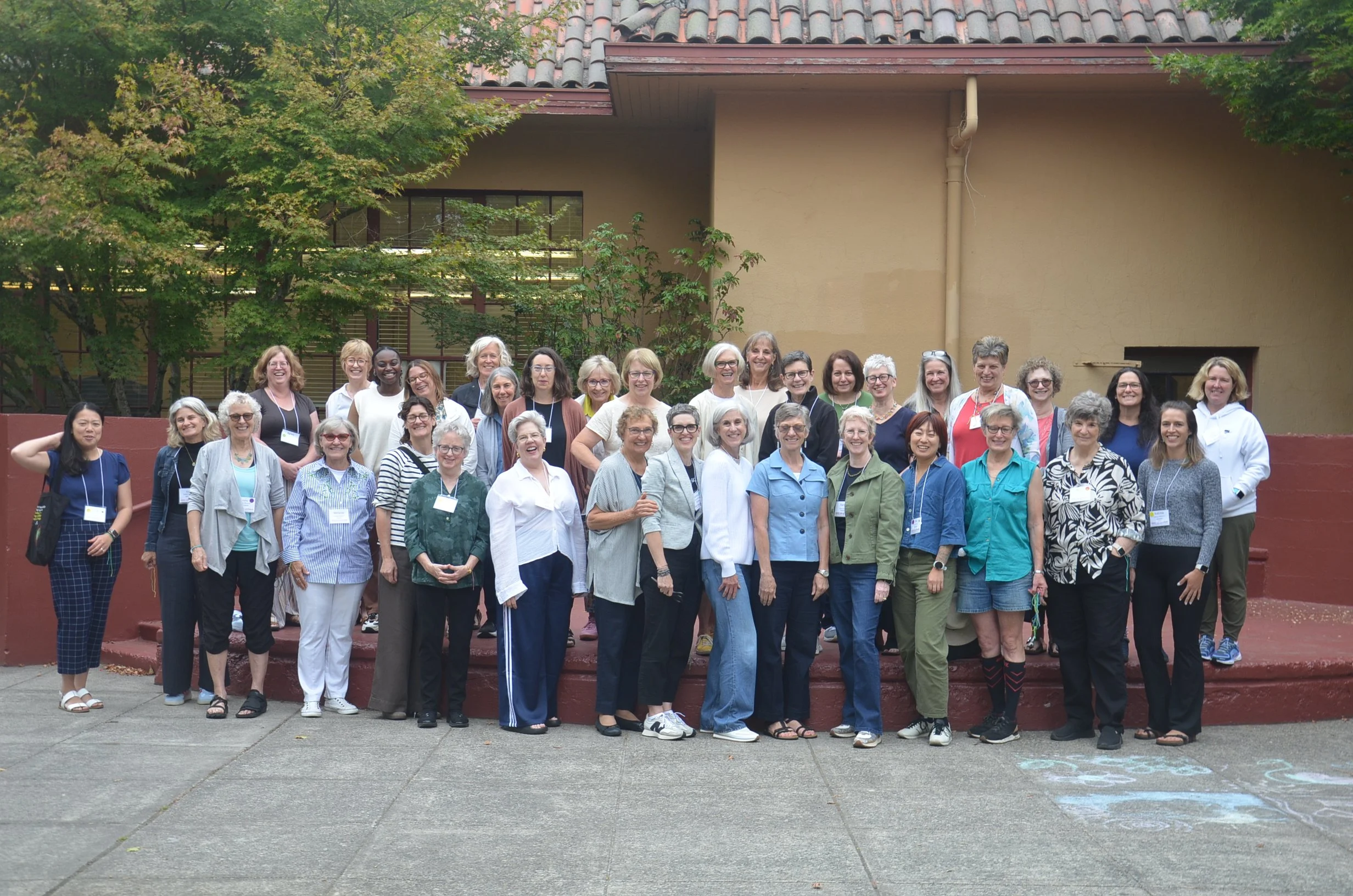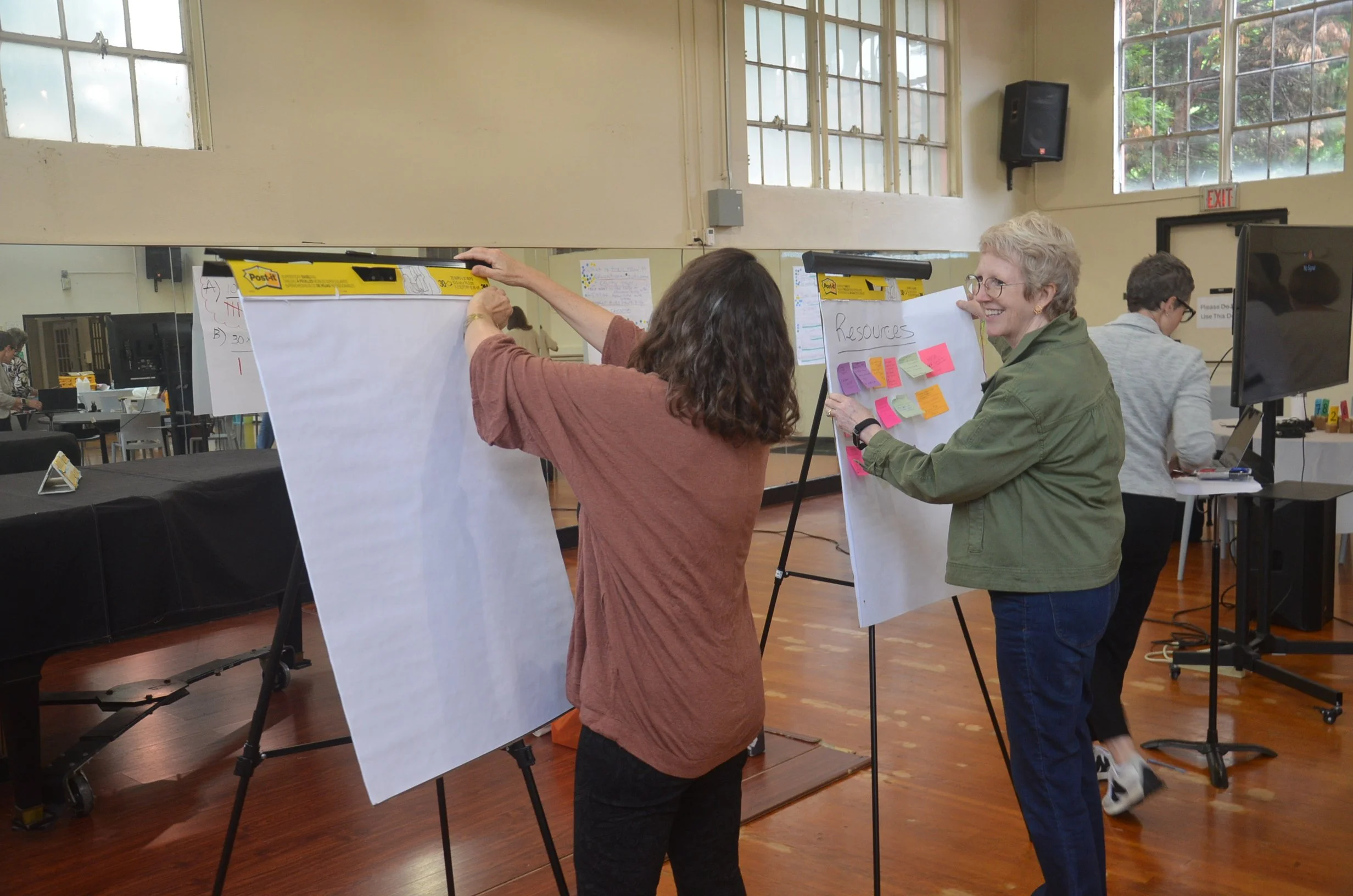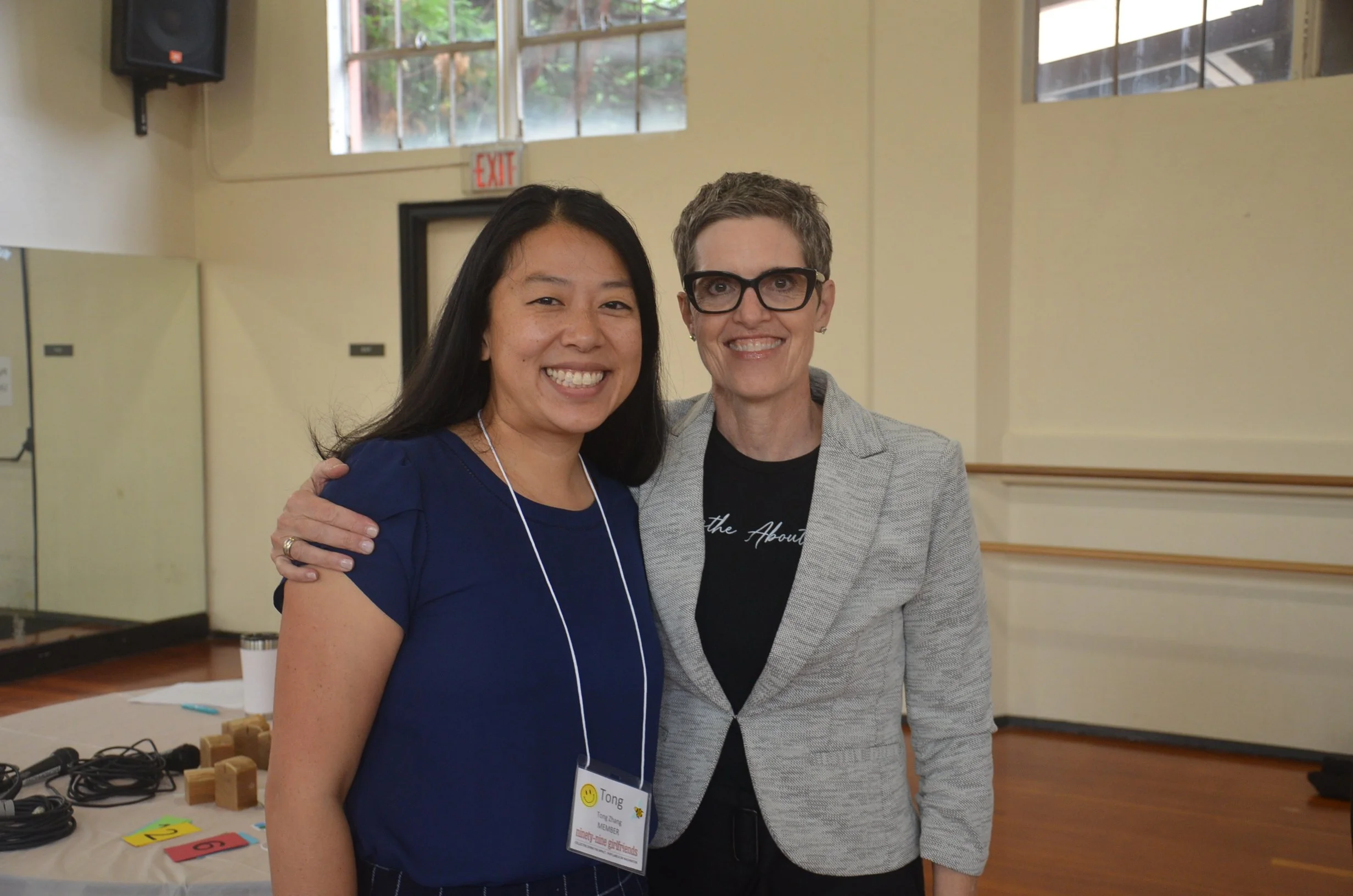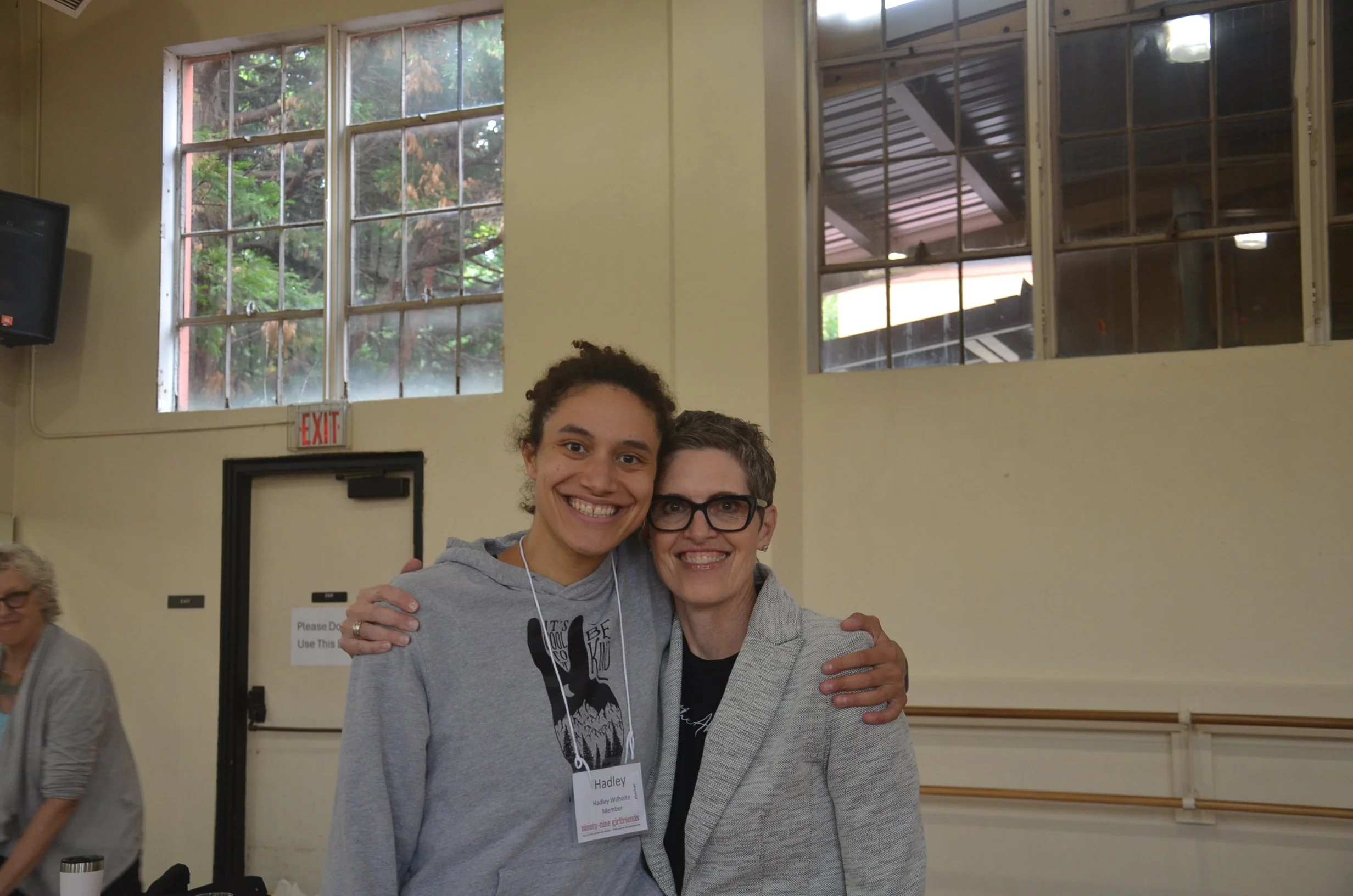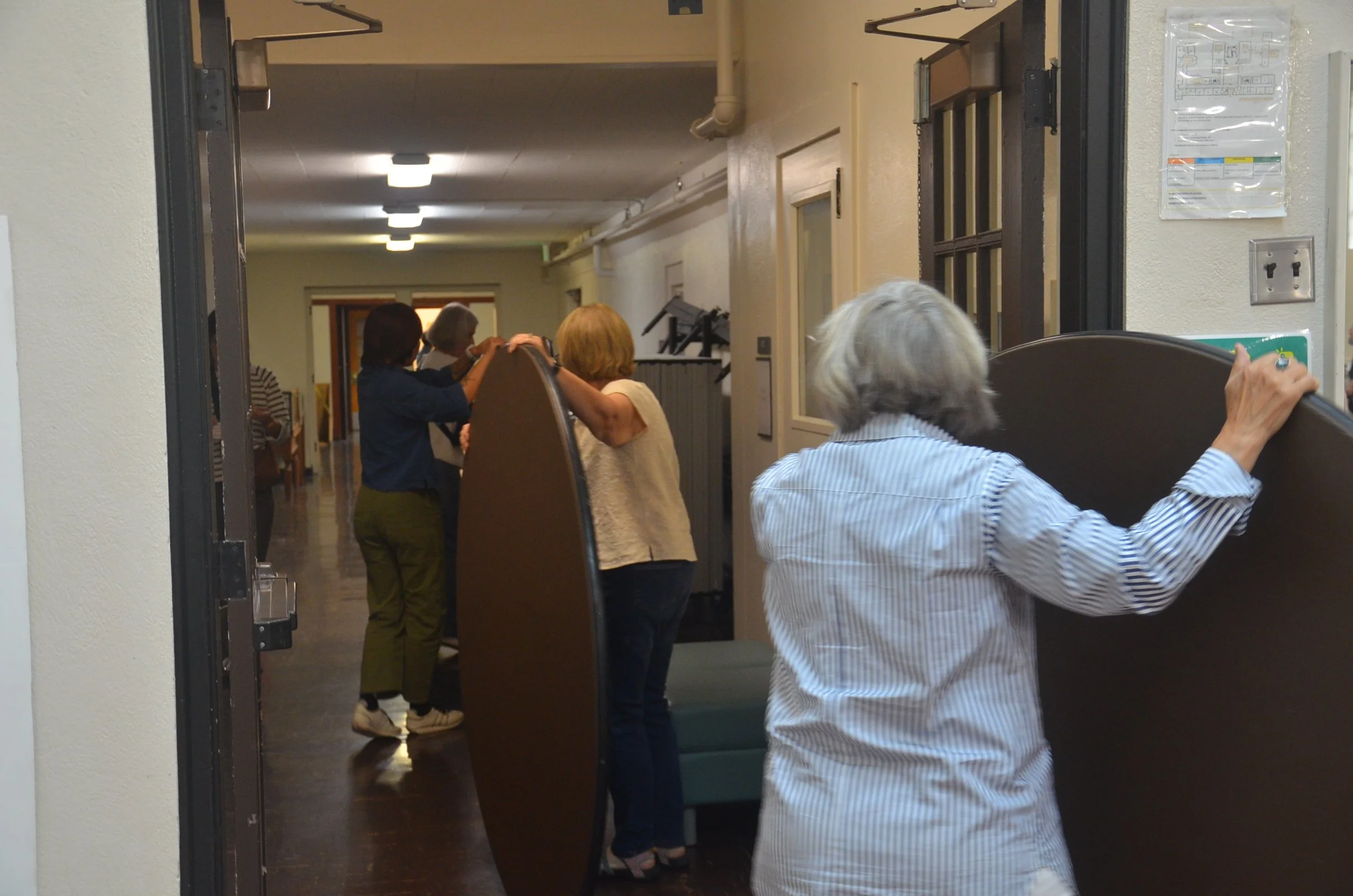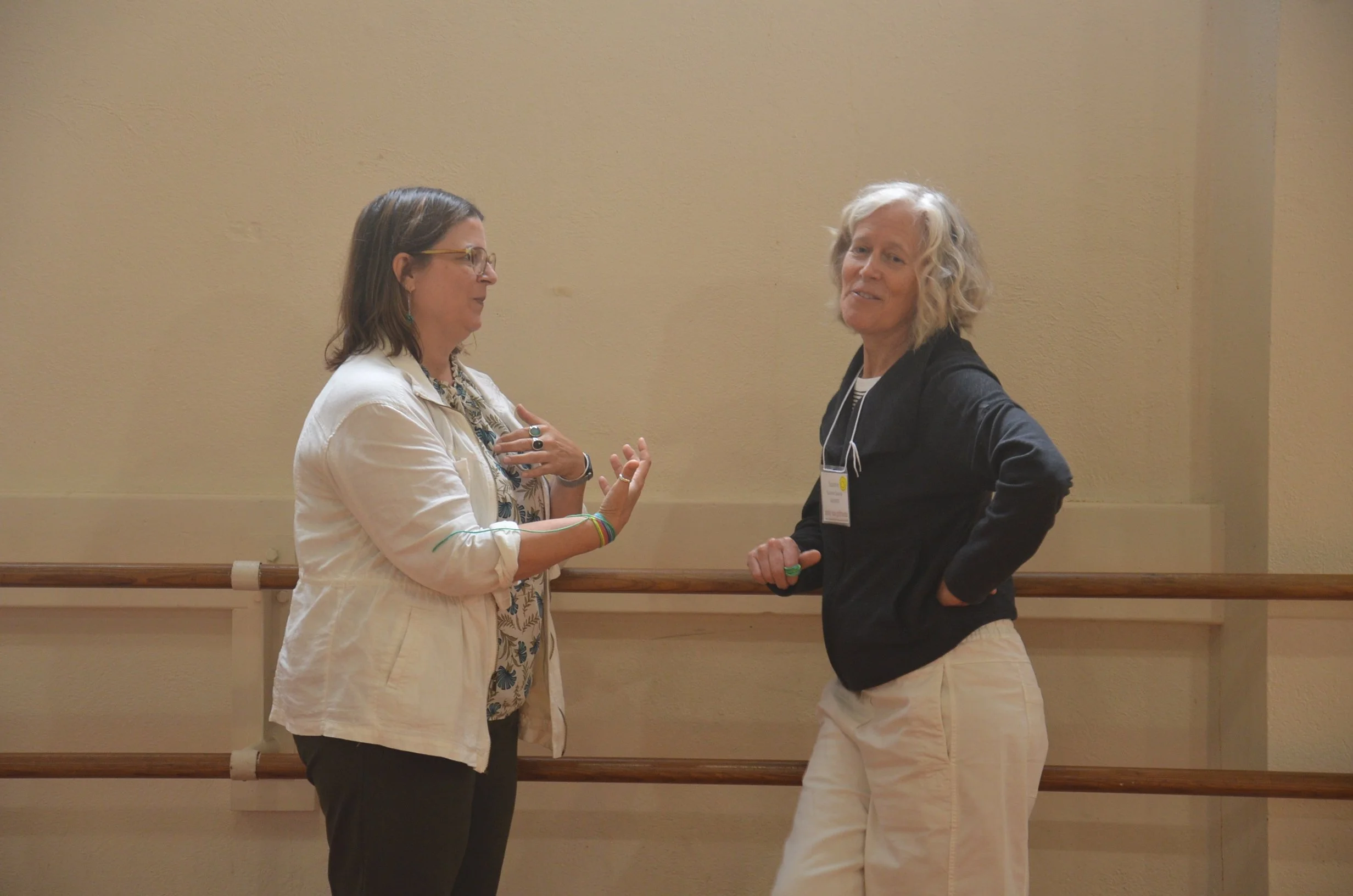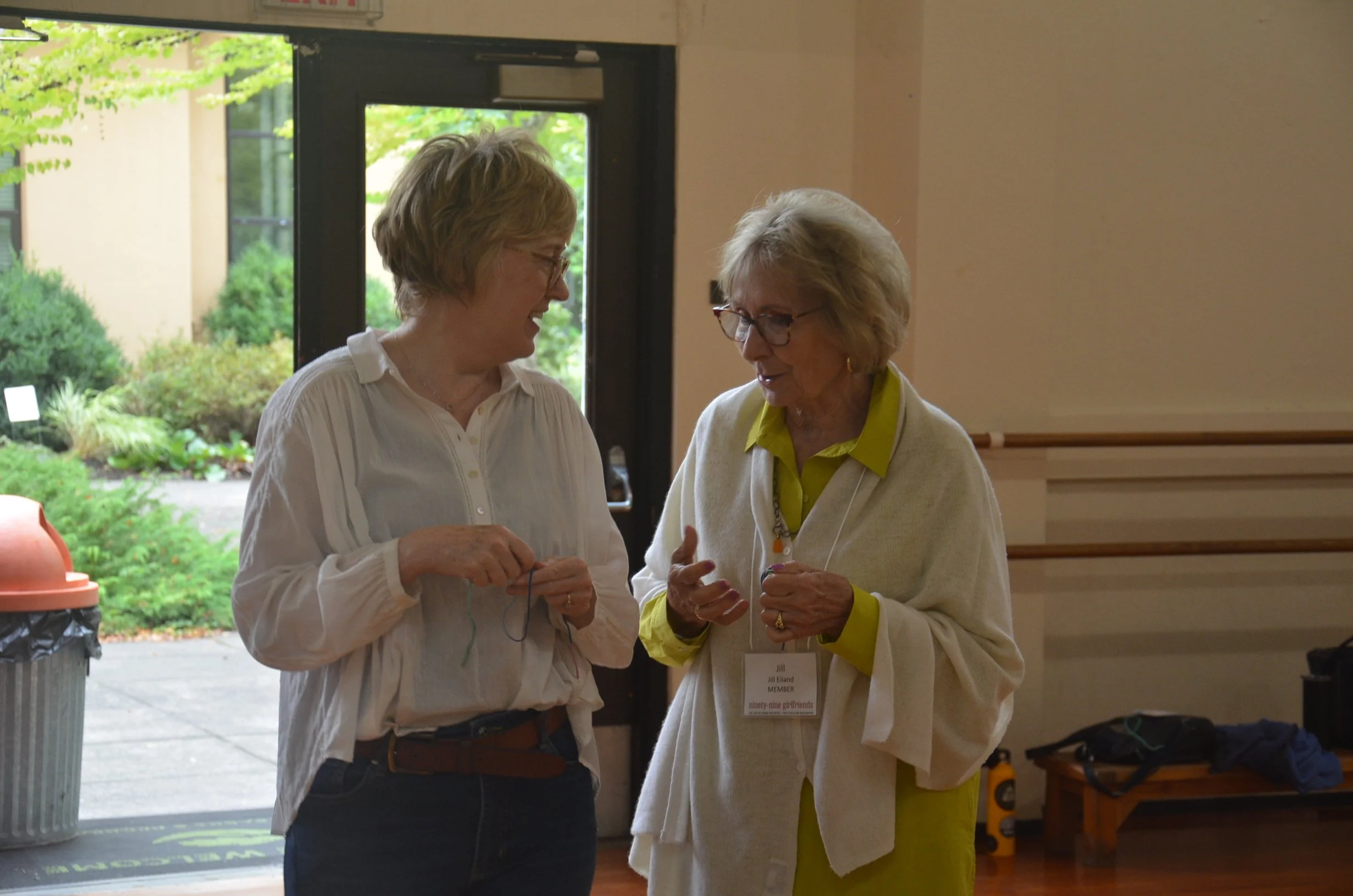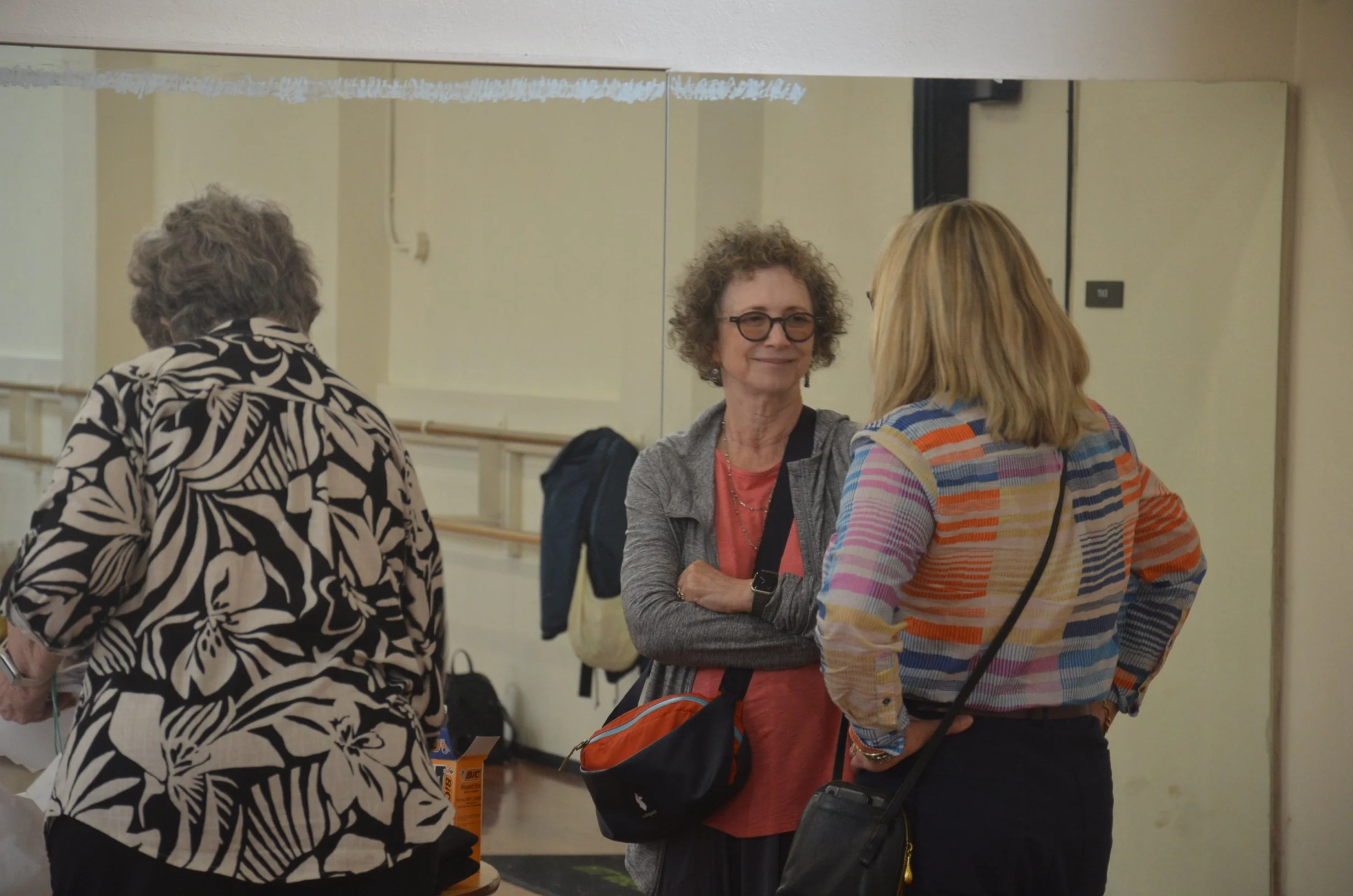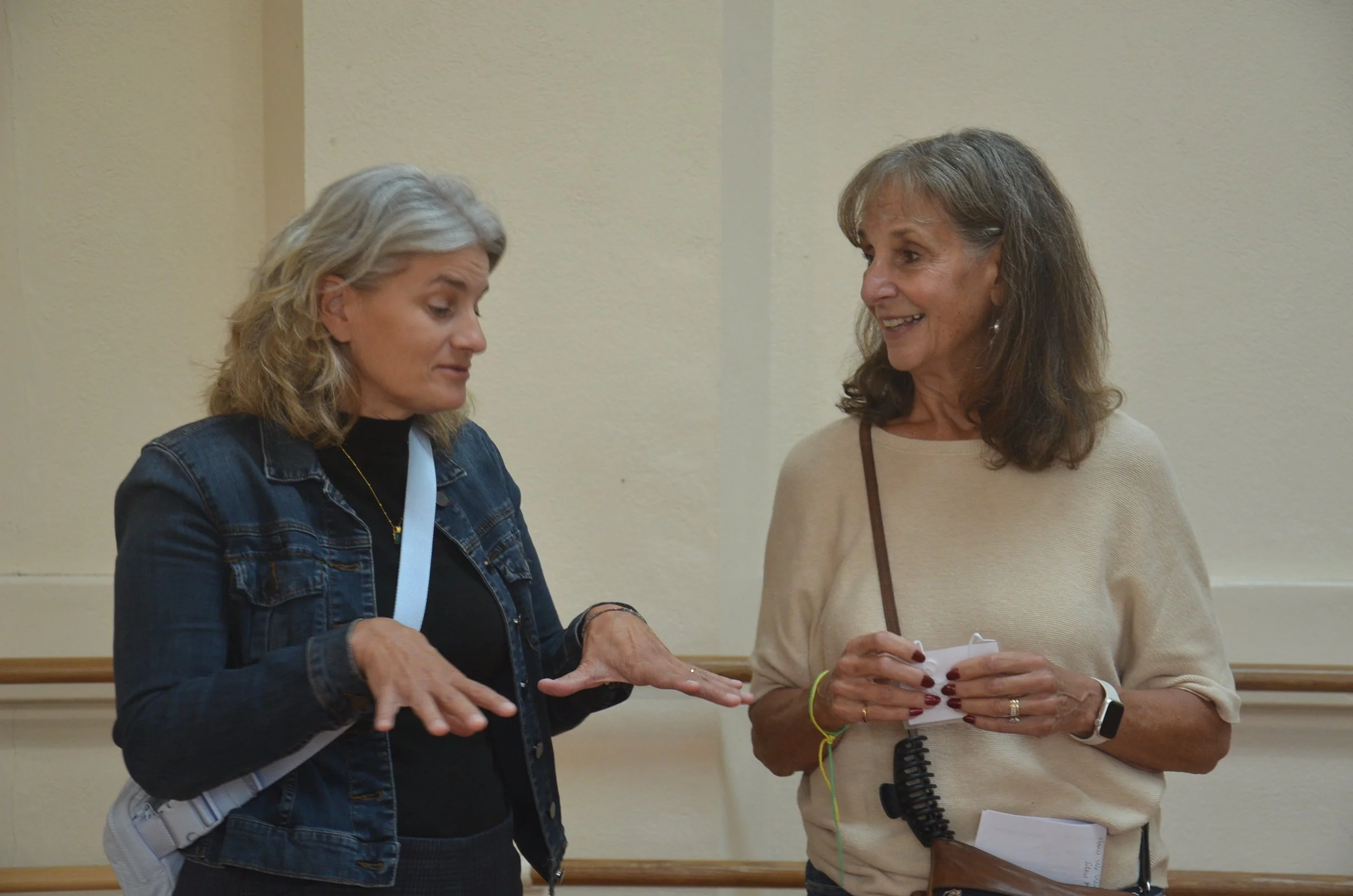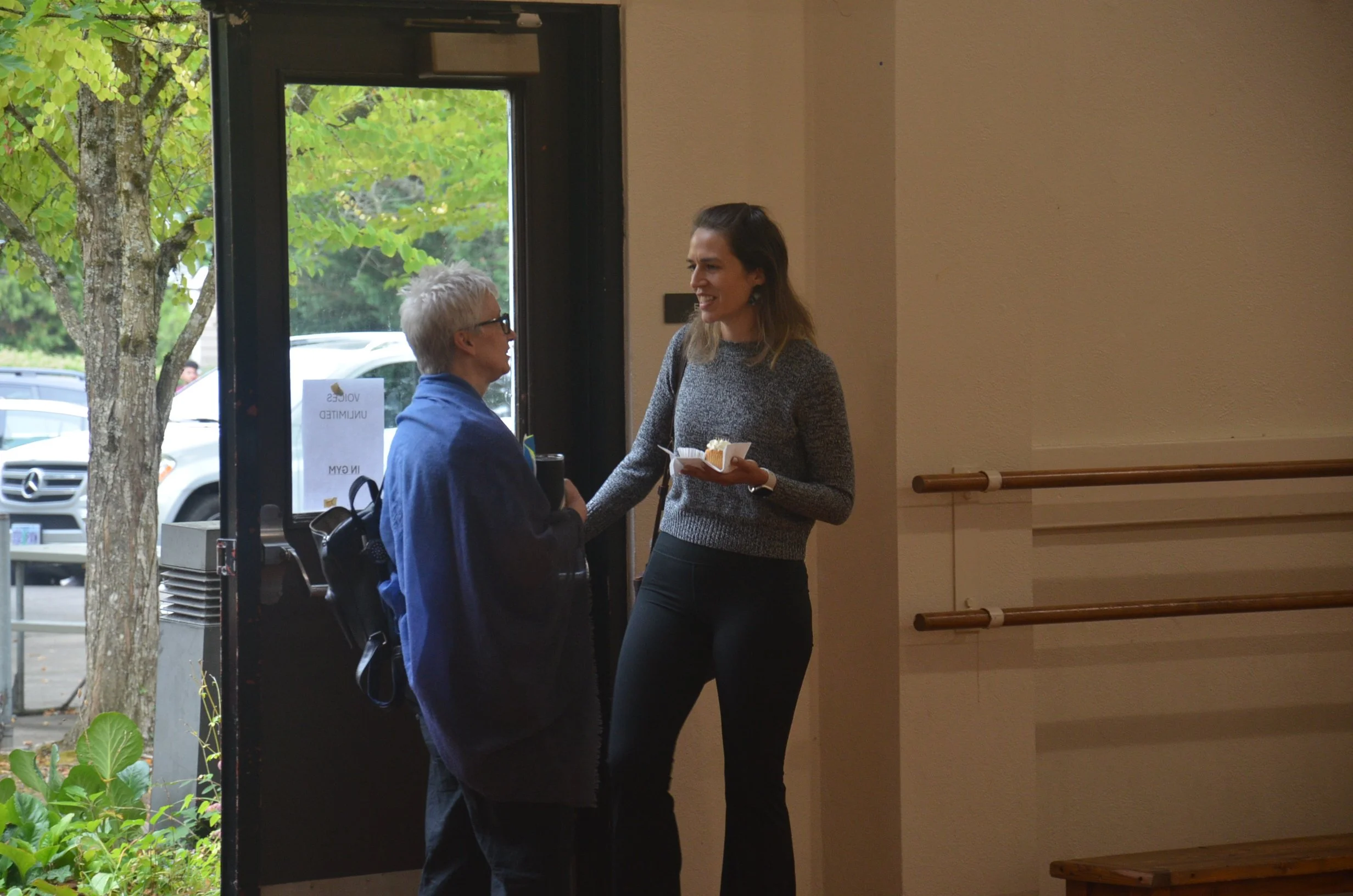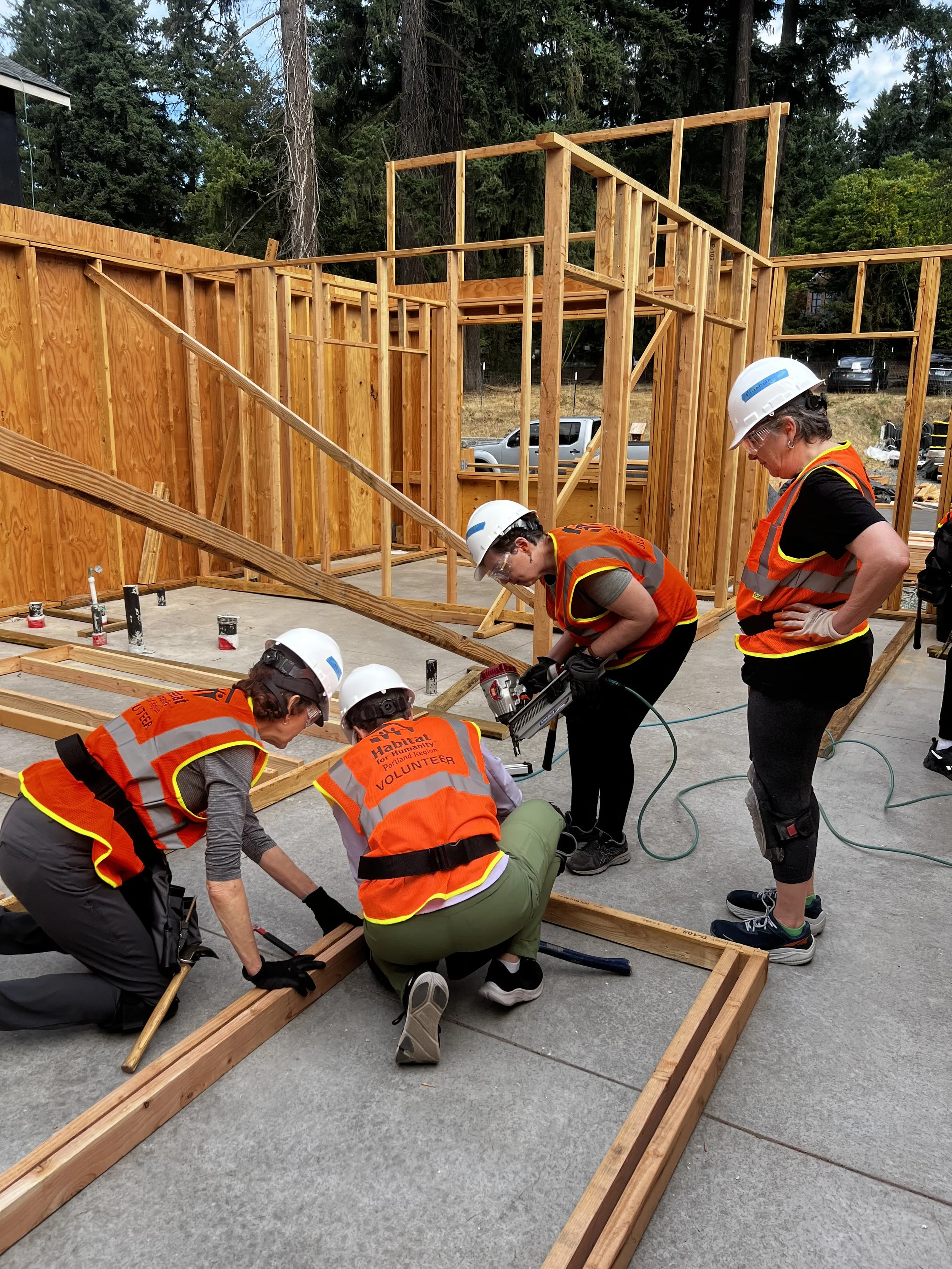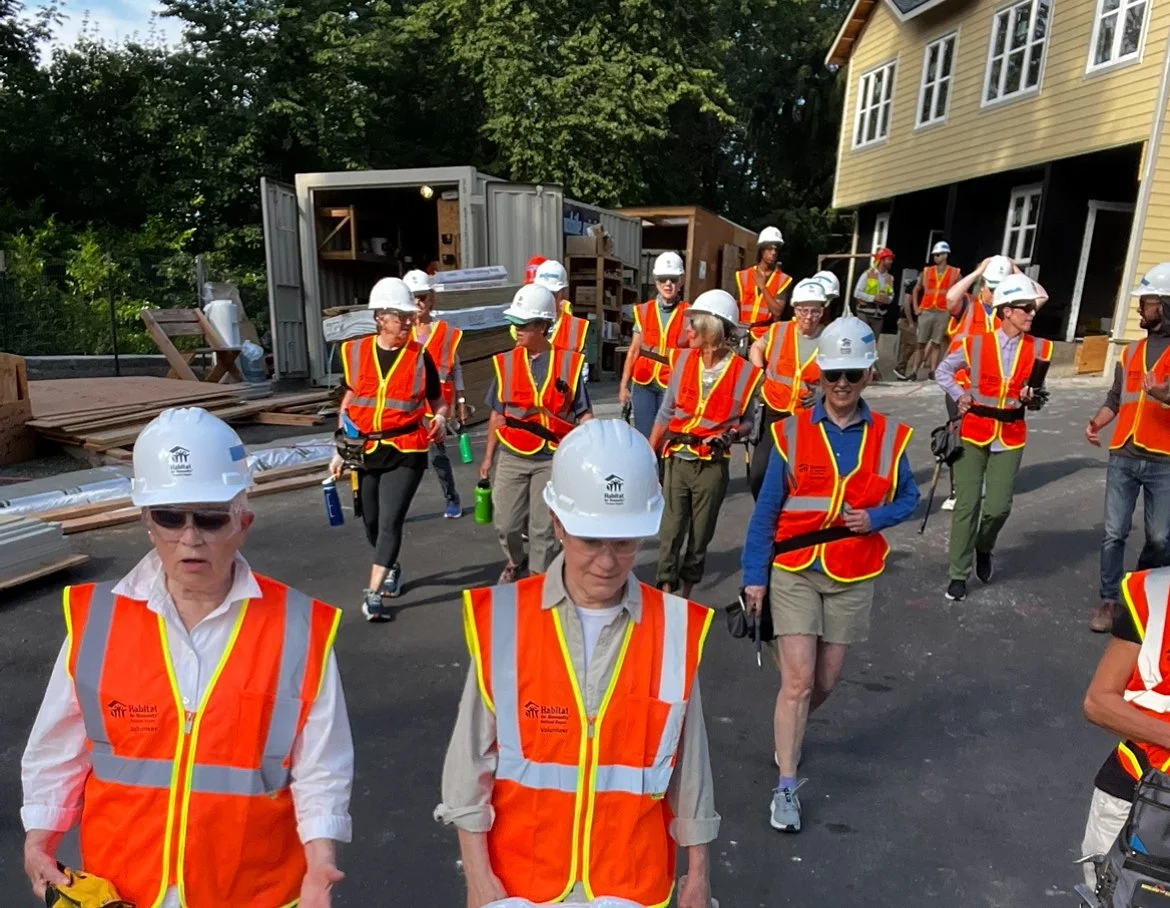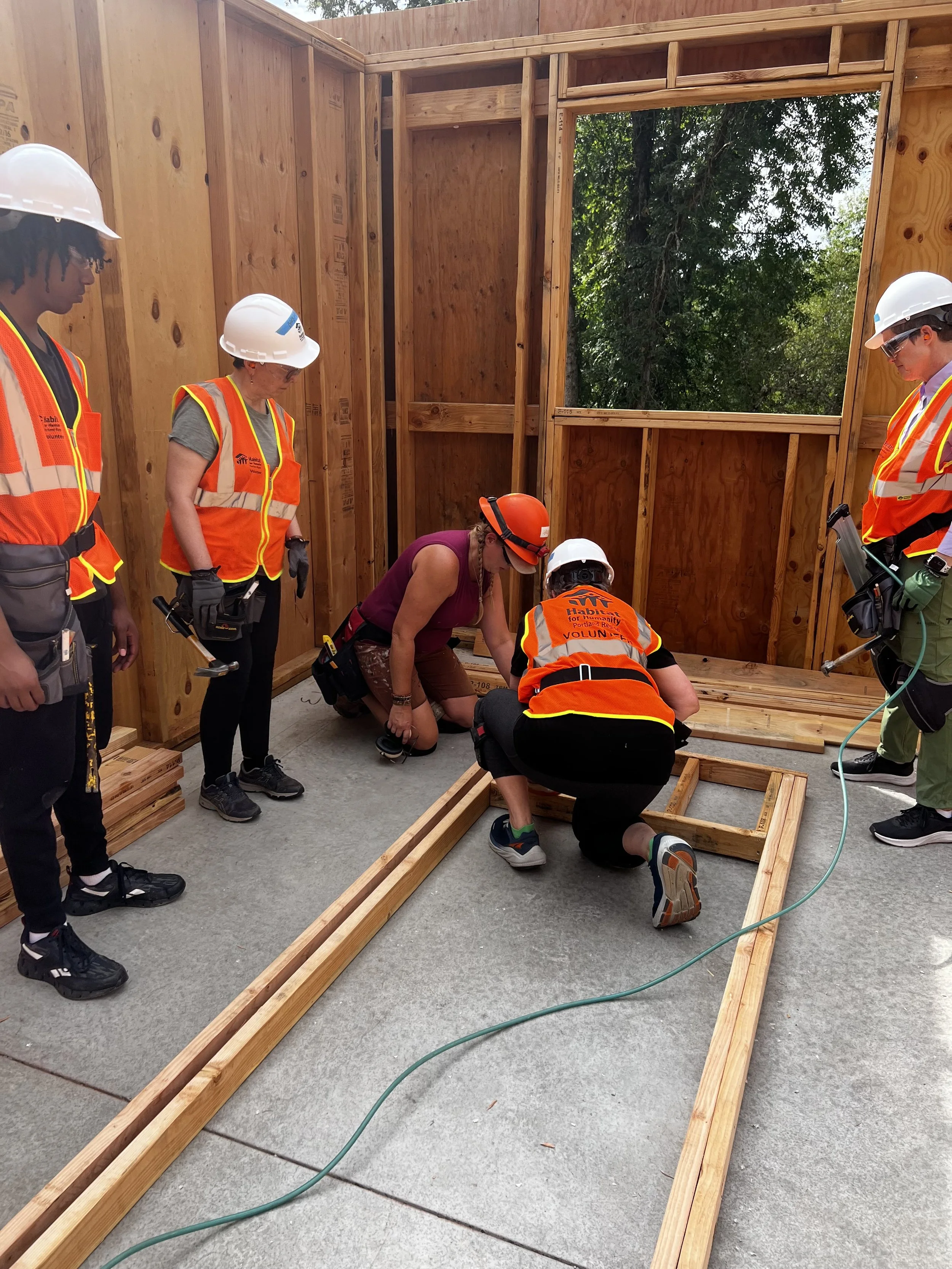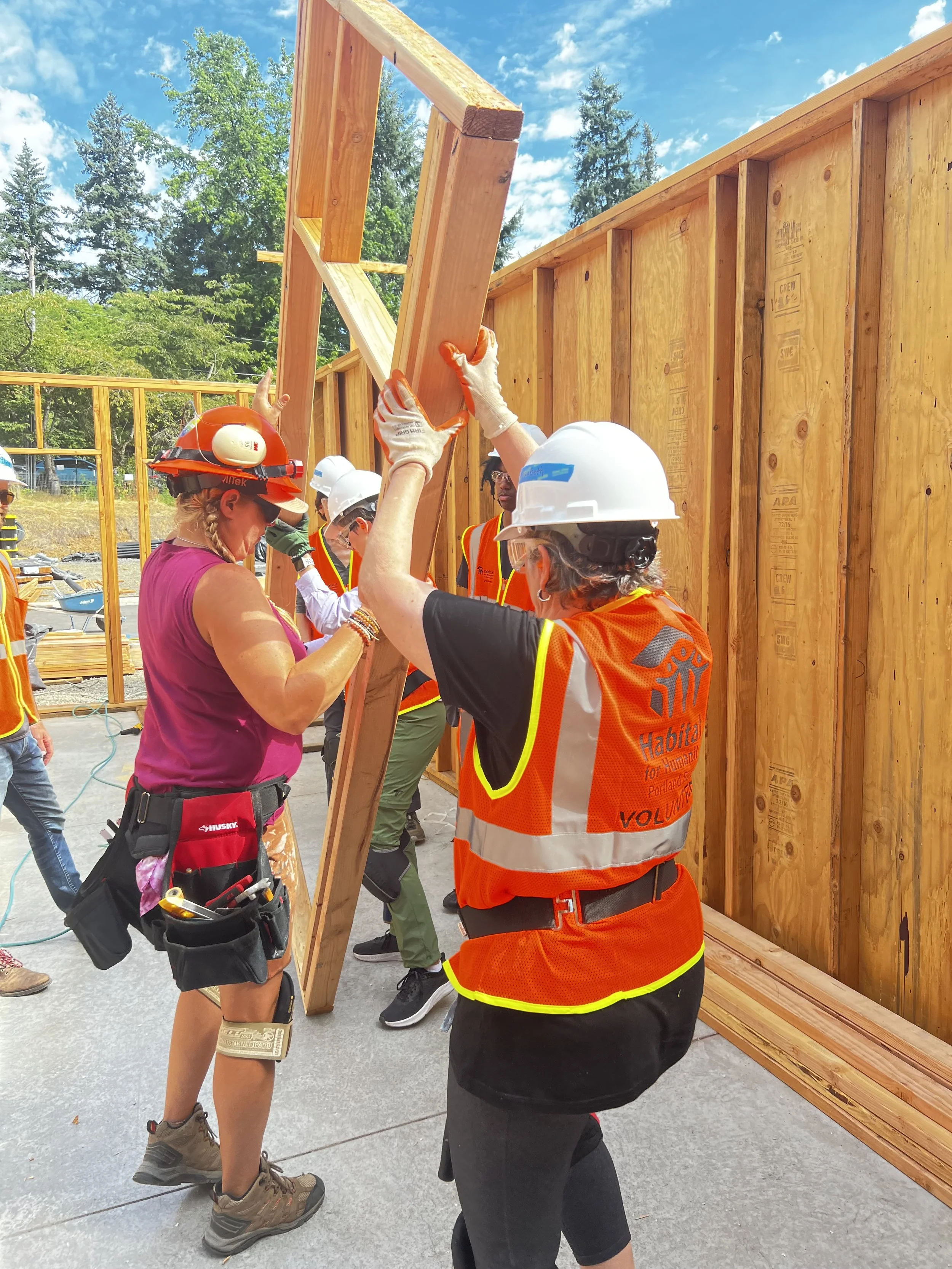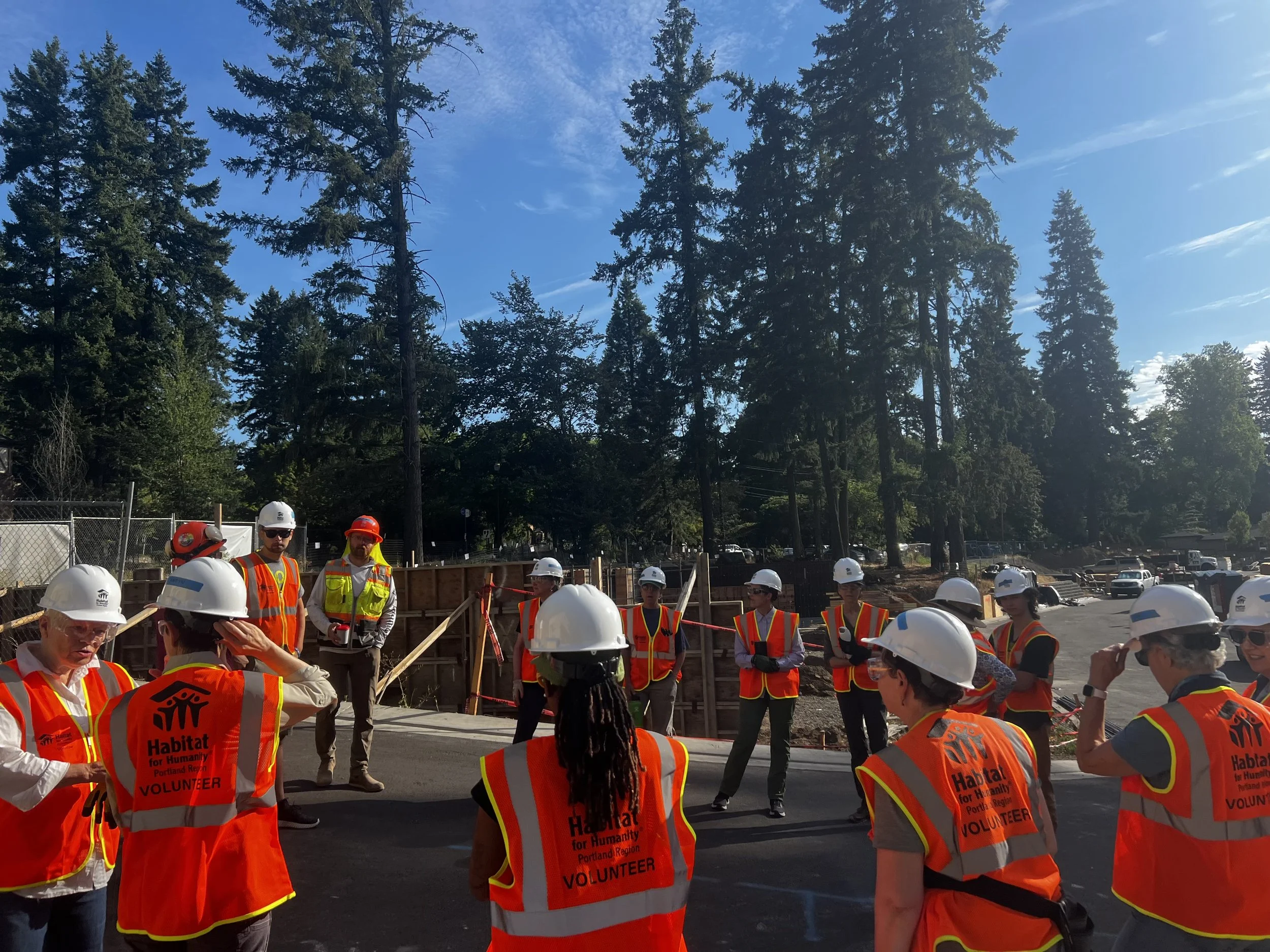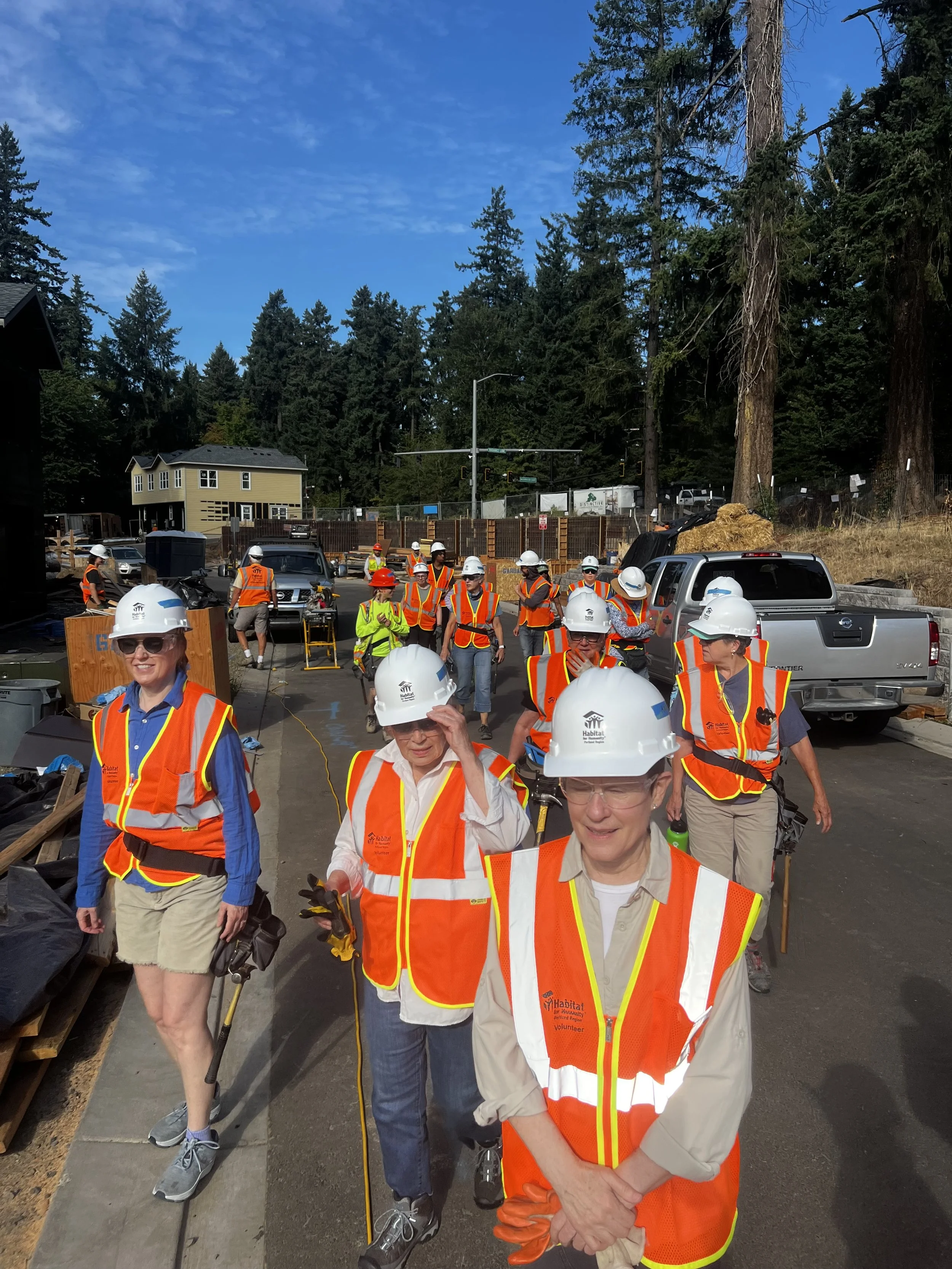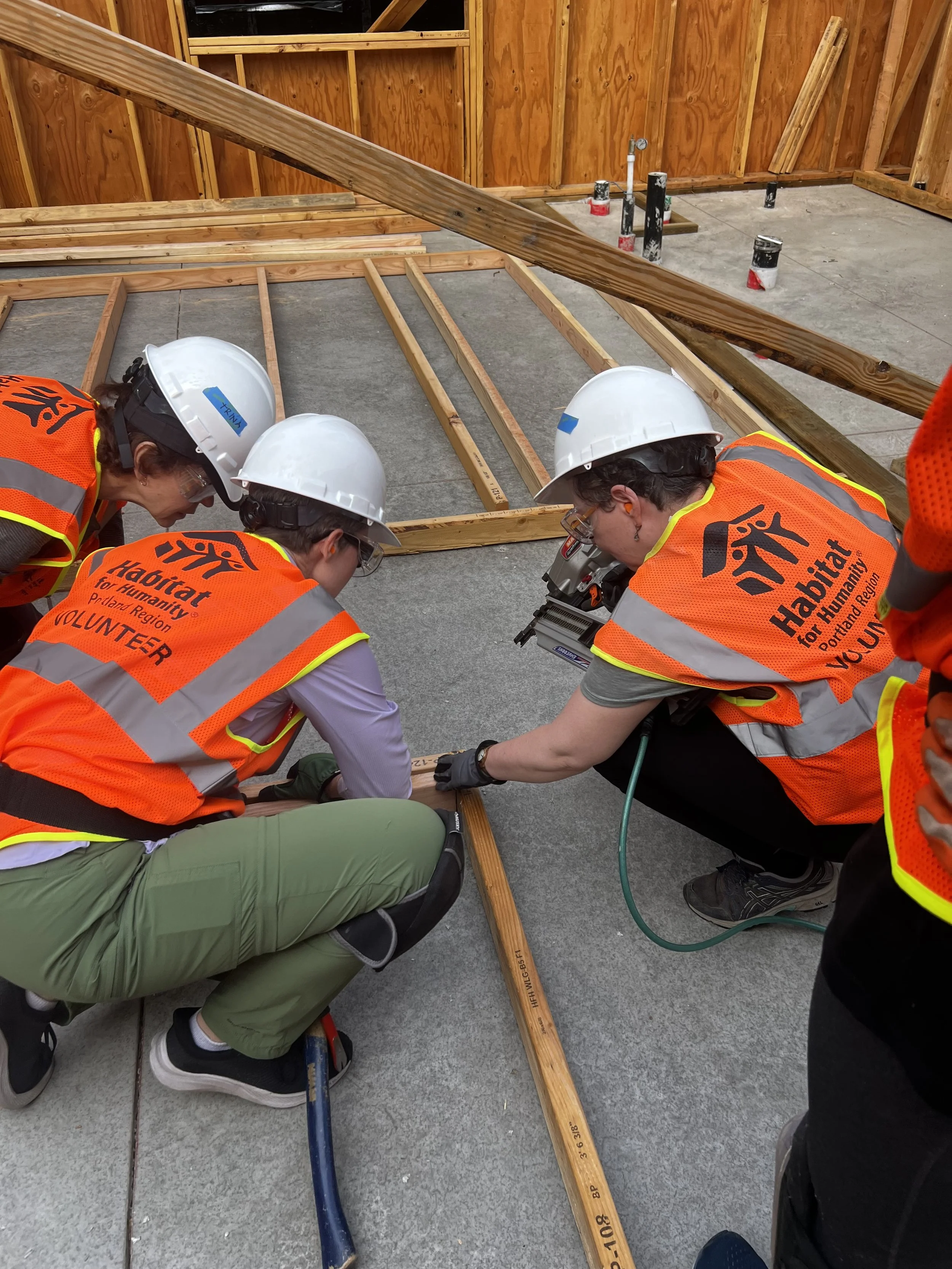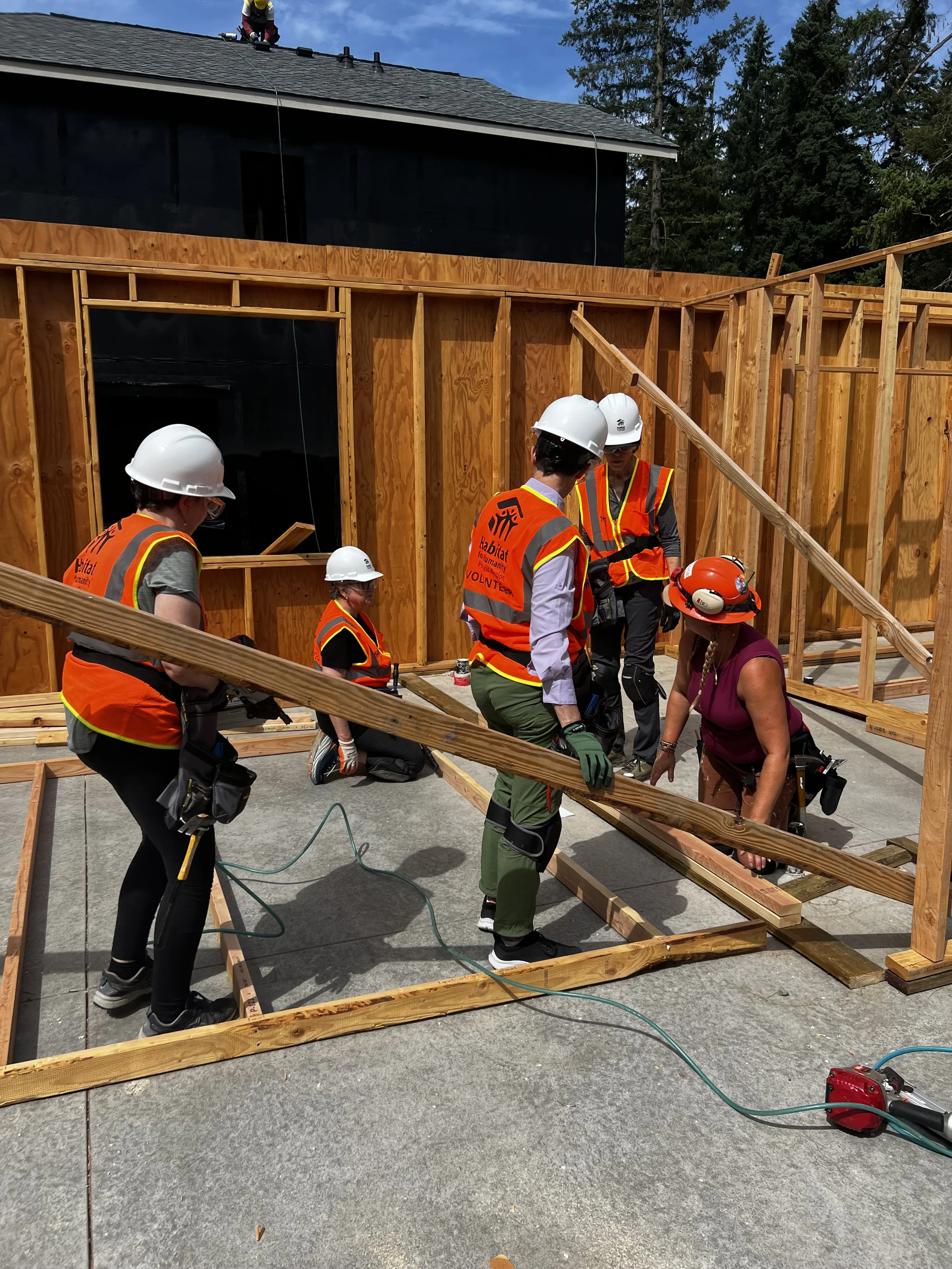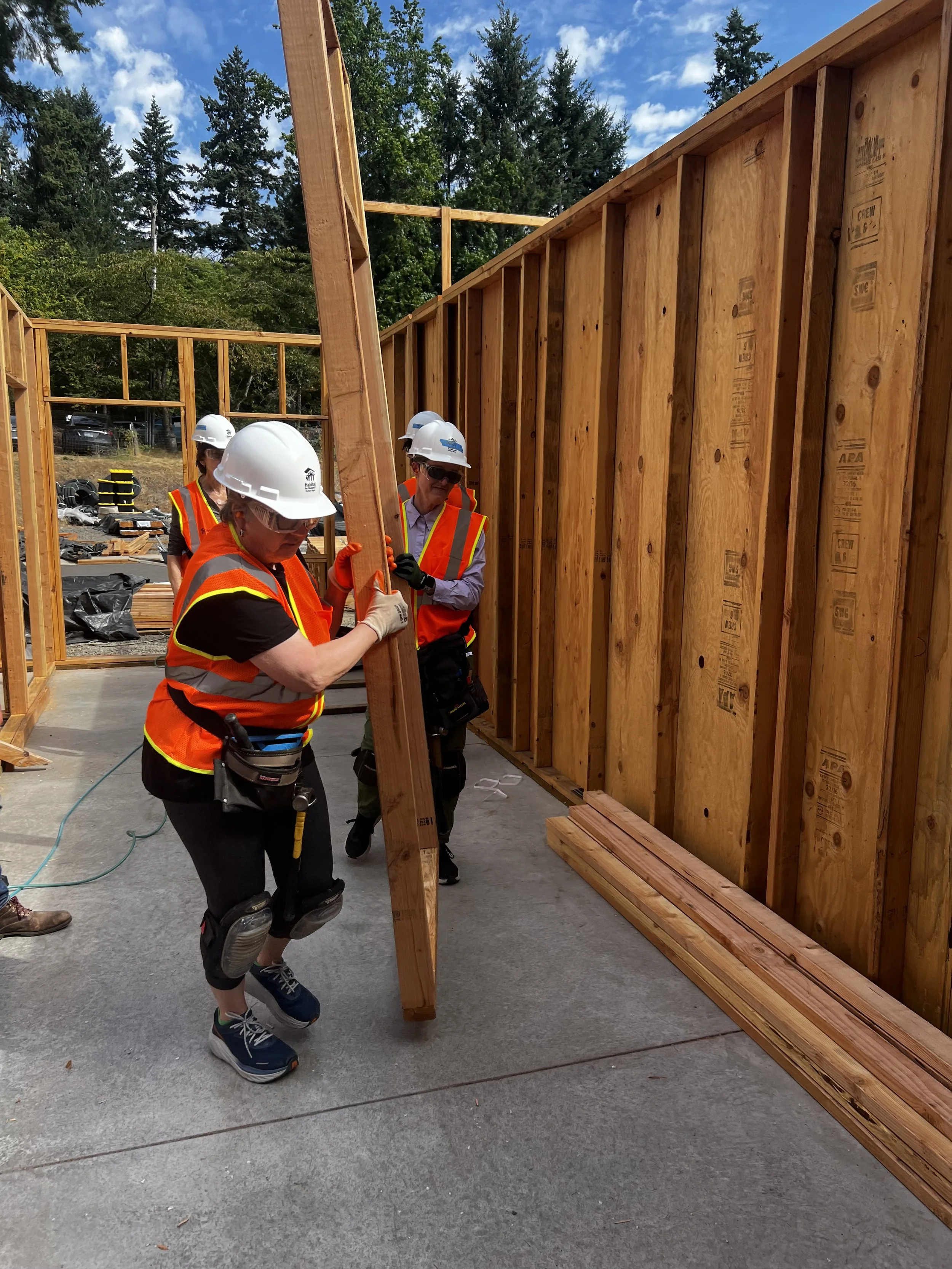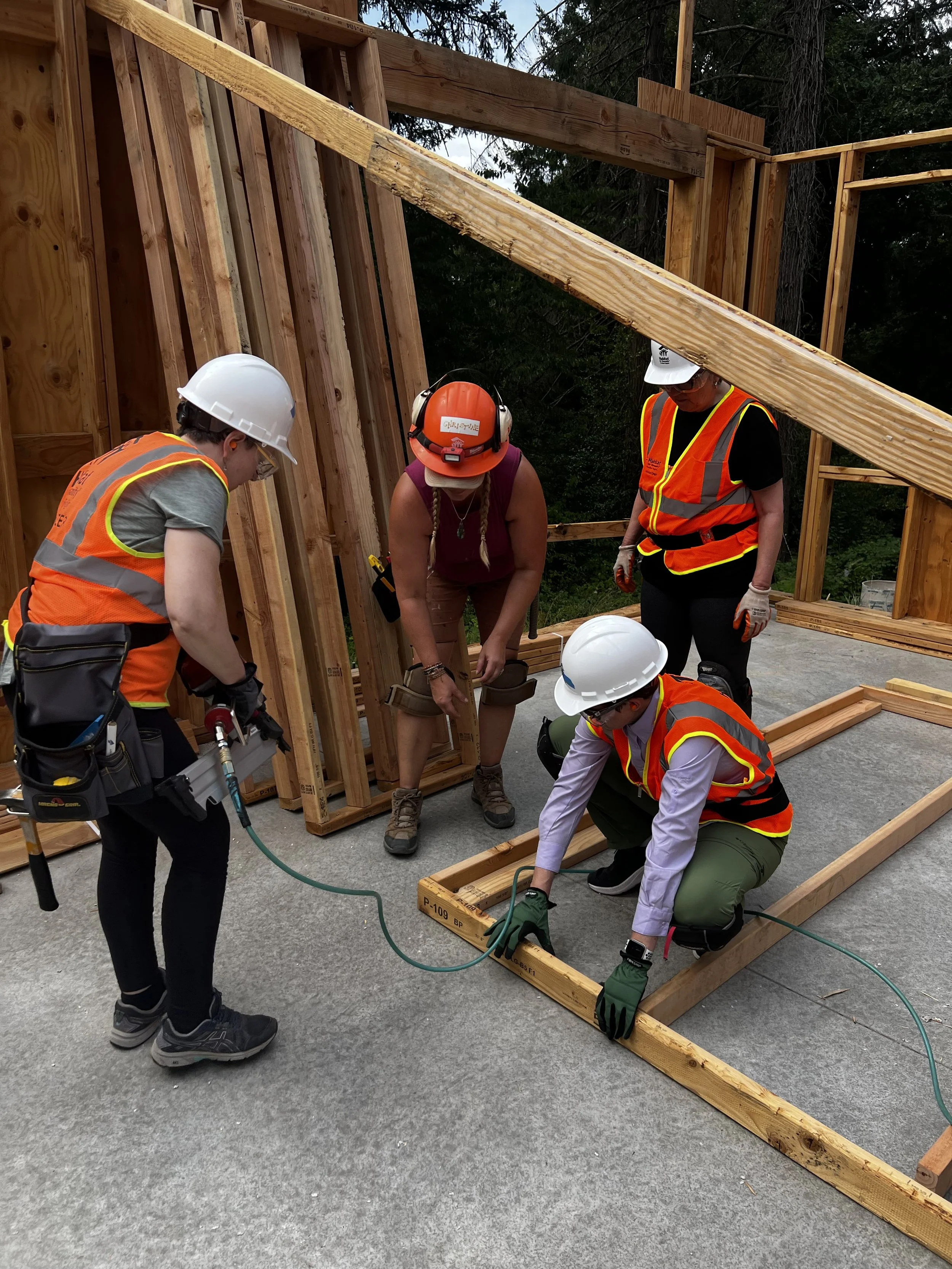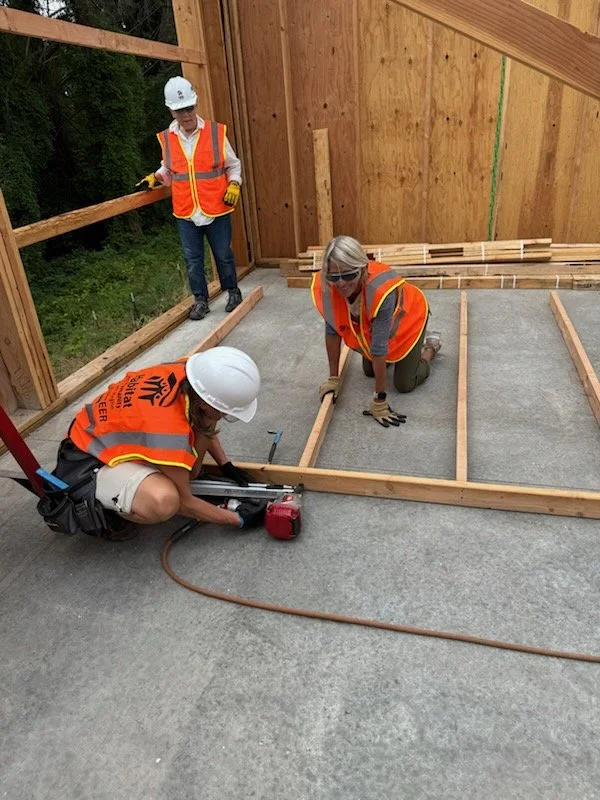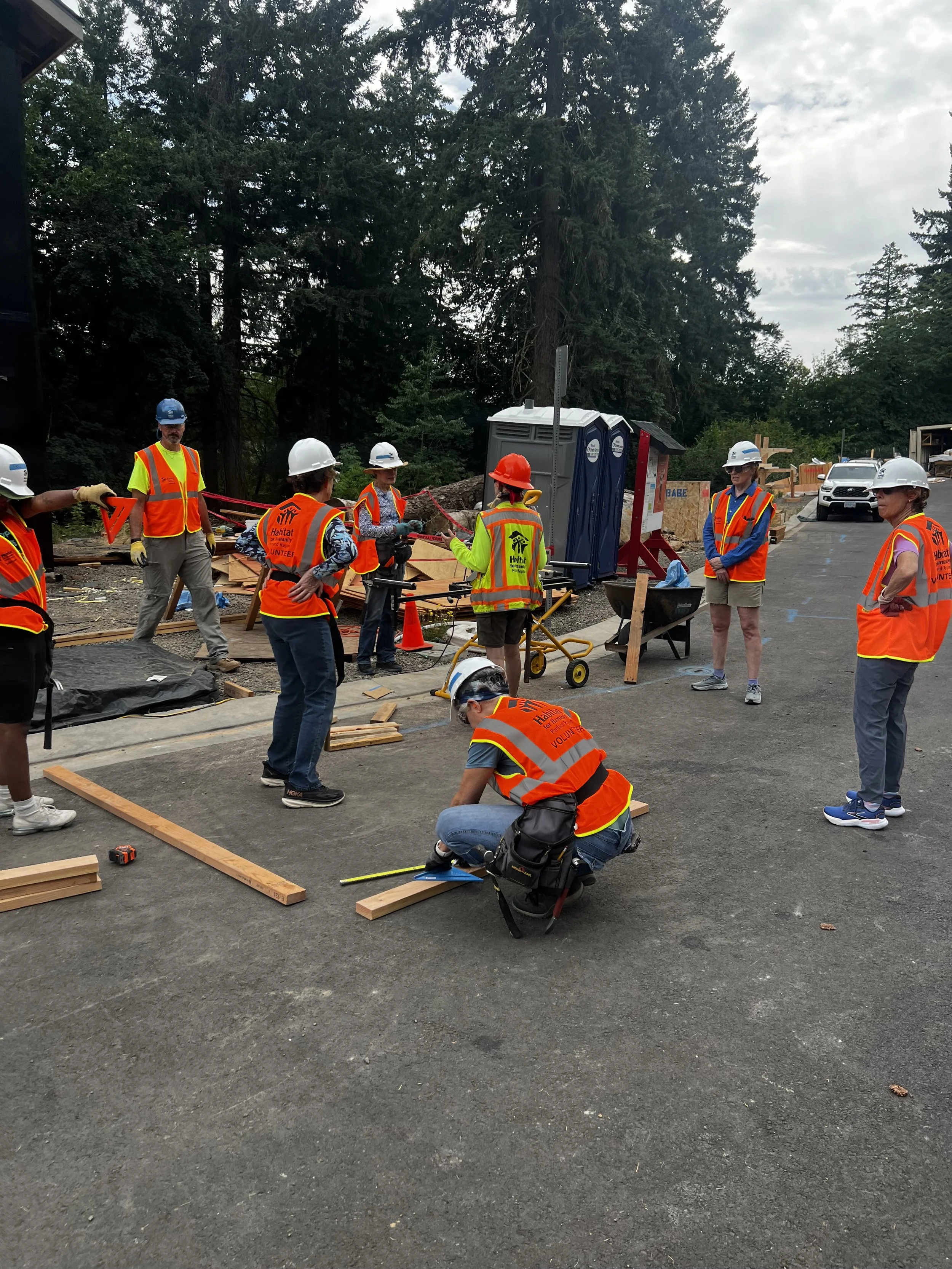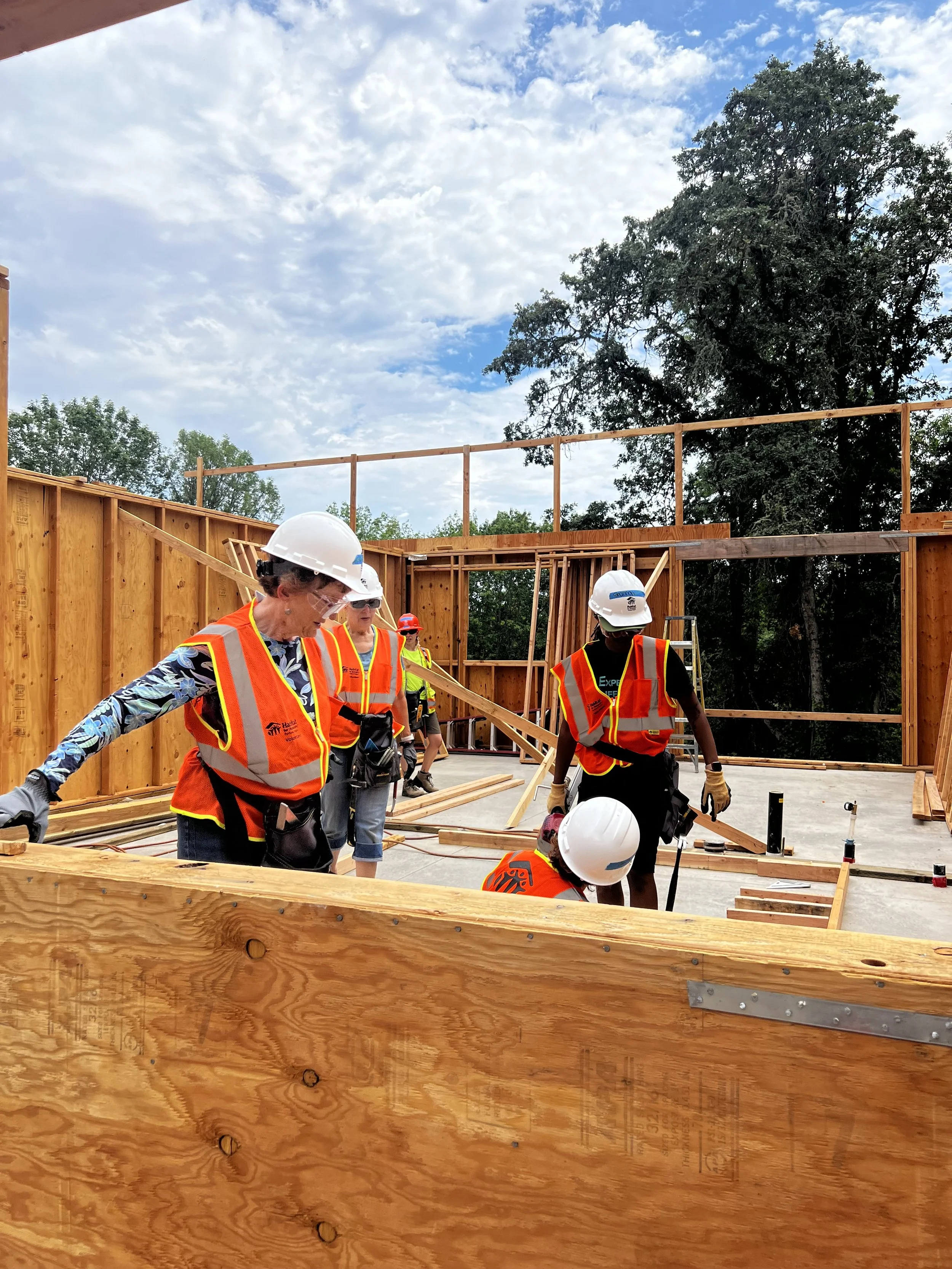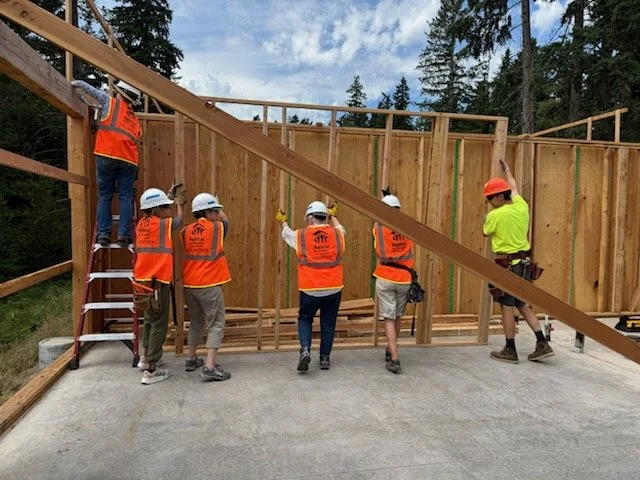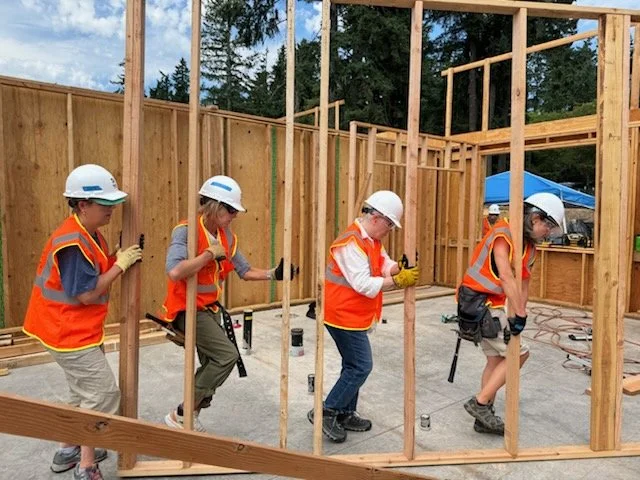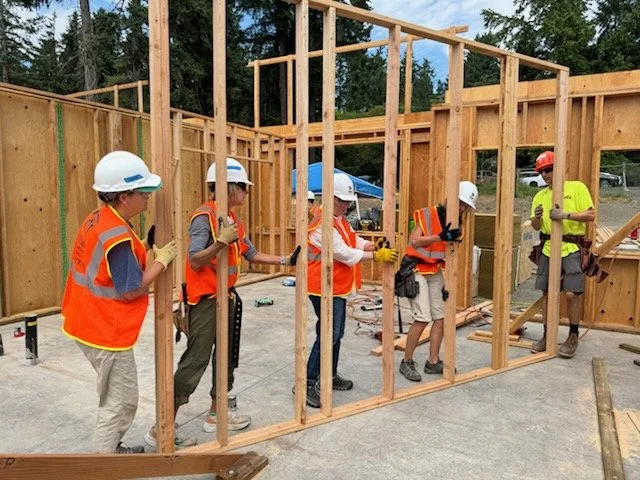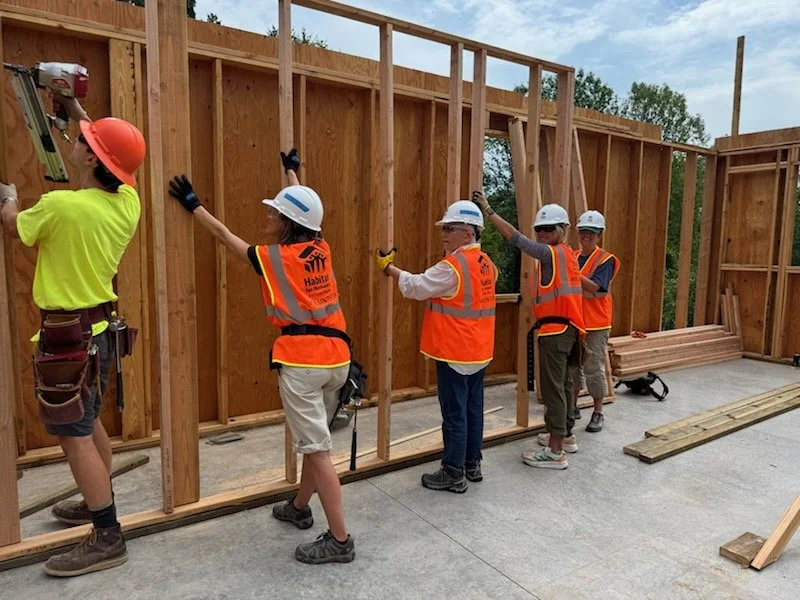As Tammy Wilhoite and Pip Meagher exit their leadership roles, they share what they’ve enjoyed about their roles and how ninety-nine girlfriends has changed during their tenure.
When and why did you join ninety-nine girlfriends?
Pip: I joined the first year after being invited by my mother-in-law, Gun Denhart, and Eileen Brady…two women you don’t say no to when they have a novel and exciting idea.
Tammy: At the end of the first year, I went to an info session about grants and was so impressed that I joined as soon as membership reopened.
How did you get involved in leadership?
Pip: From the beginning, Eileen invited me to lead a grant review team with Maura Koehler-Hanlon. I loved being a part of the group building this organization, despite not being sure at all times what we were doing. I just knew I loved meeting and learning from and with the amazing women involved.
Tammy: After I check-marked my interests on the registration form, I was contacted to learn more. I jumped right in, learned so much, and had such a positive experience that I just kept offering to do more and ended up proudly leading. It has been a great experience.
What do you appreciate most about ninety-nine girlfriends?
Pip: I have met some dear friends whom I probably wouldn’t have met otherwise. My life is richer and deeper for these Girlfriends, coupled with the expanded knowledge of the remarkable nonprofits doing the type of work that inspires me daily. I have always loved our ethos of learning as we go, not being afraid to make mistakes, and changing direction if something is not working. We take what we do very seriously, and ourselves, not too seriously!
Tammy: The culture, absolutely. As a learning organization, we are always trying to improve and to learn from our mistakes (i.e., learning opportunities). I love our collaboration and how we welcome all who want to be involved. And I have made so many friends along the way that have made my life richer.
What are some of the lessons you learned about leadership during your tenure?
Pip: I’ve learned I don’t have to know everything. Asking questions and listening is the way to good leadership. I look for the quietest people in the room and make space for them to share what they are thinking. I always learn something great from the people who are least inclined to take the microphone. I love being on a team, and collaborating with smart, thoughtful people will teach you as you go.
Tammy: I’ve learned we can always learn more. Every challenging situation is an opportunity to reflect, develop, and try new things. I’ve also learned that good leadership pauses, reflects, and then is decisive and clear, driven by our shared values..
What were the biggest challenges you faced, and how did you deal with them?
Pip: I was not always sure I had enough information to make the right decision, especially when our questions about grant applications carried reputational risk for a nonprofit or its leaders. I can’t say enough about having great partners and collaborators like Michelle Hynes, Holly Cook, Deborah Edward, and Tammy Wilhoite. I leaned on each of them throughout the different leadership roles I played.
Tammy: We’ve faced some sticky situations I hadn’t experienced before. But each time, when we paused and thought it through and reached out to others to discuss, we found the path forward. Without fail, doing the right thing involves considering all parties involved and how each one can walk away feeling heard, respected, and valued.
How did the organization change during your time in leadership?
Pip: In so many ways! We originally planned to stick to the Impact 100 model (100 Girlfriends) for 3 years, then see what we wanted to change. COVID helped us realize some adjustments would help us better serve our nonprofits. Changing our membership structure was one of the best decisions we made. A lot of giving circles still use the $1,100 model or give partial votes to people who pay less. I am proud of the more equitable model we implemented.
Tammy: Gosh, so much! Our model has changed, our focus areas, the type of grantmaking we do. But what stands out the most for me is that we have developed more leaders. When I joined the leadership team, about six of us did almost everything. As we have grown and evolved, we have expanded our leadership and diversified it. I love this for us!
What are you the proudest of?
Pip: I am proud of our evolution while staying true to core values of diversity, inclusion, generosity, and learning. We listen and we are not afraid to say when we are wrong.
Tammy: I’m proudest of helping to maintain the culture of ninety-nine girlfriends, because that is what makes it unique and special. Giving, learning, bettering ourselves, finding joy in our work, and being mindful.
What are the benefits of taking on a leadership role with ninety-nine girlfriends?
Pip: It is essentially free, low-stakes professional development. You will be supported and encouraged by amazing women who teach you, work with you, have your back, and want you to succeed. We have a role for every skillset and time-rich or busy member. Just ask! The info email is your entry point to get to know incredible women and learn skills you didn’t know you would enjoy!
Tammy: If a Girlfriend told me she was considering leadership, I would encourage her. I would share the benefits of collaborative leadership and learning. I would tell her about all the wonderful opportunities to learn and develop her skills—no matter how skilled she is and then I would do everything I could to help her get involved.



